Finally making its appearance after countless calls! After two months of preparations, including scouting and product promotion.
Today’s episode features a group tour in Turkey. We spent at least two months preparing for this product, beginning with an extensive selection of options, followed by personally verifying their reliability through site inspections.
Within these two months, we made two trips to Turkey. Just a few days ago, our assistant and photographer completed this itinerary and had a wonderful experience. They found nothing problematic, and the cost-effectiveness was commendable, which is why we dare to recommend it to everyone.

During these two months, we thoroughly researched a comprehensive itinerary for traveling in Turkey. The main considerations for a trip to Turkey are two points:
First, the duration of the trip. If a tour lasts fewer than eight nights, it’s likely that some places will be missed. Turkey is vast, almost the size of Xinjiang in China. Without sufficient days, it’s difficult to experience the country fully.
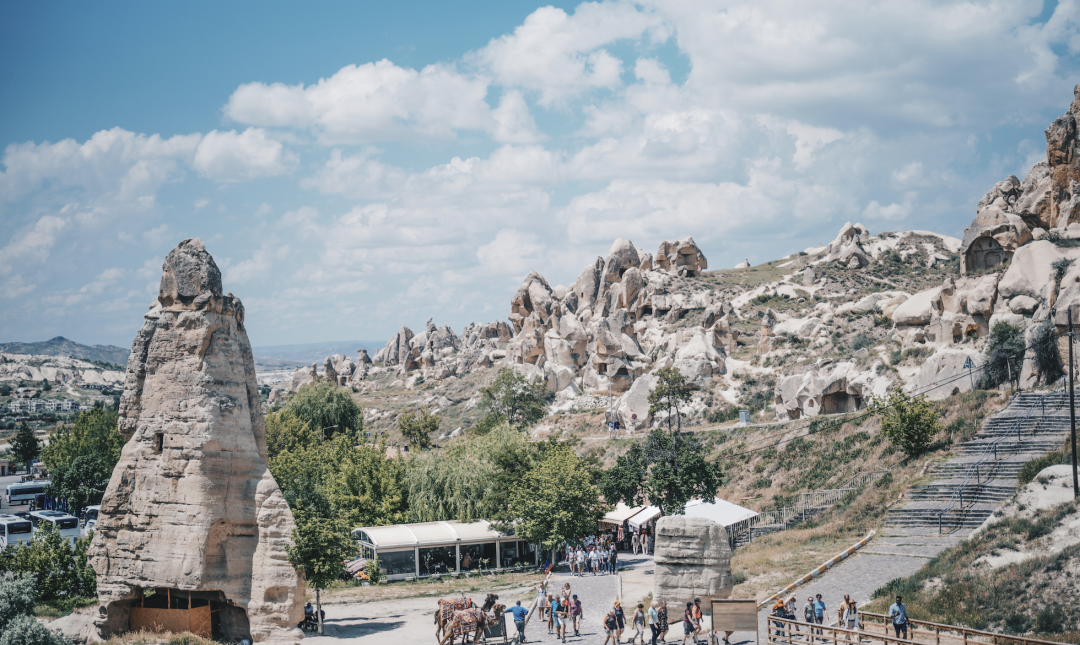
Second, it is essential to have several domestic flights; traveling entirely by bus can be exhausting. This is because Turkey’s travel resources are primarily concentrated in three areas: Istanbul (history, culture, architecture), Cappadocia (hot air balloons, Martian landscapes, underground palaces), and the Mediterranean coast (Izmir-Fethiye-Kaş-Antalya). The distances between these areas are considerable; having domestic flights makes the journey more time-efficient.
The best group tours of Turkey typically include three domestic flights (Istanbul-Cappadocia, Cappadocia-Izmir, Antalya-Istanbul), with only the coastal segment from Izmir to Antalya requiring a bus ride. I’ll provide a diagram for clarity; the actual bus segment is just a small portion along the coast, which makes it easier on the traveler.
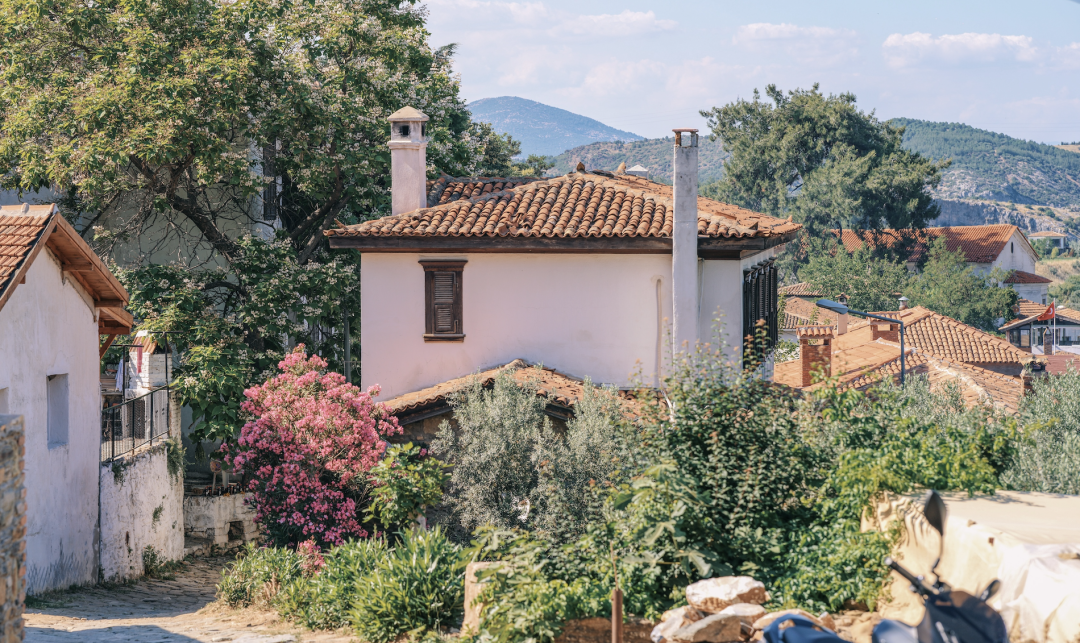
However, the three domestic flights can be quite expensive. Therefore, I would advise everyone to opt for at least two flights, specifically from Istanbul to Izmir and Cappadocia back to Istanbul. When undertaking a comprehensive tour of Turkey, it is strongly recommended to select an itinerary that includes domestic flights; several bus journeys exceed eight hours, making for an uncomfortable ride.
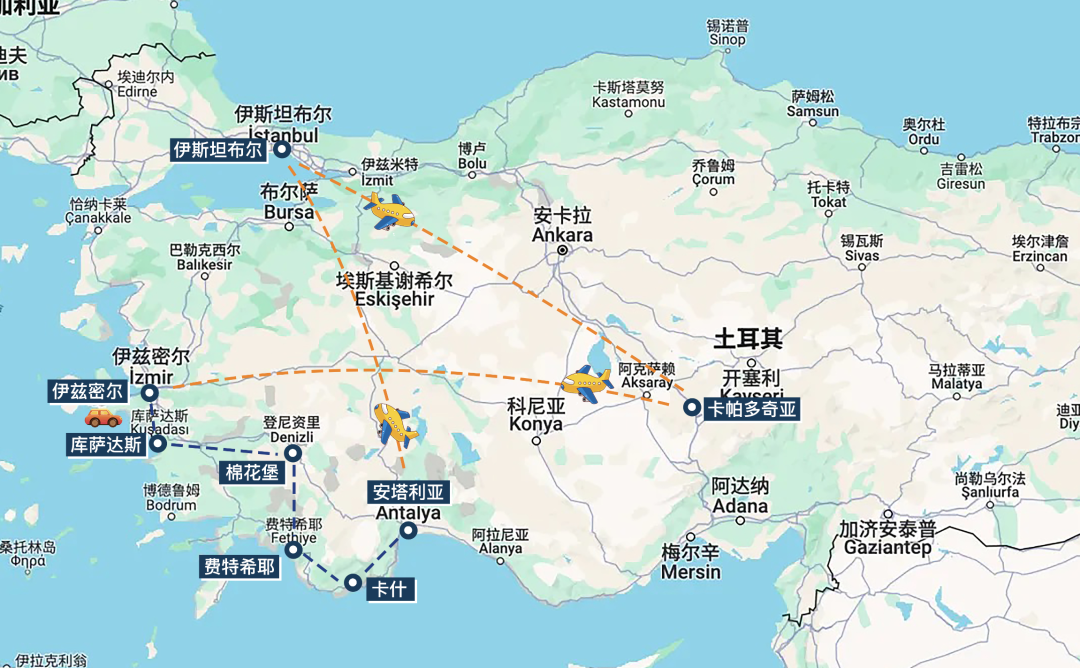
The highlights of a comprehensive tour of Turkey mainly include the following key destinations:
– **Istanbul**: Sitting at the meeting point of Europe and Asia, it is a hub of world civilization. This itinerary includes two full days in Istanbul, yet our assistant and photographer expressed that they needed more time to fully experience it.
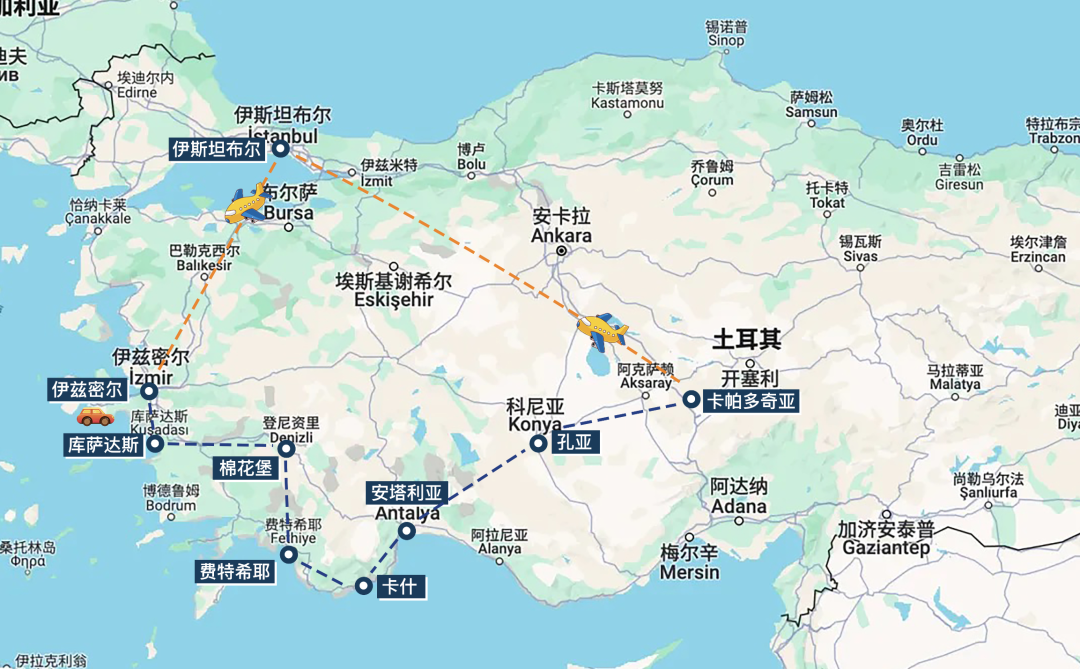
– **Ephesus**: The architectural ruins here are exquisite. Travel from Istanbul to Ephesus feels like a journey back from the Ottoman Empire to ancient Rome.
– **Fethiye**: This city is almost synonymous with paragliding around the world. You can soar through the skies while overlooking the Dead Sea, as everyone deserves at least one chance to fly in their lifetime. Moreover, Fethiye’s beaches are exceptional.
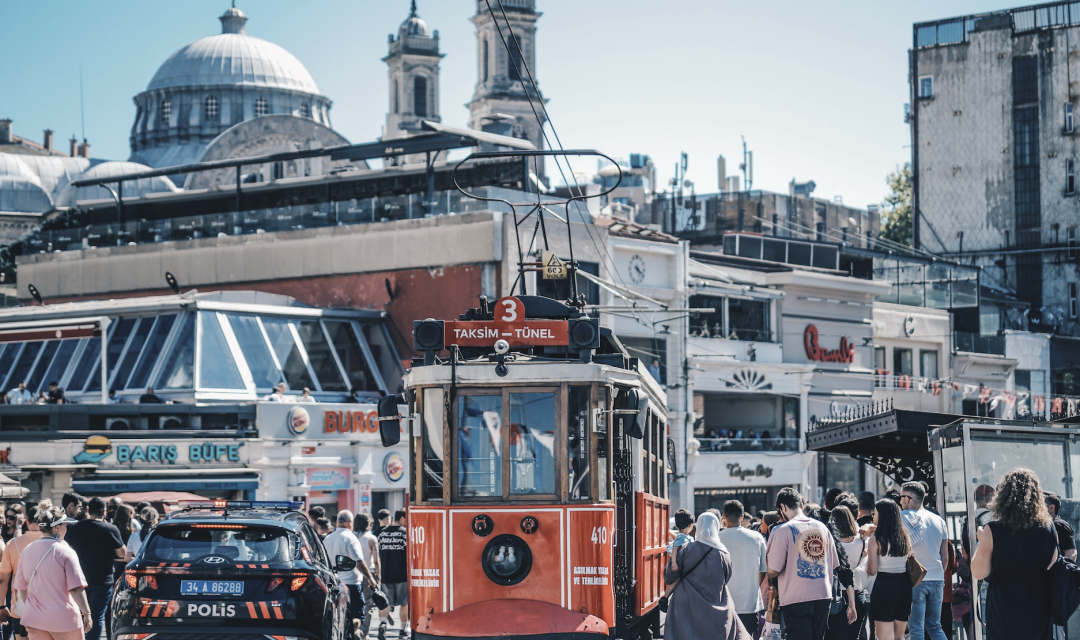
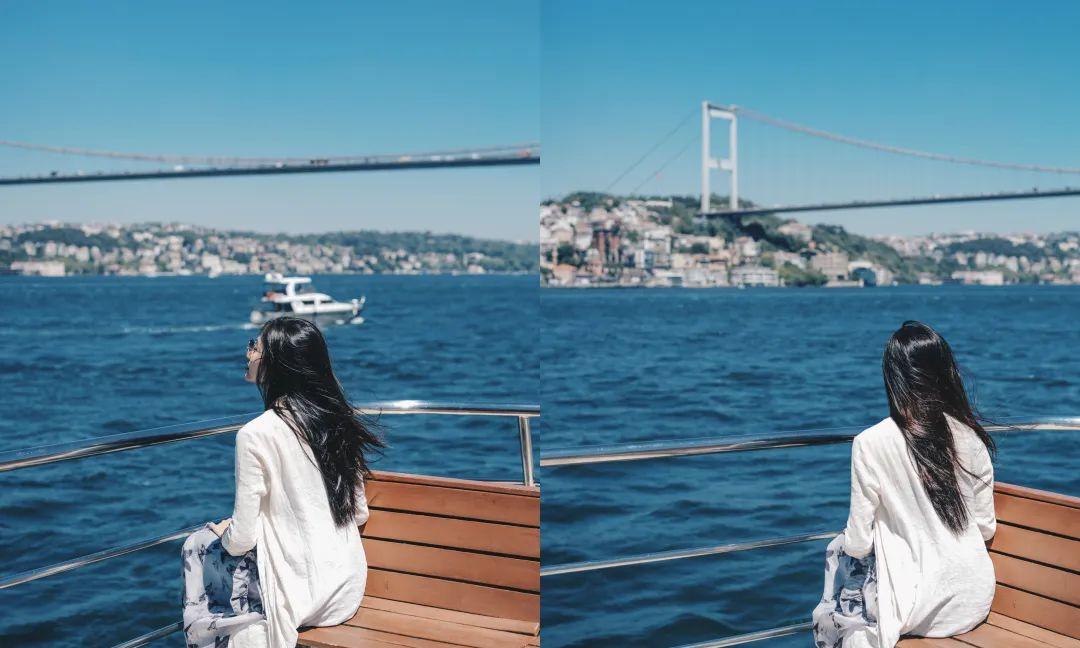
– **D400 Coastal Road**: Considered the most beautiful seaside road in Turkey, it stretches from Fethiye to Kaş, showcasing the breathtaking blue Mediterranean coast. Unfortunately, this stretch of road is viewed solely from the bus, without any stops for photos.
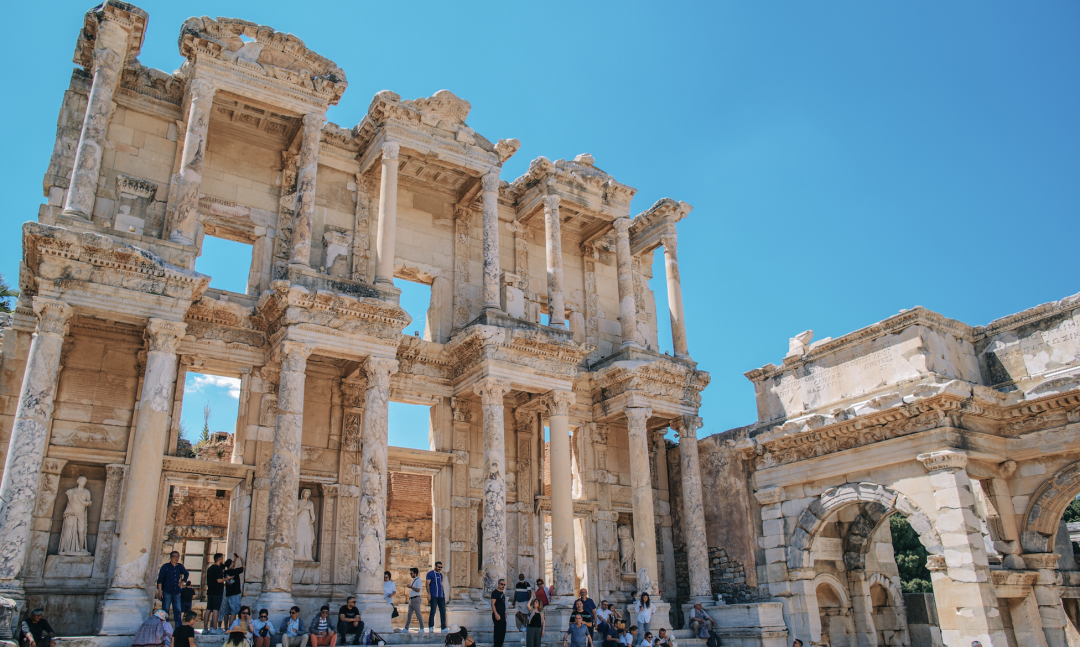
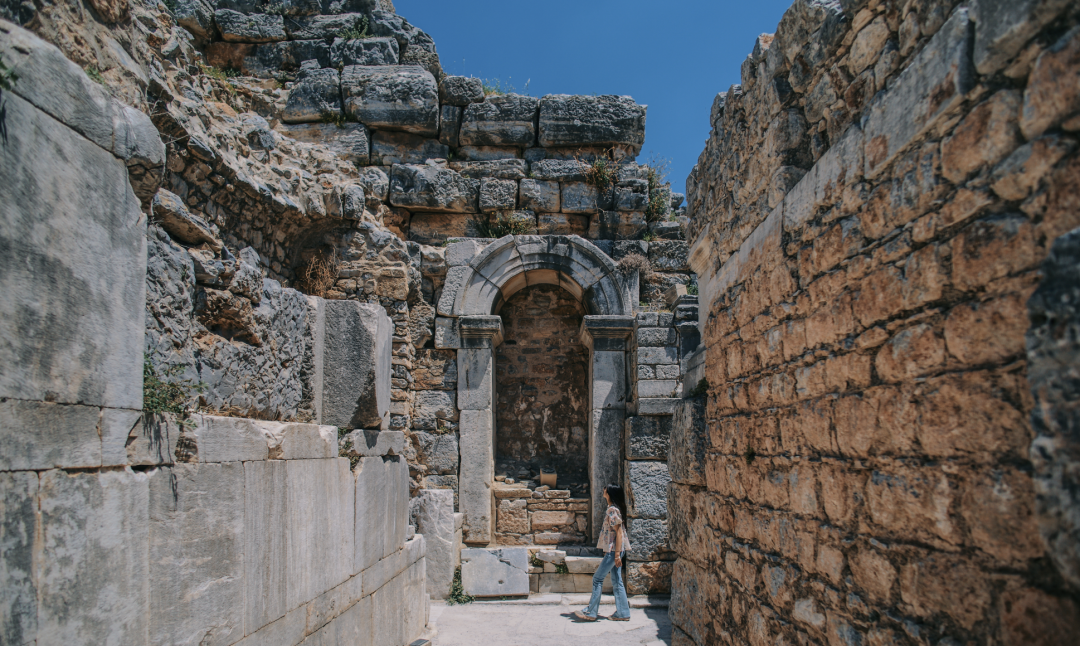
– **Cappadocia**: This is where the essence of a tour of Turkey lies. Known as “the place on Earth that most resembles the moon,” it’s famous for its unique rock formations and is a fantastic location to take a hot air balloon ride.
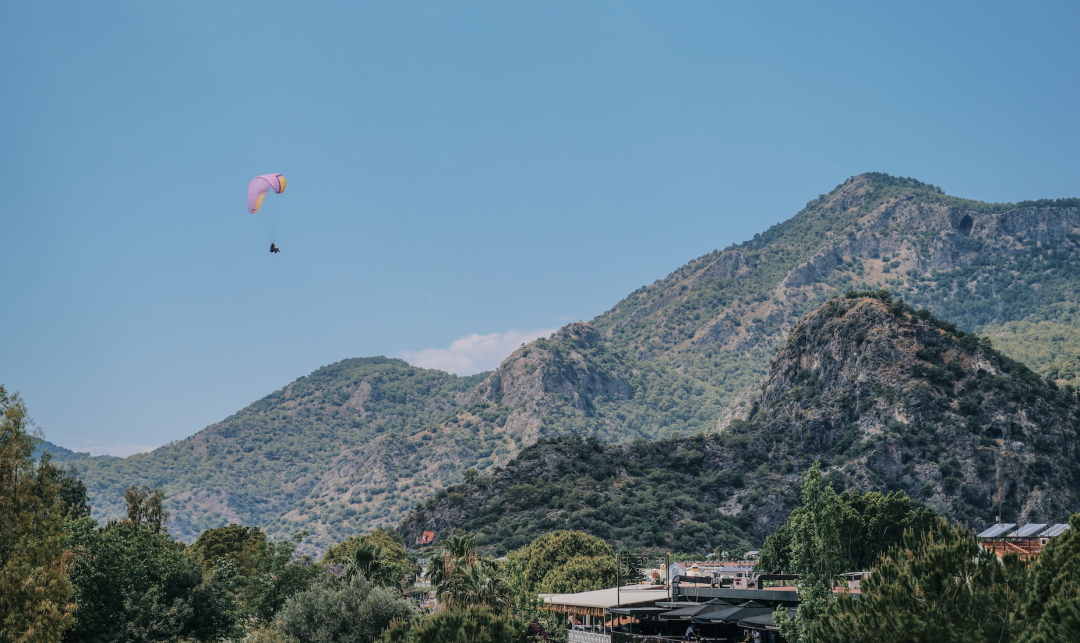
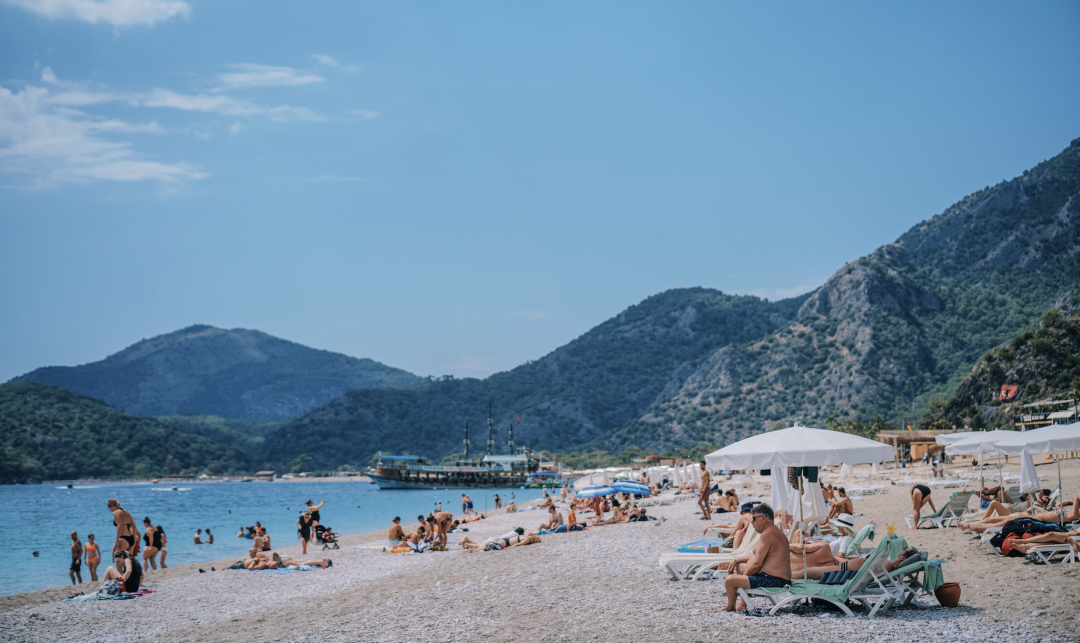
Now for some product details: we are offering a comprehensive 10-day, 9-night group tour of Turkey, starting at 9,999 yuan. This fee does not include the service charge for foreign tour guides, which is 150 USD per person (approximately 1,100 yuan), payable locally. Hence, the actual price is 11,099 yuan. The tour assembles and disbands in Istanbul and does not include international airfare. The validity period extends from June 28, 2024, to December 28, 2024, with no price hikes during this period, including for the National Day holiday. However, it’s important to note that this is not a daily departure tour; there are specific dates for departures, generally scheduled for 1-2 dates per week. If you wish to include international transportation, the final section of the article contains information regarding nationwide connecting flights.
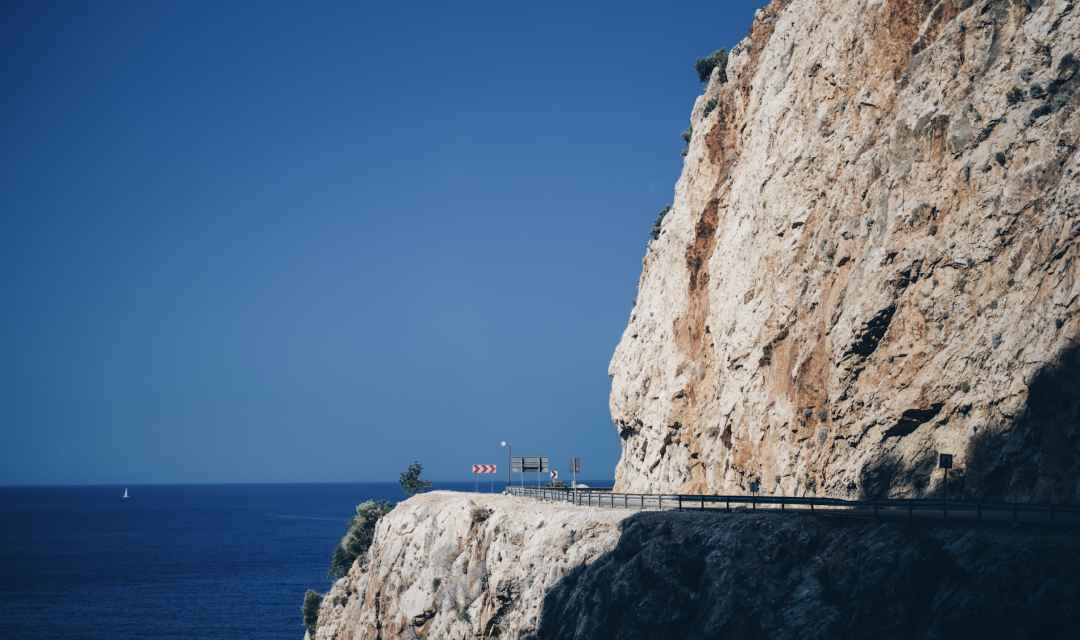
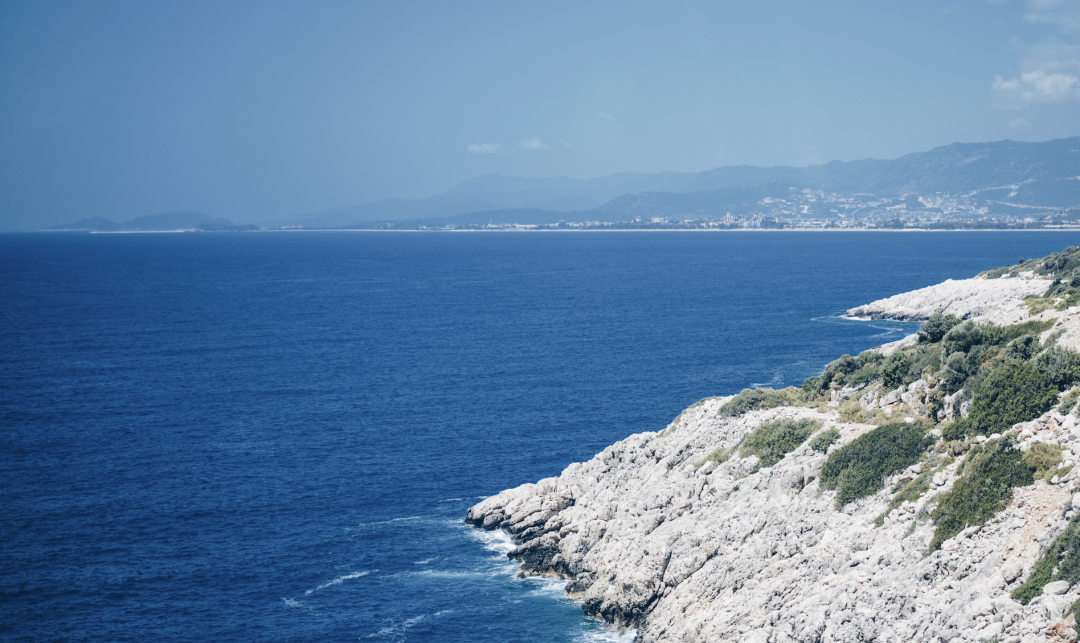
Purchase via this link: 79¥ MF3543 3pozWx2uZiR¥ https://m.tb.cn/h.getgpLn/. Rest assured, this can be canceled upon appointment, is refundable after expiration, and can be returned anytime without verification. It even supports using Huabei for purchases, meaning no repayments if it’s unverified. The products are sold via a self-operated store under Feizhu, so you can buy with confidence.
To be honest, this is definitely not the cheapest group tour of Turkey available on the market. The reasons are clear:
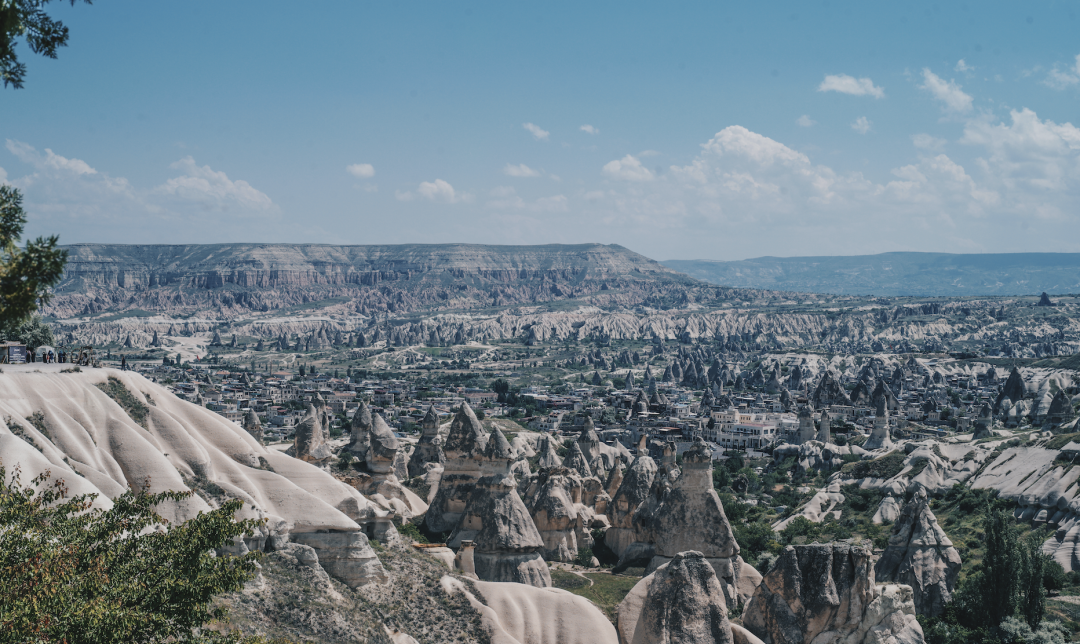
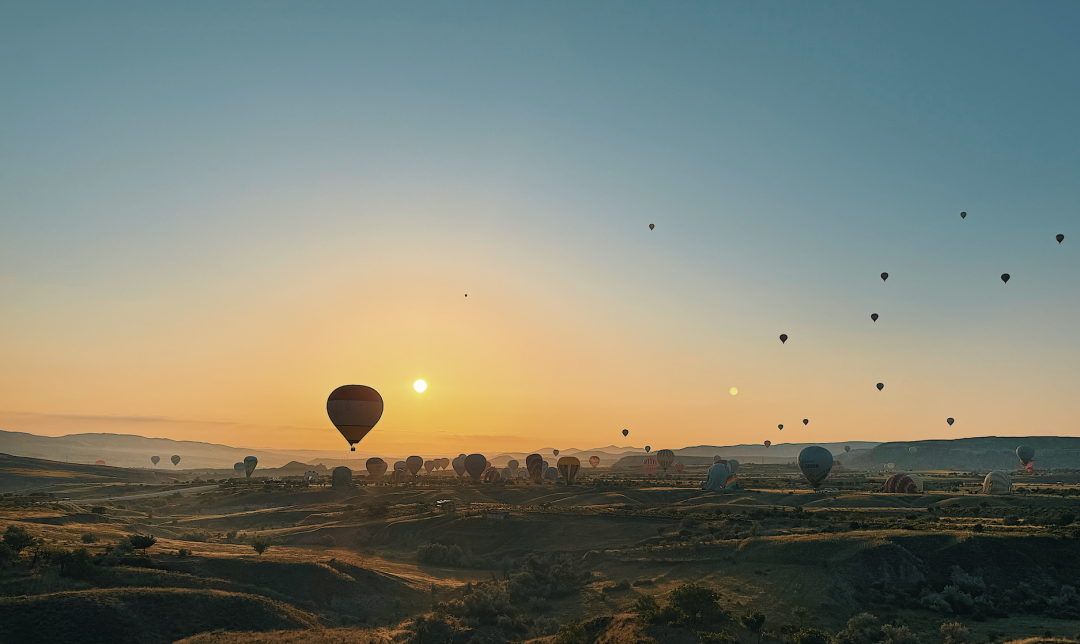
– The itinerary includes two domestic flights (Istanbul-Izmir, Cappadocia-Istanbul), which saves a significant number of hours that would otherwise be spent traveling by bus.
– We use relatively better hotels; in Istanbul, we ensure an international five-star experience and use local five-star hotels in other cities (Mediterranean beachfront hotels, Pamukkale hot spring hotels, and Aegean beachfront hotels). One night in Cappadocia includes an upgraded cave hotel.
– The food provided is quite good; all three daily meals are included, with five meals featuring local Turkish specialties, and some dinners arranged within the hotel.
– There are no mandatory shopping activities (almost no store visits), nor are there compulsory extras; our daily itinerary is packed, and the only optional expenditure involves waking up at four in the morning for the hot air balloon ride.
– Groups are limited to 10 people; if there are over 15 participants, we use a 44-seat tourist bus, with a total group size not exceeding 30 people.
– The itinerary is well-rounded.
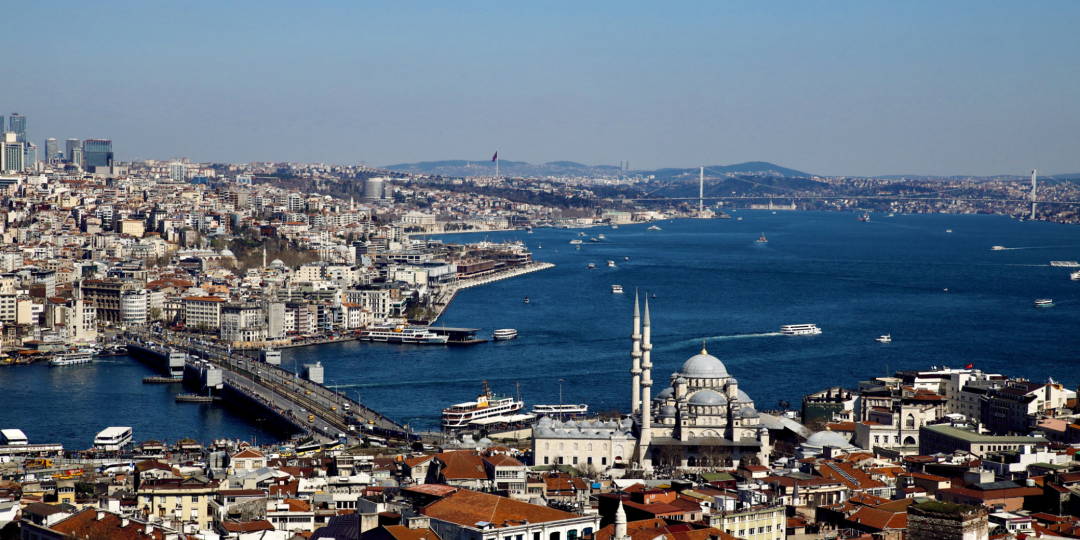
I will also share the specific itinerary, which was completed just a few days ago:
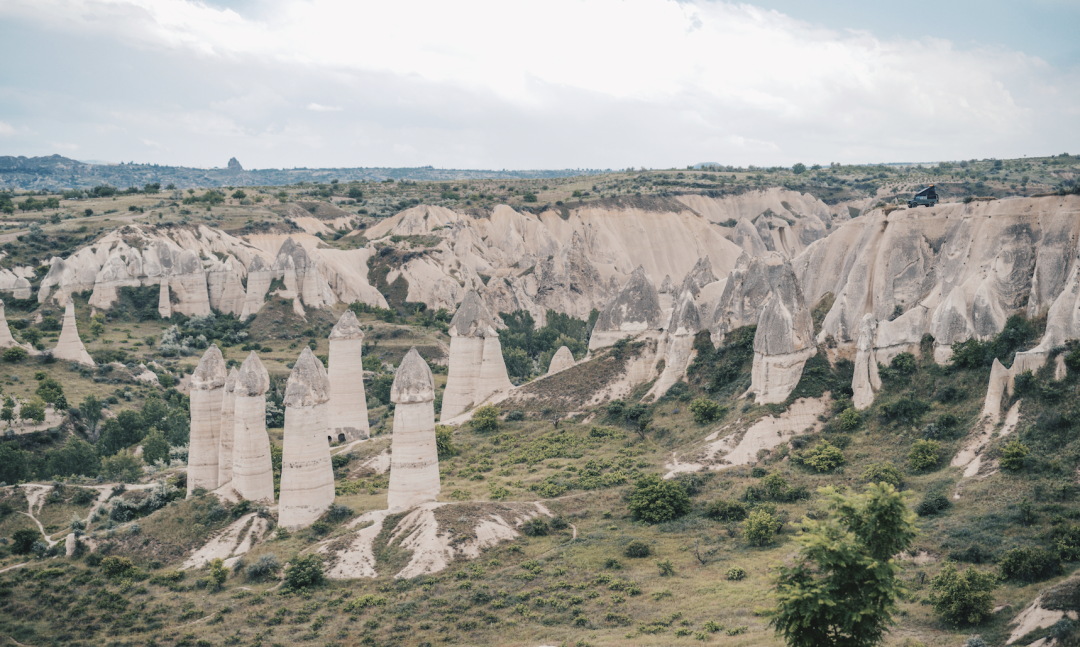
**Day 1 – Istanbul**: Blue Mosque, Ancient Roman Hippodrome, Topkapi Palace, Grand Bazaar. Overnight at international five-star hotel.
The Blue Mosque, formally named “Sultan Ahmed Mosque,” is decorated entirely with blue and white İznik tiles, earning it the nickname. This mosque, built in the 17th century, is Istanbul’s largest domed structure and the only mosque in the world with six minarets, serving as a symbol of the grandeur of the Ottoman Empire.
The interior of the Blue Mosque is breathtaking.
The Roman Hippodrome is now known as Sultanahmet Square and features three monuments: The Obelisk of Theodosius, the Bronze Serpent Column, and the Obelisk of Constantine. It is said that one of the monuments was even taken from Egypt.
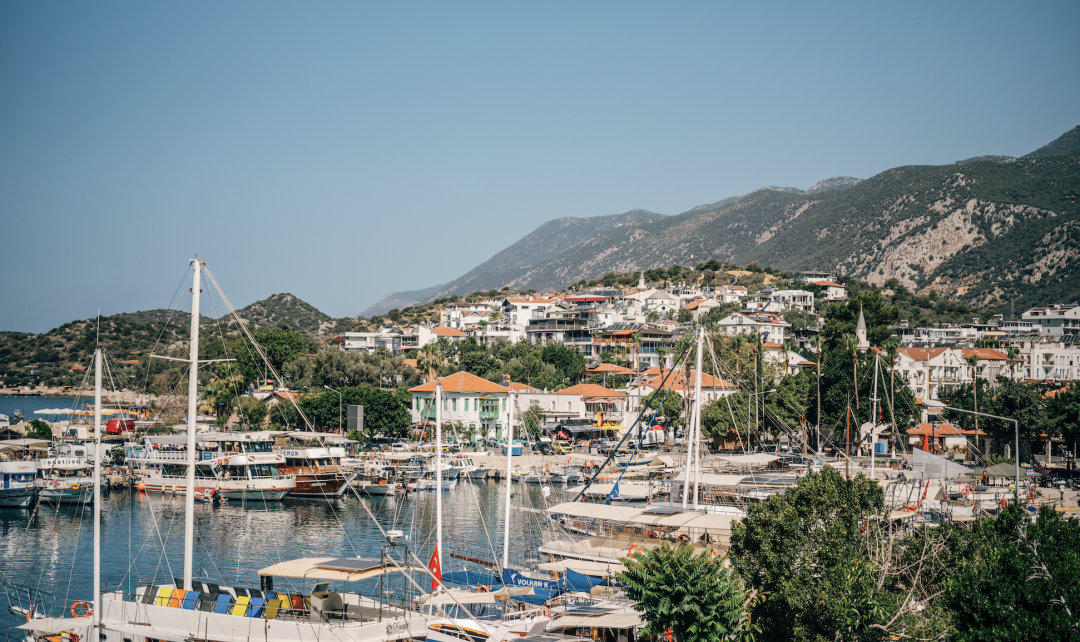
Hagia Sophia (exterior appearance) is recognized as one of the “Seven Wonders of the Medieval World,” reflecting the former glory of Byzantium. This church, with nearly 1,500 years of history, served as a church for the first thousand years and as a mosque for the remaining five hundred. At one point, it was the largest church in the world. Frankly, not entering here would be a missed opportunity.
Topkapi Palace is dubbed the “Forbidden City of Turkey,” having been the center of the Ottoman Empire from the 15th to the 19th centuries. This luxurious palace is maze-like and once served as the office for the Sultans.
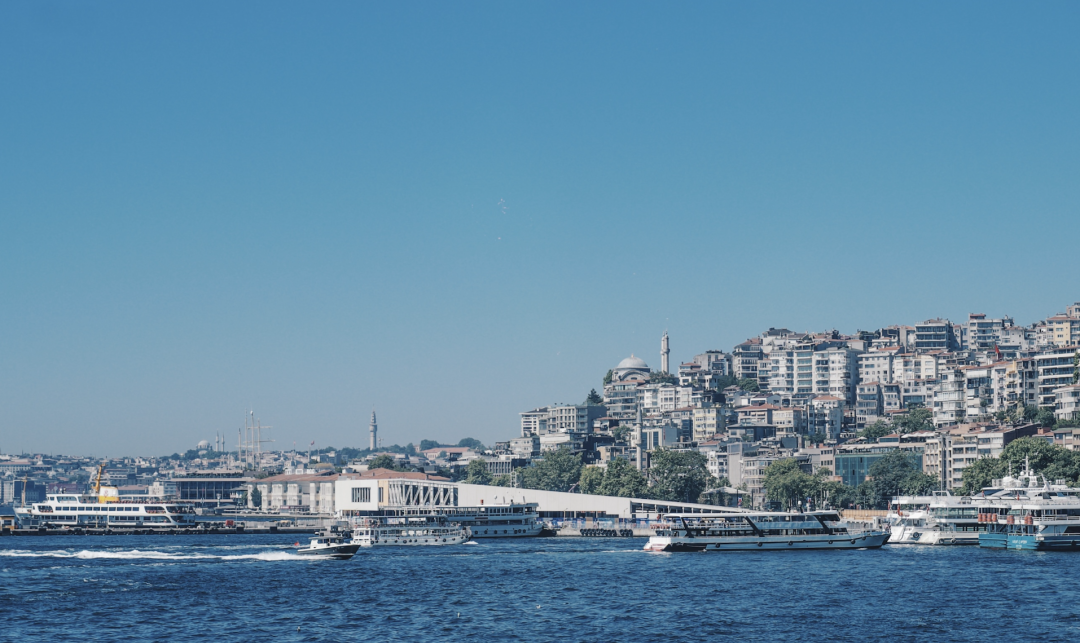
Perched on high ground in Istanbul’s European historical district, the old palace overlooks the Golden Horn and the Asian side across the strait.
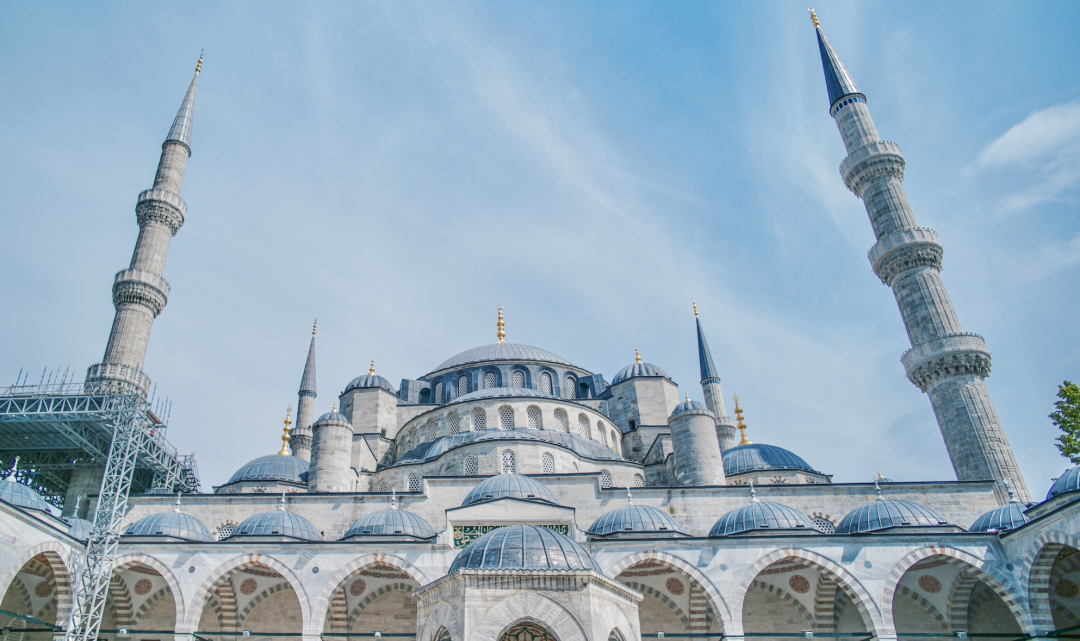
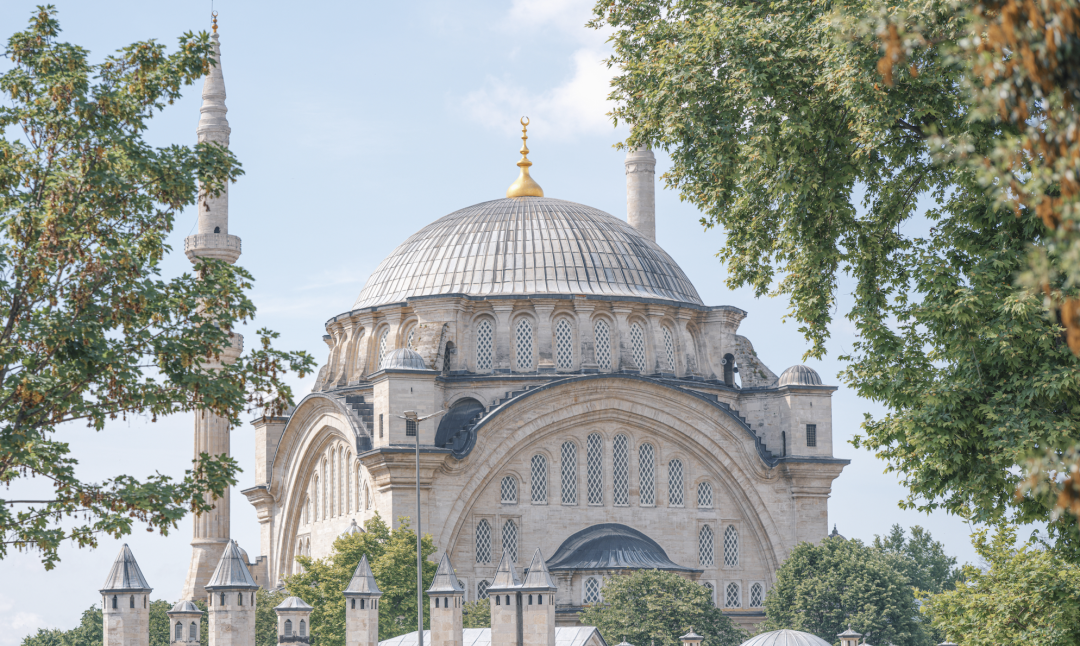
Istanbul’s Grand Bazaar is one of the largest and oldest bazaars in the world, consistently serving as the city’s heart for centuries. Many stalls reportedly boast over a century of history, making it a fantastic place to explore. Our assistant managed to bargain for a cat-themed canvas bag at a great price.
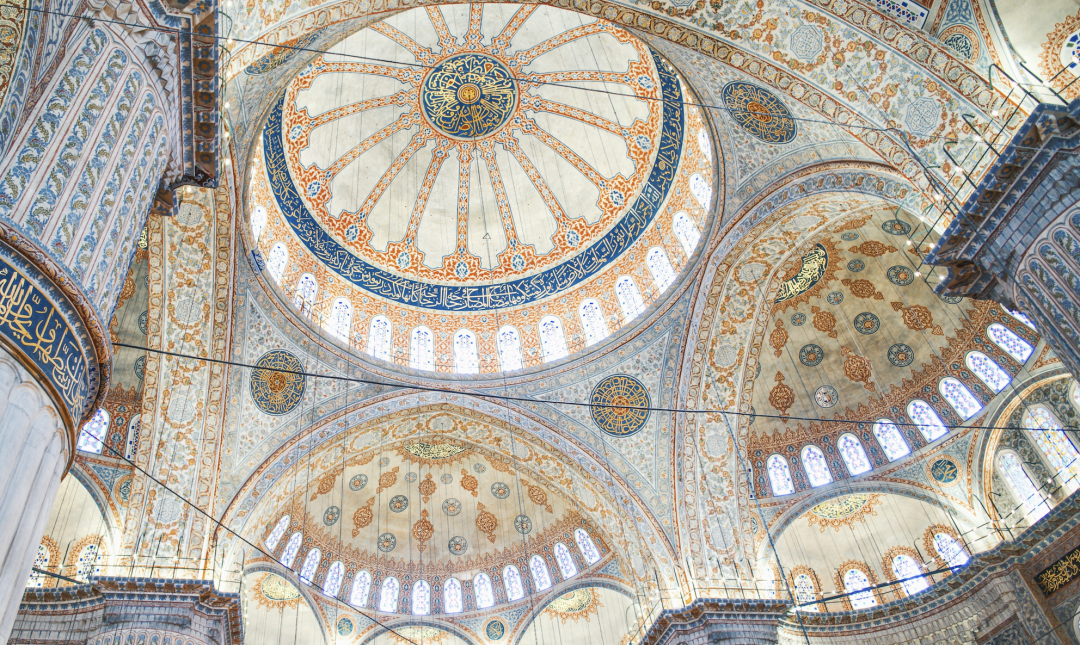
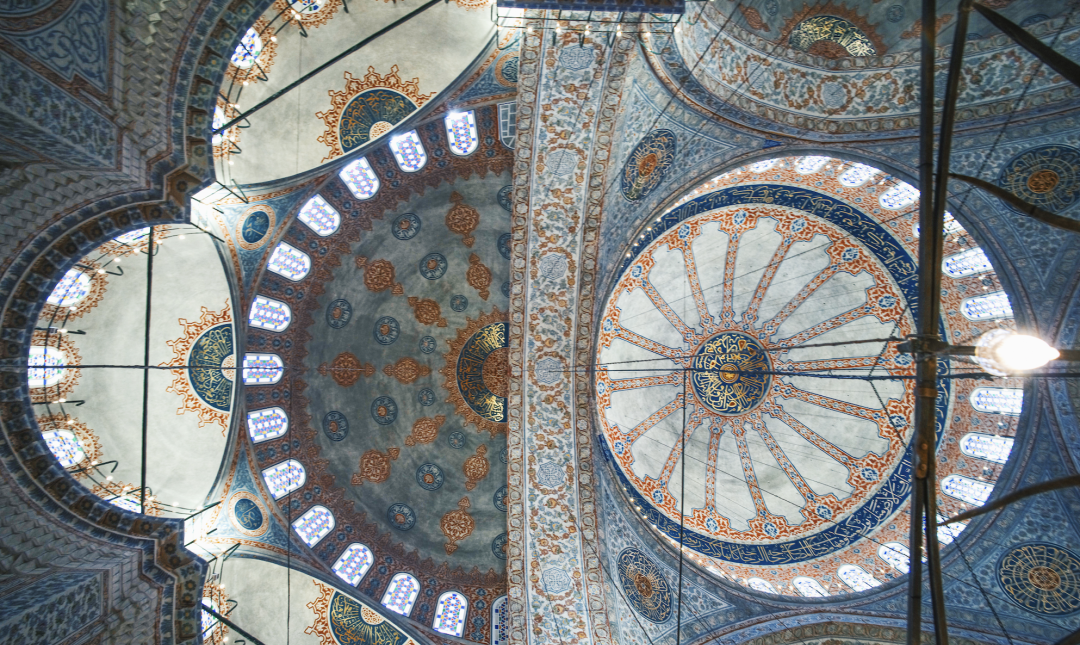
On this day, lunch was a local specialty of grilled meat, while dinner was a Chinese-style banquet (served round table-style).
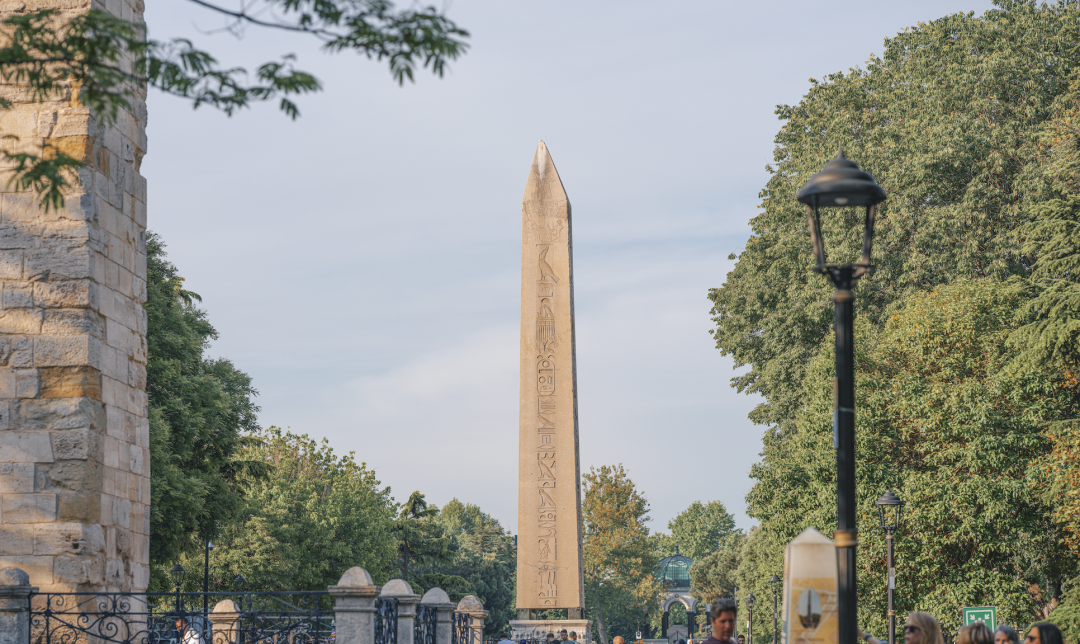
For the first night, we stayed at the Ramada Plaza hotel. The group notification may list either Ramada Plaza or a comparable hotel, mainly due to potential unavailability, which is a common practice.
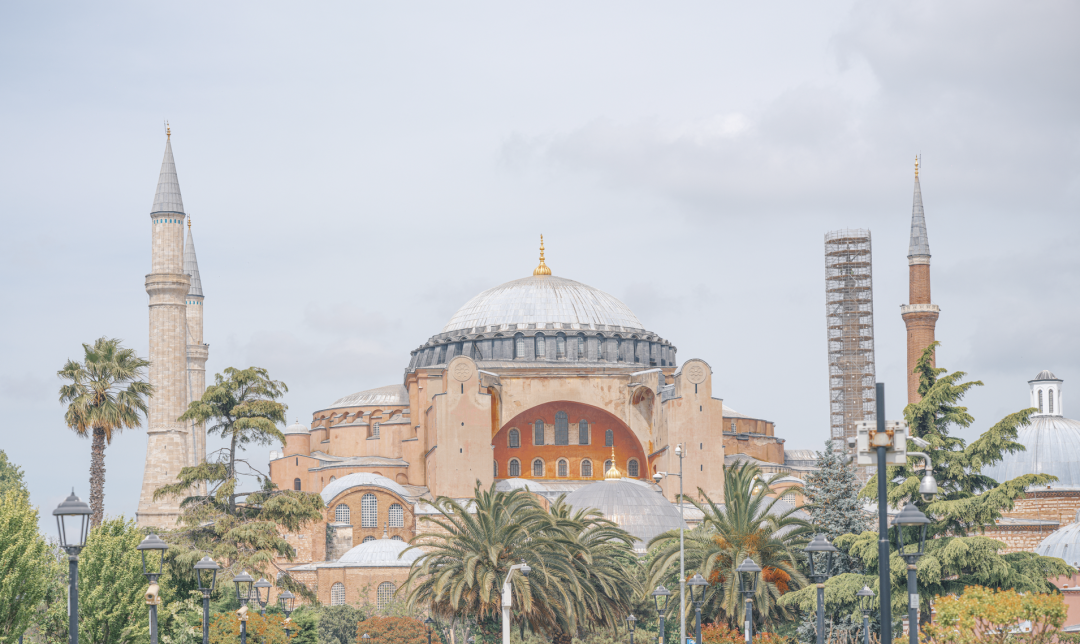
**Day 2 – Istanbul to Izmir (domestic flight approx. 50 minutes)**: Şirince, Ephesus. Overnight at a local five-star hotel.
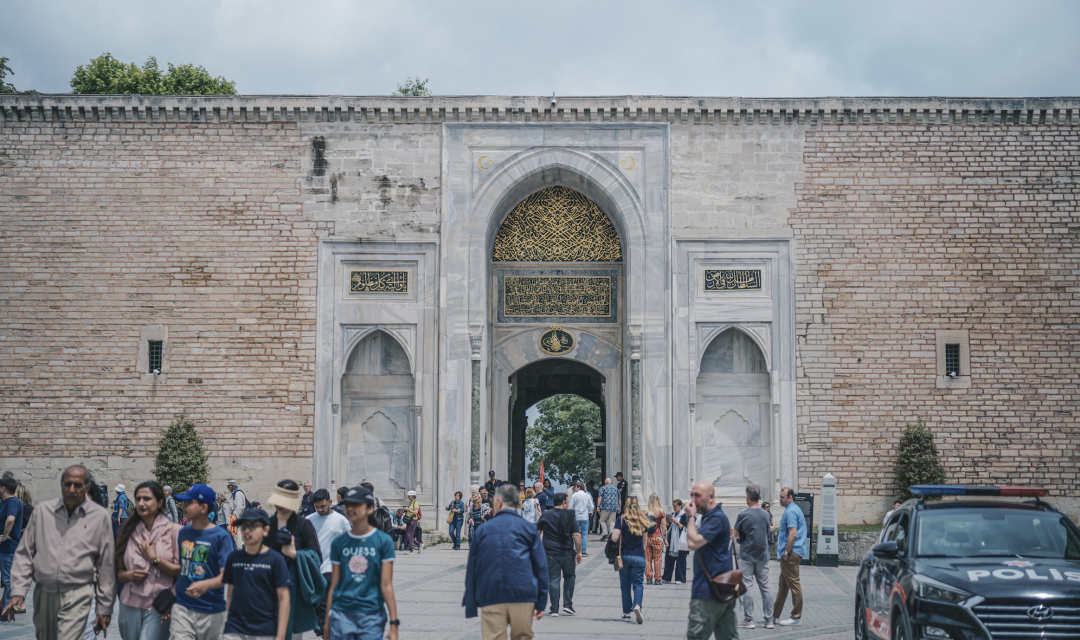
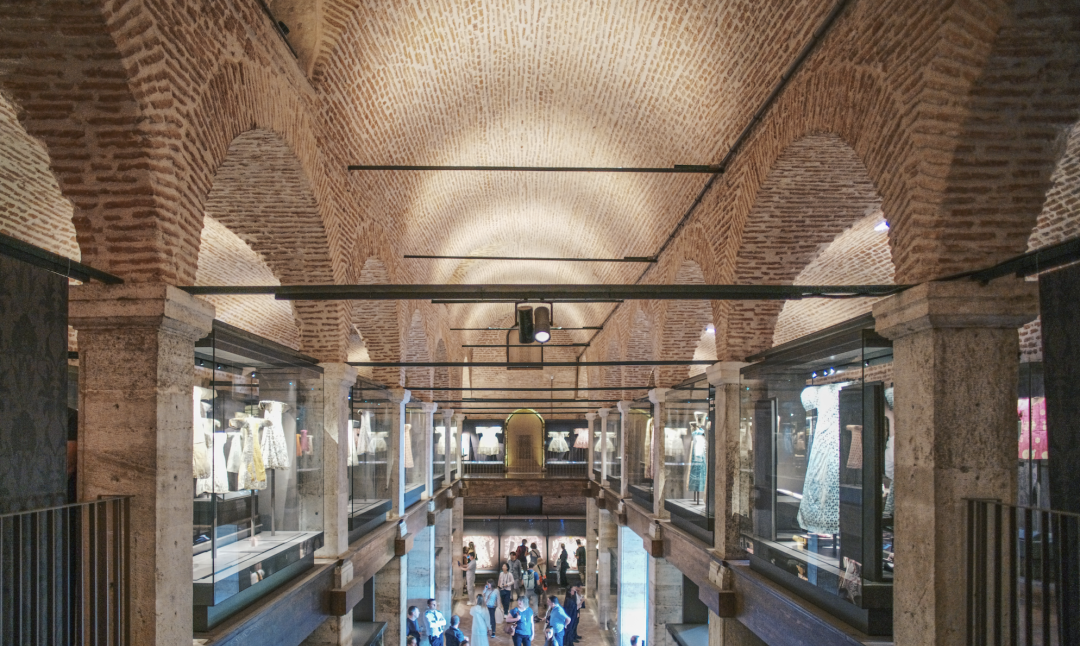
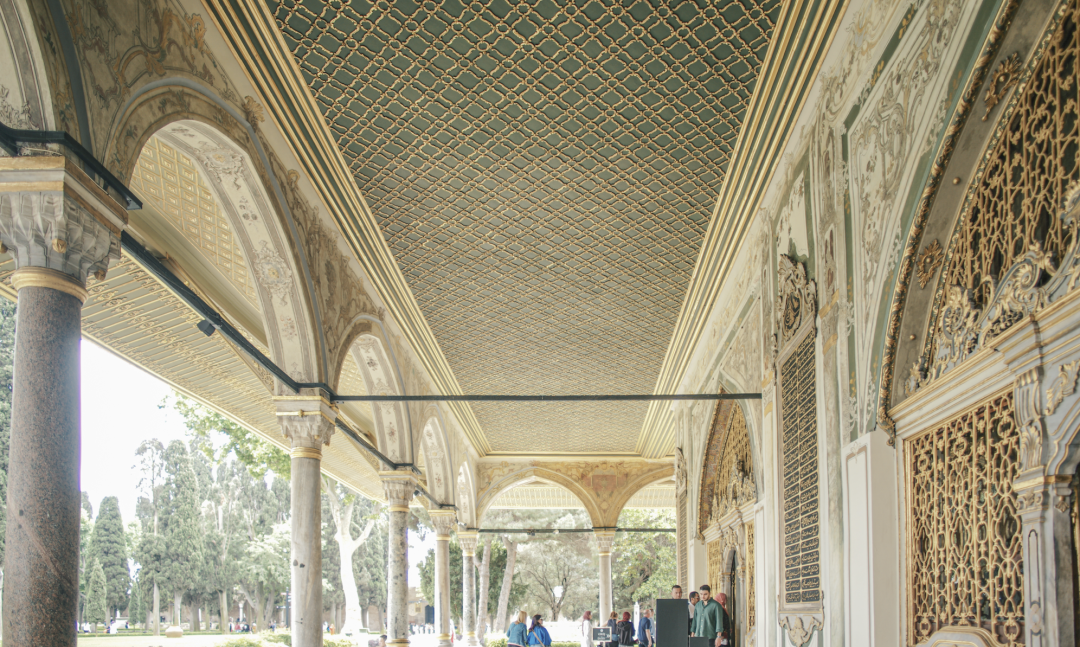
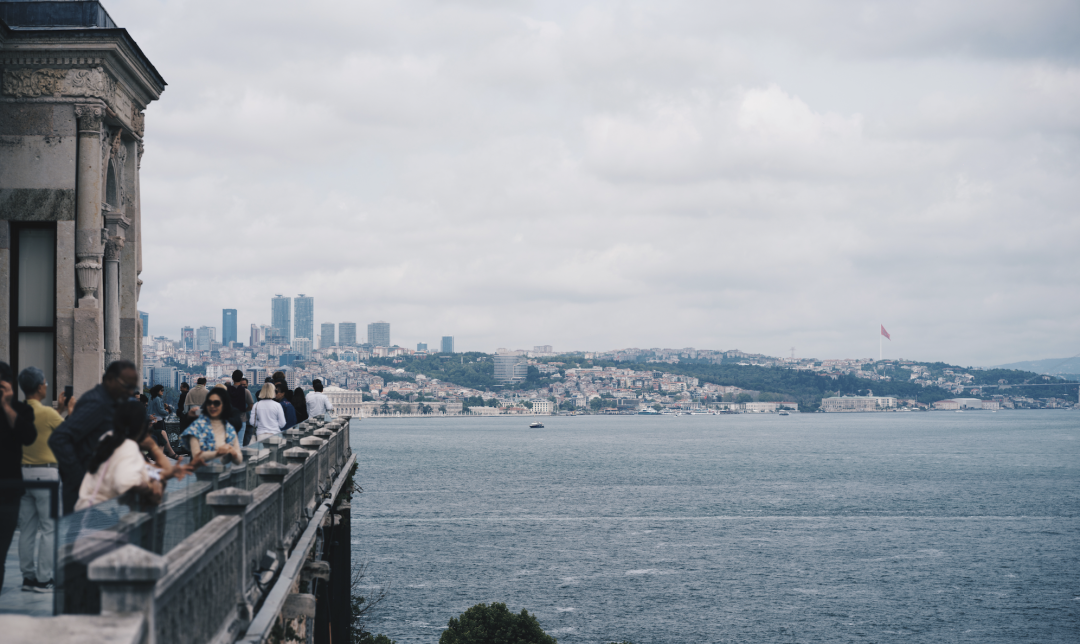
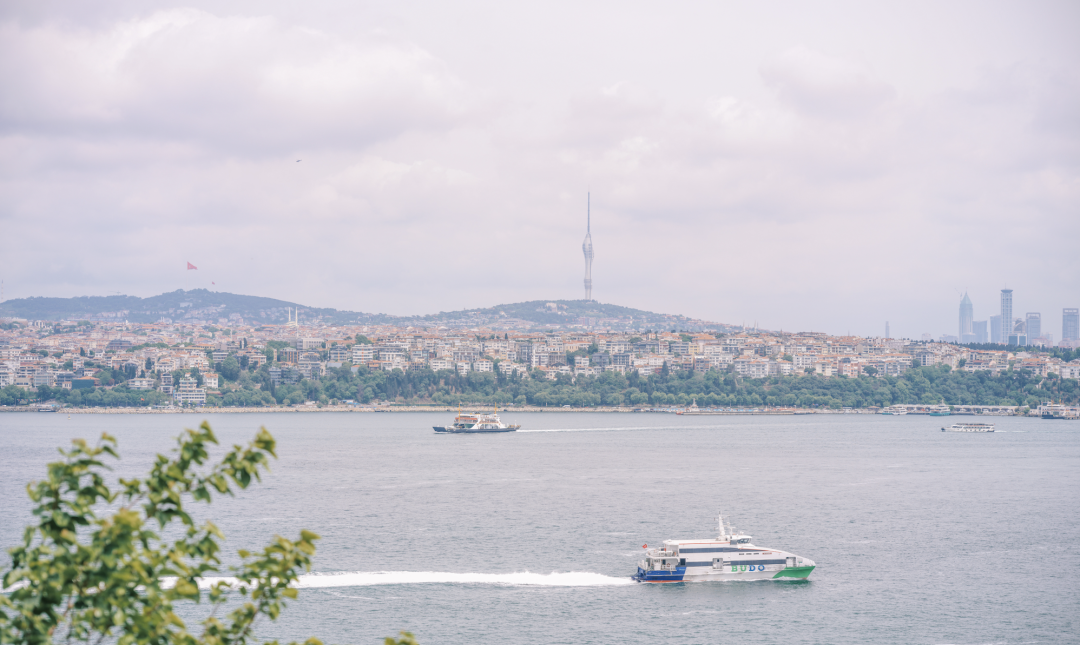
This domestic flight saved us 5-6 hours that would have been spent traveling by bus, allowing us more time to explore. Izmir is one of Turkey’s most developed cities, second only to Istanbul and the capital, Ankara. Walking around Izmir brings a chill vibe, with charming cats and dogs on the streets and homes that seem meticulously kept gardens, creating an envious lifestyle. The locals are welcoming and often greet you by holding their cats.
On this day, we visited the Aegean coastal town of Şirince. This place has not been overly commercialized and feels like stepping into a rural painting. It’s a paradise for those who love to shop for handmade beautiful items. An elderly woman in a headscarf sitting on a stone outside infuses the place with an ancient charm. Prices here are friendly compared to the Grand Bazaar in Istanbul.
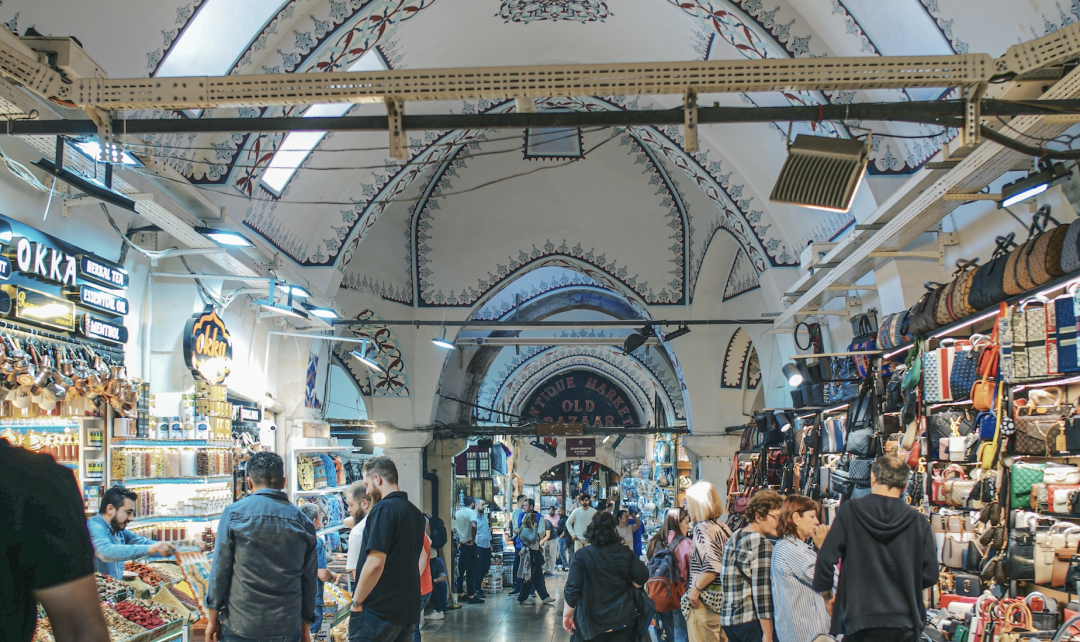
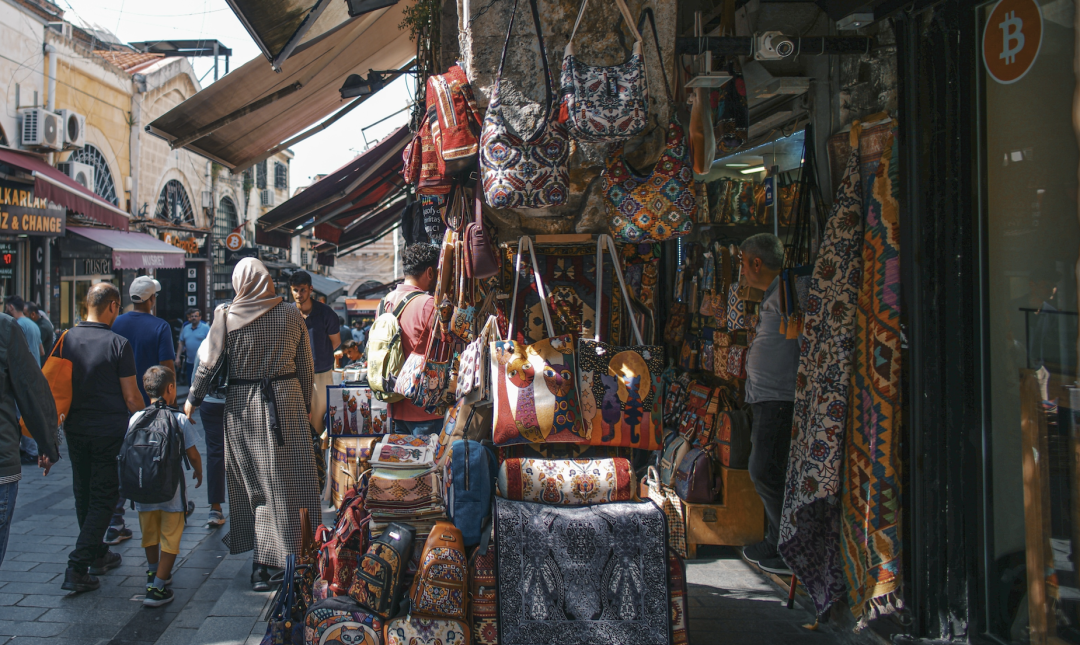
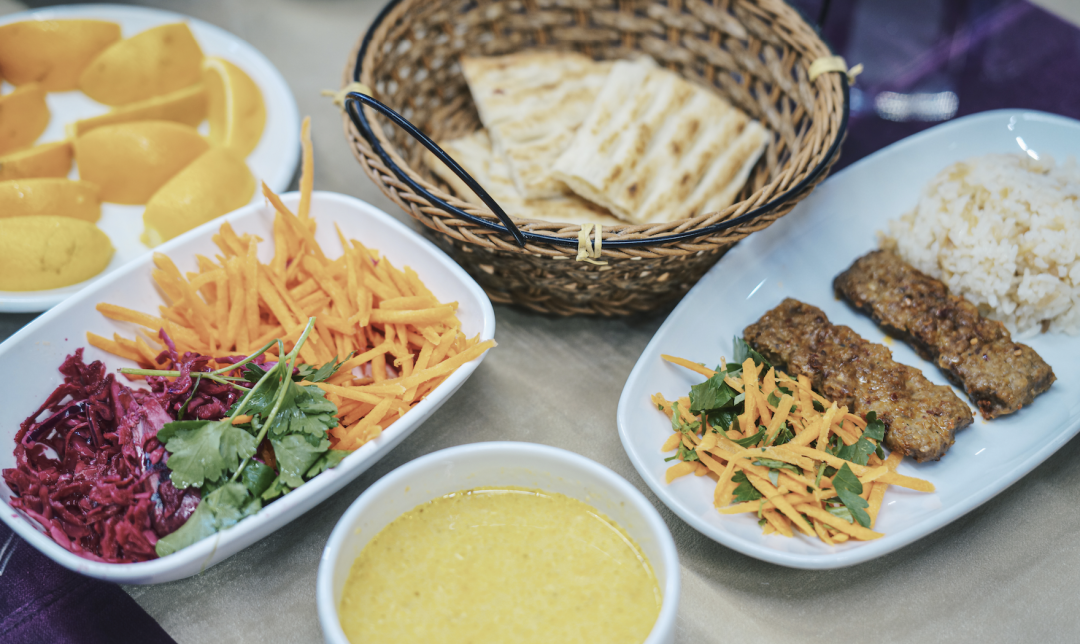
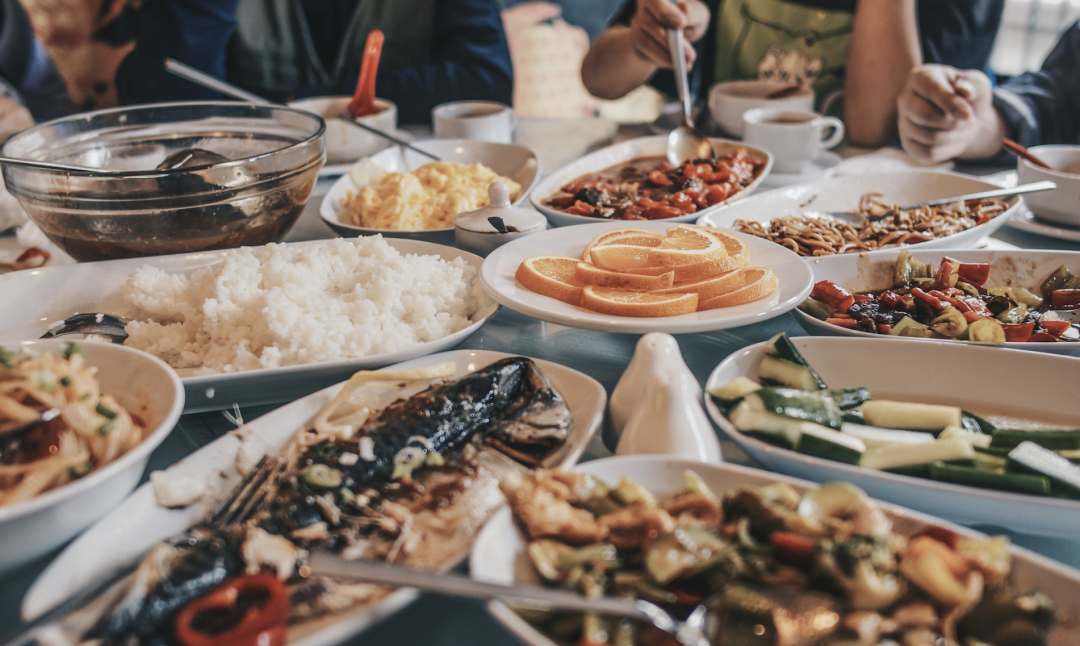
We also visited Ephesus. As one of the two UNESCO World Heritage sites we visit during the trip, Ephesus was once a significant ancient trade and religious center, having been critically important during the Roman Empire, with a peak population of around 250,000 over an area exceeding 809 hectares. It is currently the largest ancient Greek city in the world.
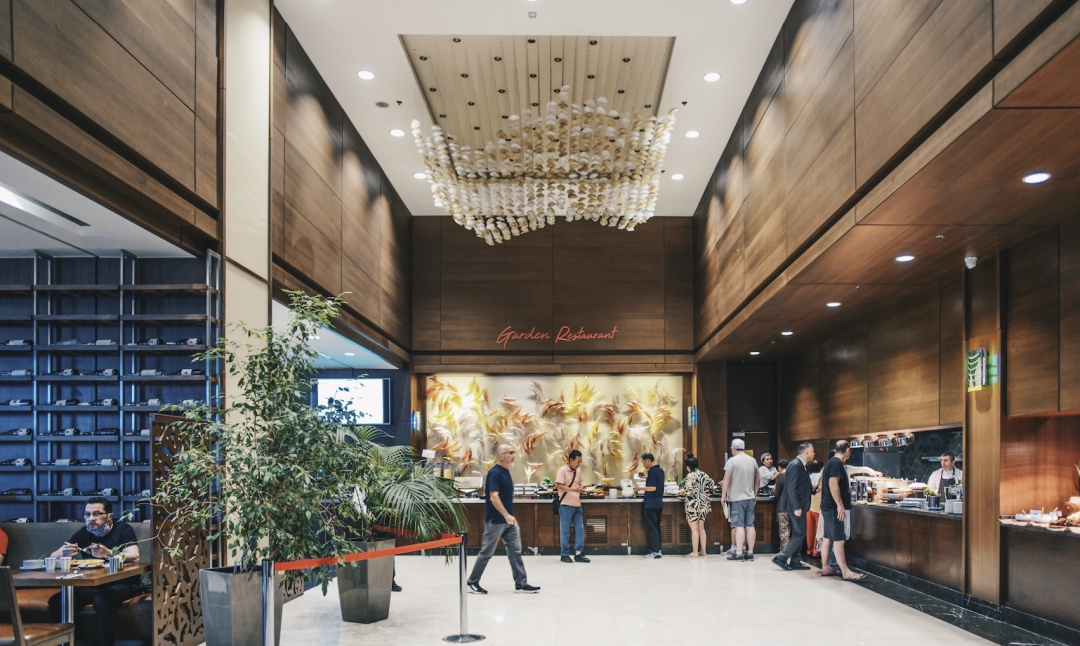
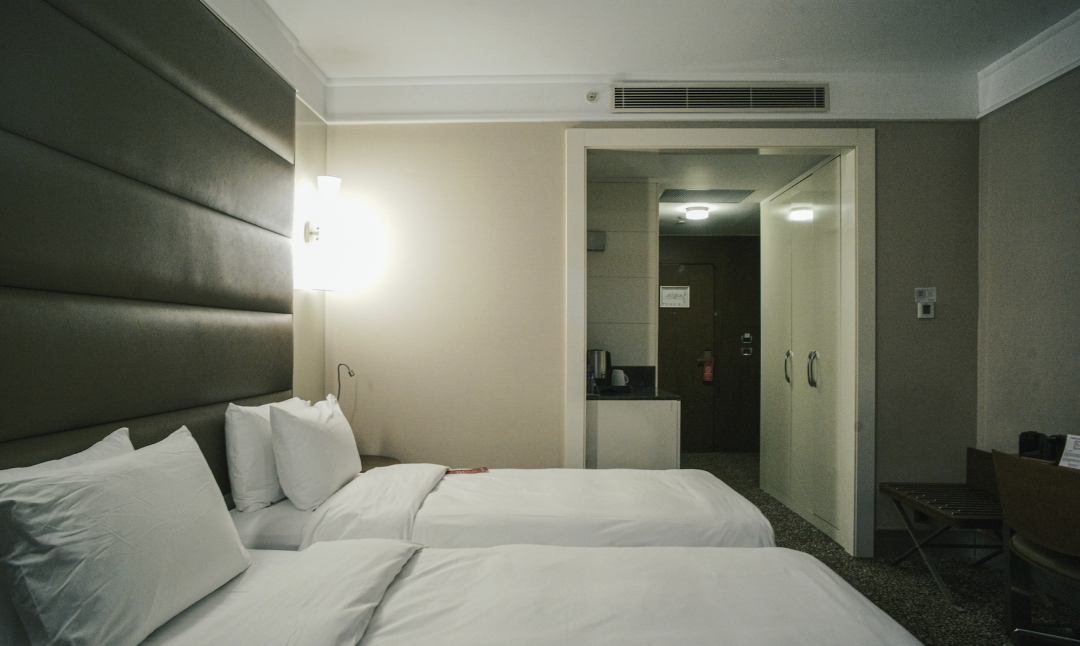
The comprehensive tour allows you to appreciate the remnants of ancient Greece, Rome, and the Ottoman Empire, which are entirely distinct.
The hotel for that day was a local five-star establishment in the heart of Izmir, and its pool and restaurant offered splendid views.
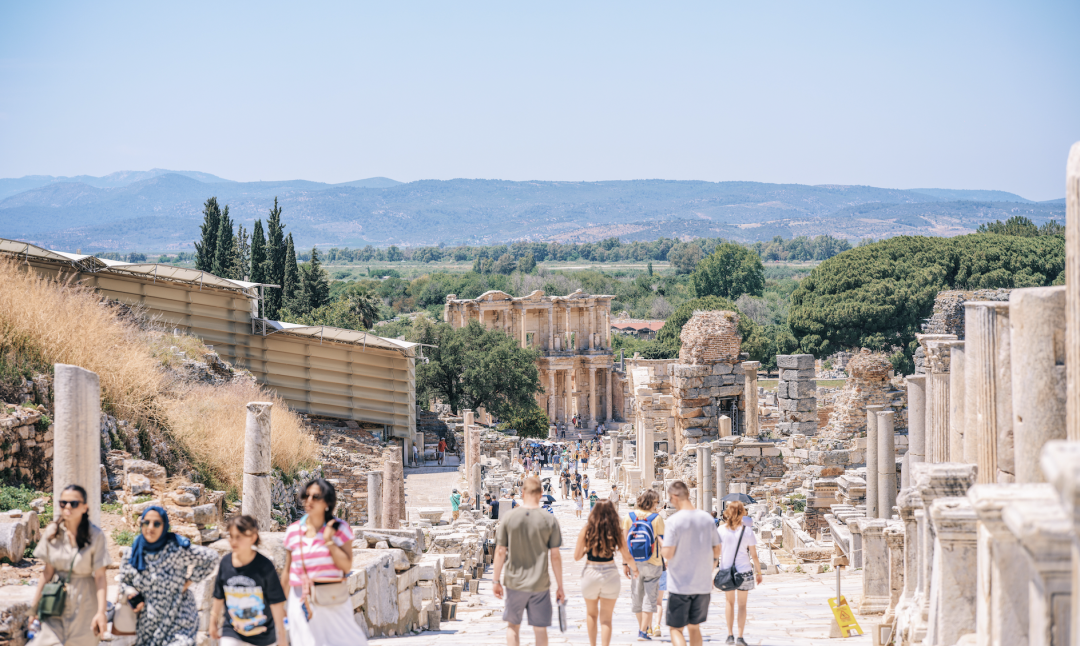
You can take a leisurely walk from the hotel to the seaside, which is quite pleasant.
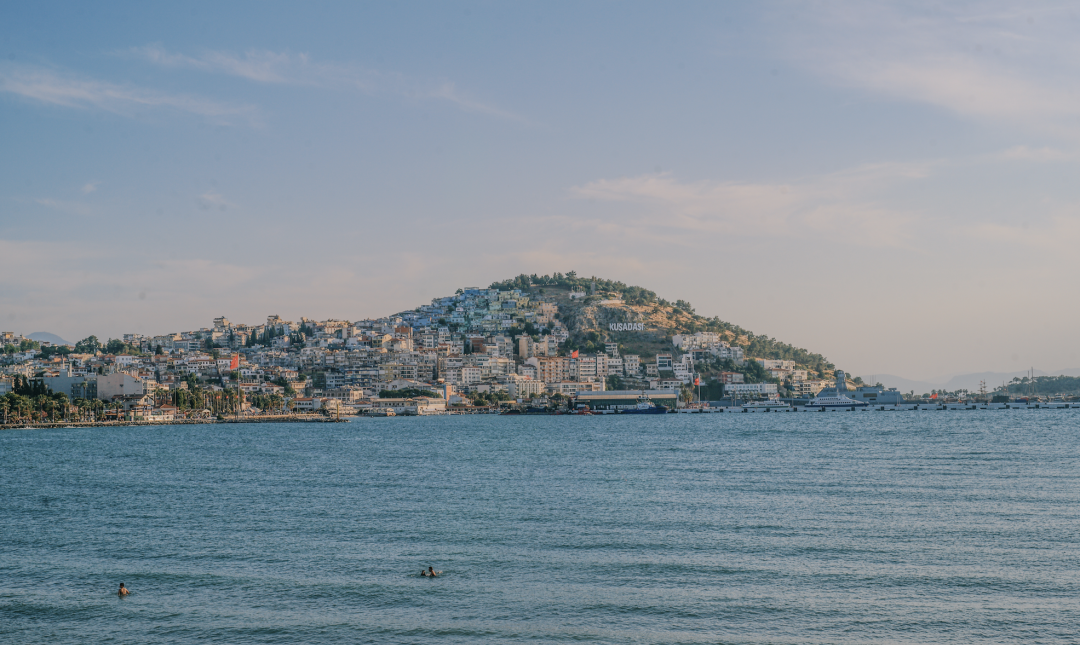
Lunch was at a restaurant near Ephesus, featuring a Roman architectural style, followed by dinner at the hotel.
**Day 3 – Izmir to Pamukkale (by bus for about 4 hours)**: Pamukkale, Hierapolis Ancient City Ruins. Overnight in a local five-star thermal hotel.
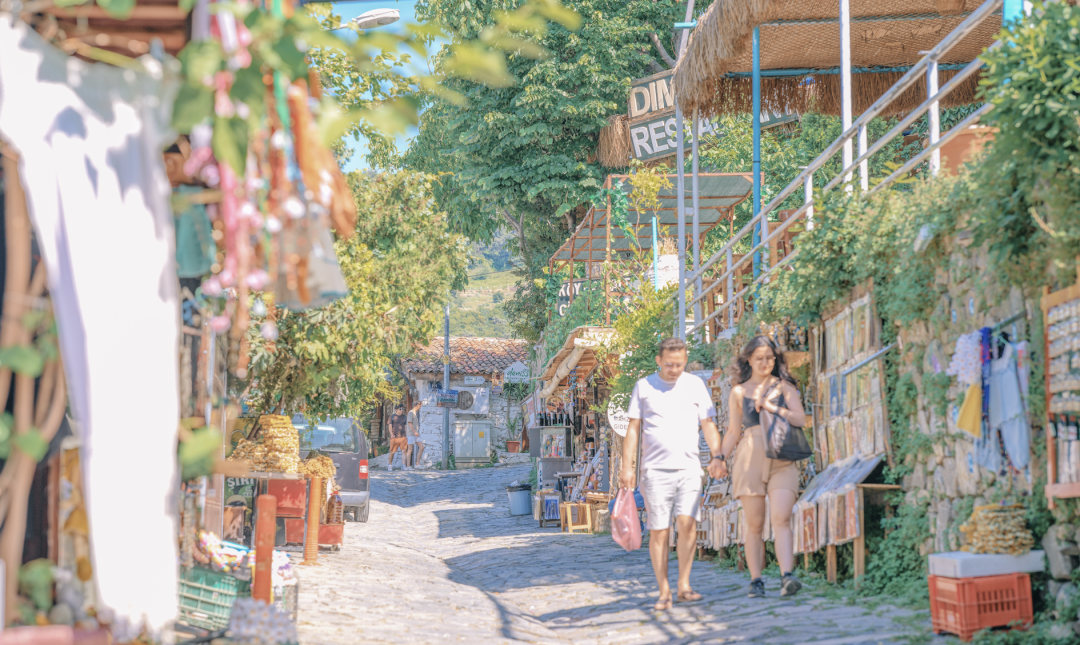
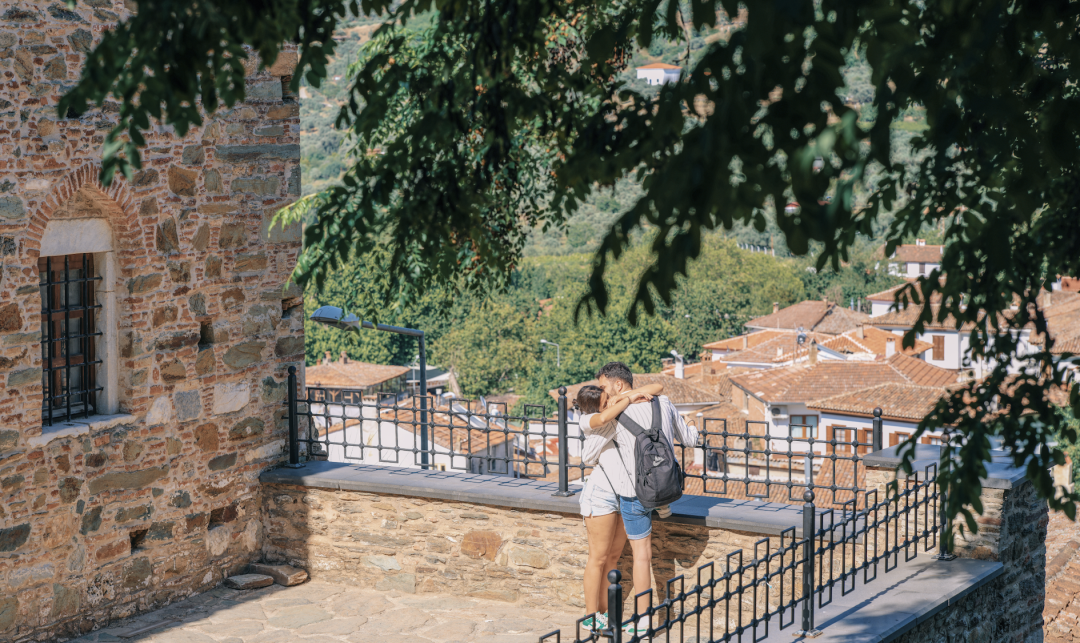
This day highlights the famous Pamukkale, the only limestone landscape on the UNESCO World Heritage List. However, unfortunate water levels meant we didn’t manage to capture particularly stunning photos, as the water flow was significantly low that day (the timing of when Pamukkale releases water can be unpredictable).
The other landmark is the ruins of the ancient city of Hierapolis, built around 190 BCE, which served as a center for Roman baths. Legend has it that Cleopatra also enjoyed some time here.
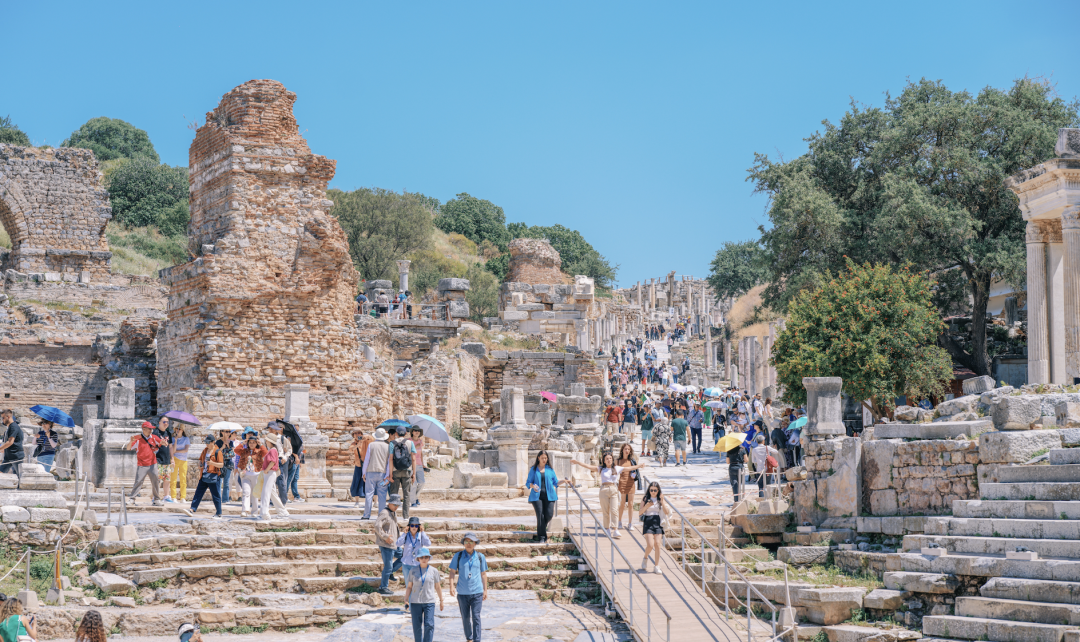
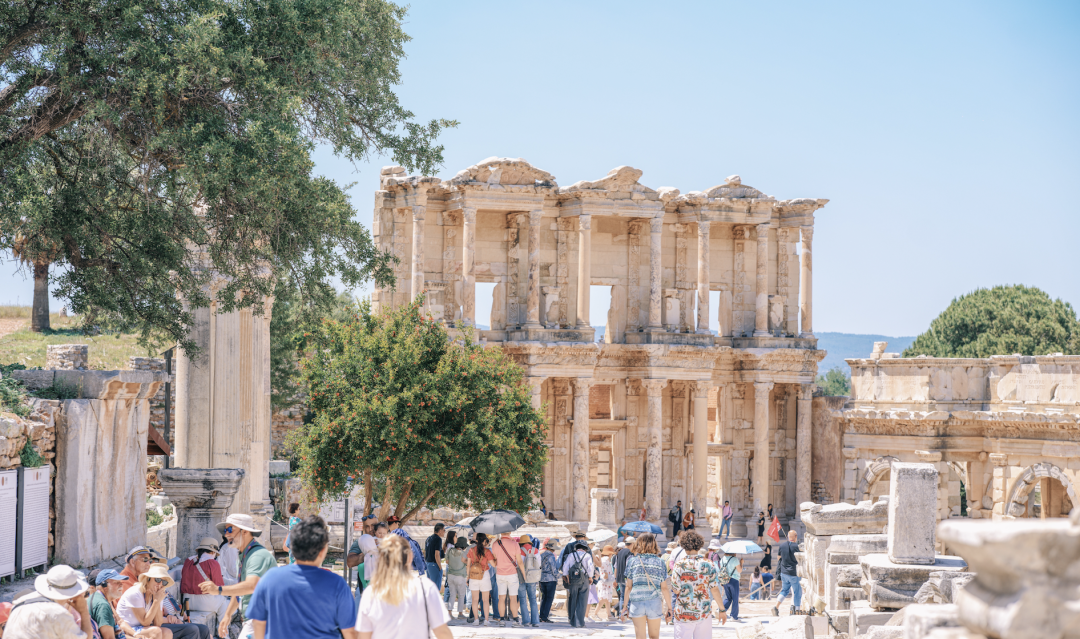
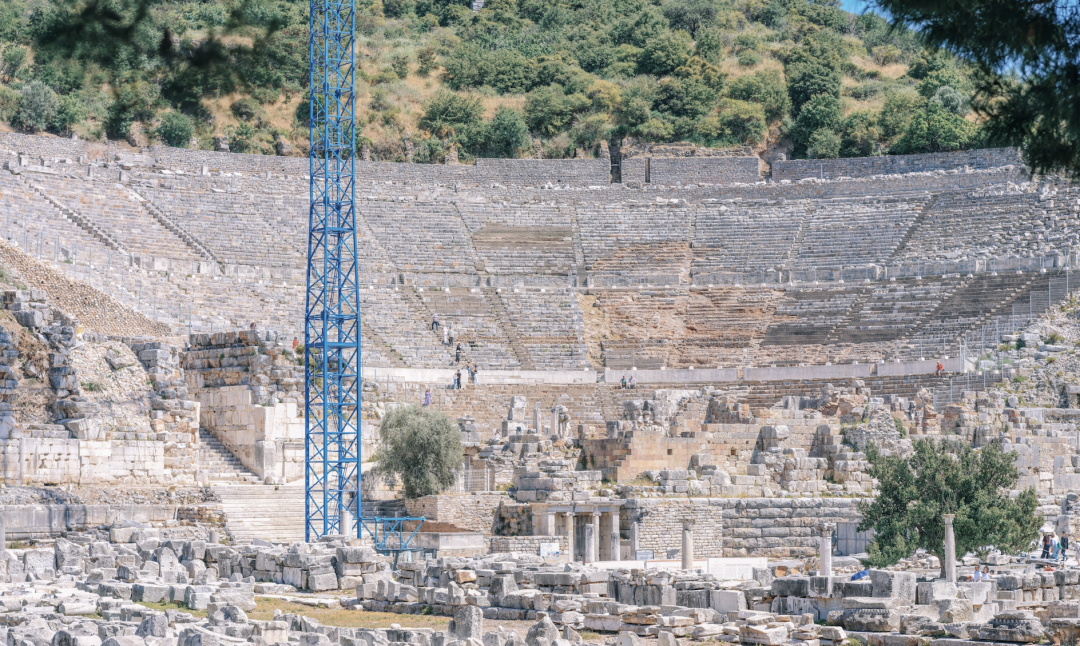
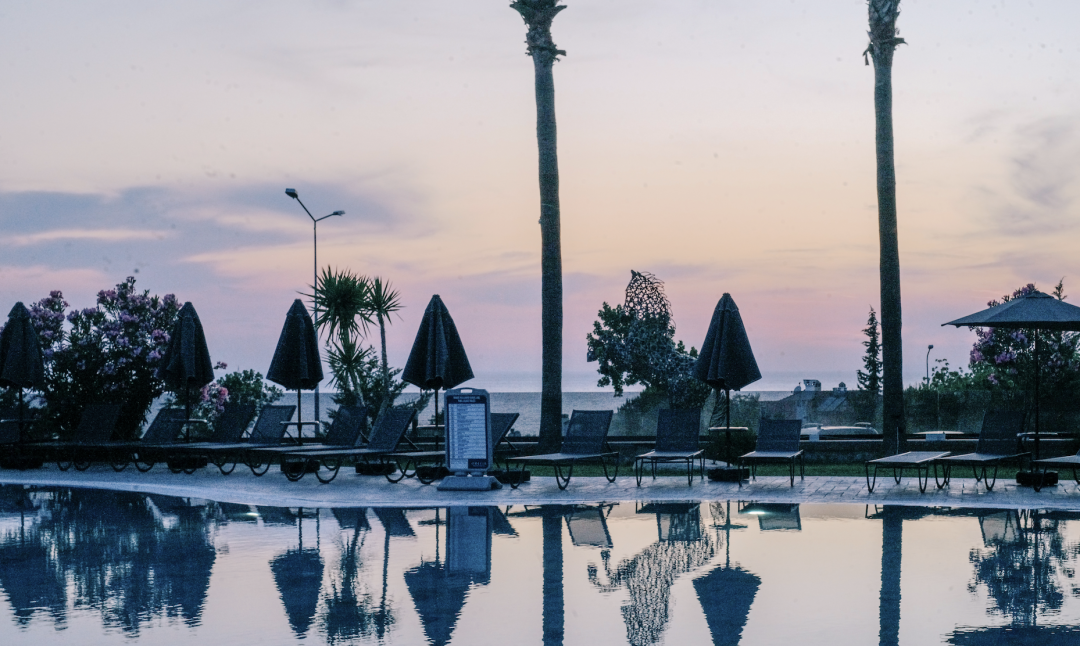
Pamukkale has been known since the Greek period as a haven for thermal baths, so naturally, we stayed in a local five-star thermal hotel.
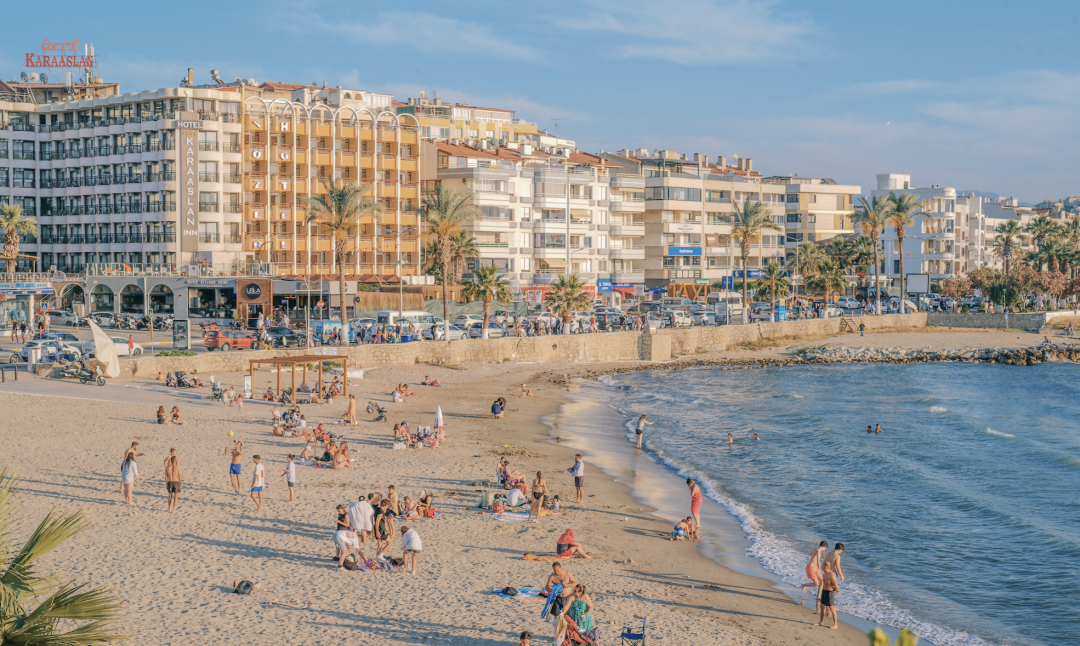
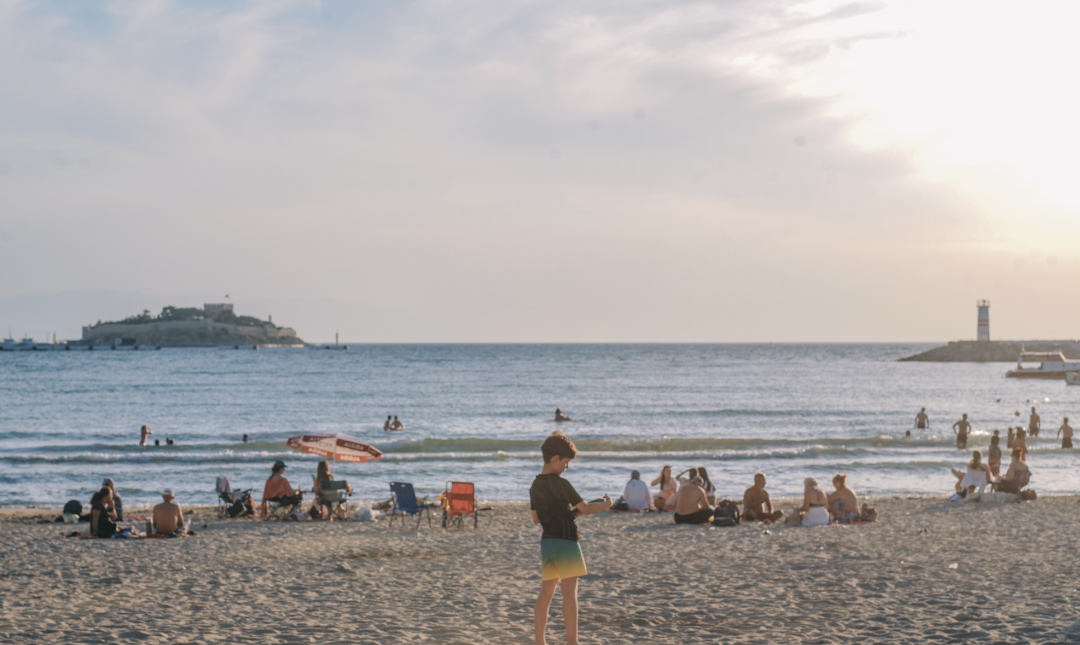
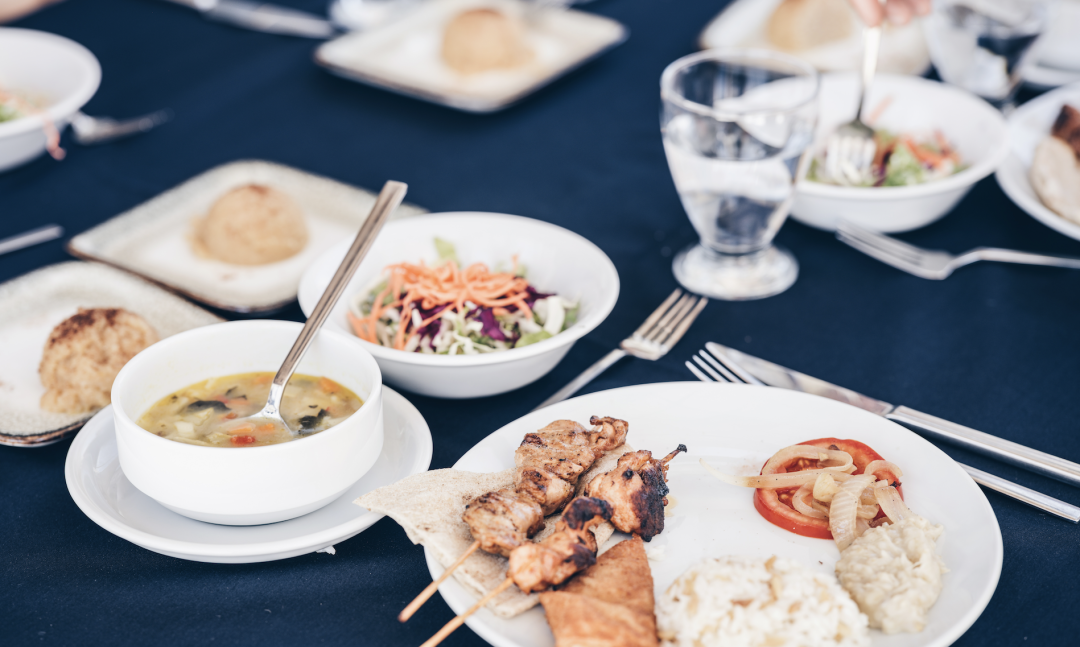
Lunch consisted of traditional grilled lamb, with dinner served at the hotel.
**Day 4 – Pamukkale to Fethiye (by bus for about 3.5 hours)**: The Dead Sea, Blue Lagoon, Fethiye Old Town (Paspatur). Overnight at a five-star hotel in Fethiye.
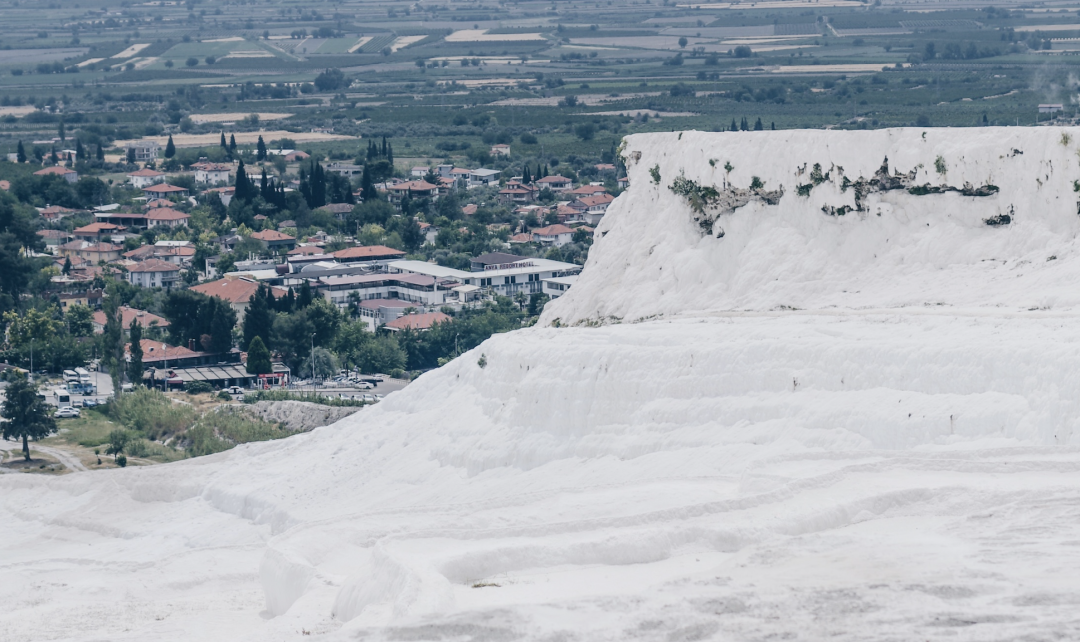
“Fethiye” translates to “conquered,” and it resides at Turkey’s southernmost point, reputed to be the best place for diving in Turkey. The Dead Sea here differs from the typical impressions of floating while reading; it is calm, hence the name. That day, while there was some wind, it was not particularly tumultuous. The water quality is excellent, reminiscent of glassy seas, with smooth pebbles lining the shore, which feel nice underfoot.
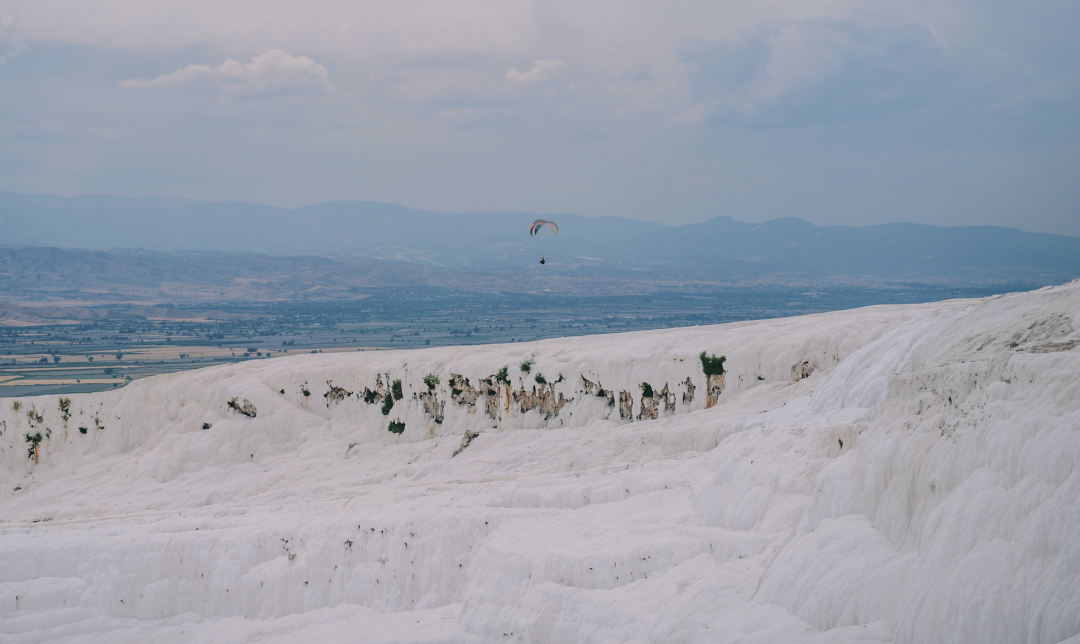
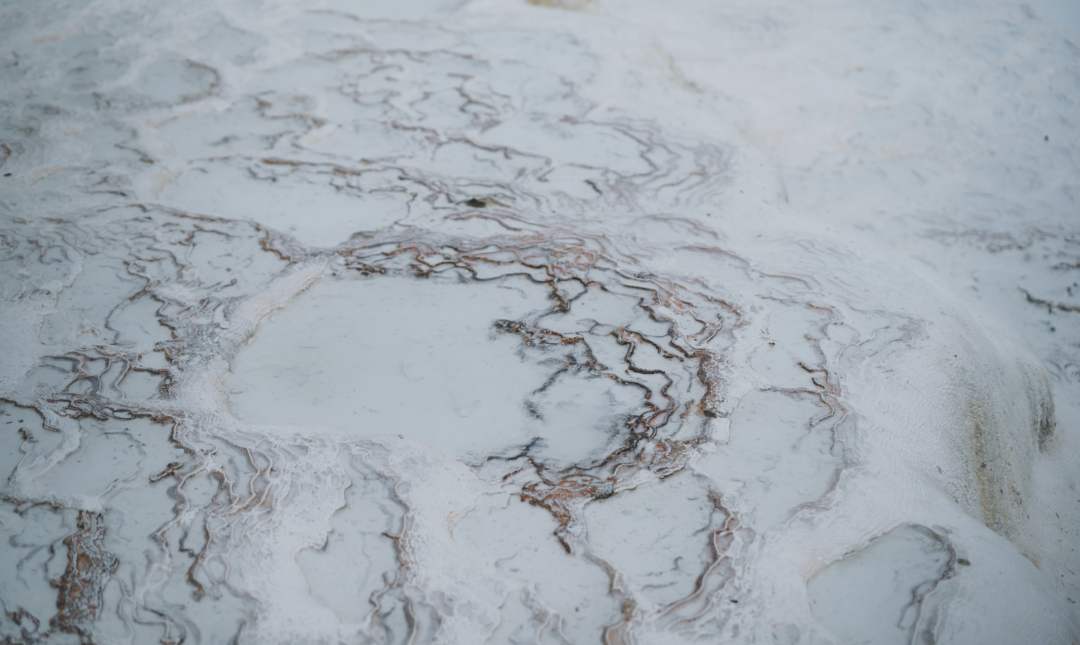
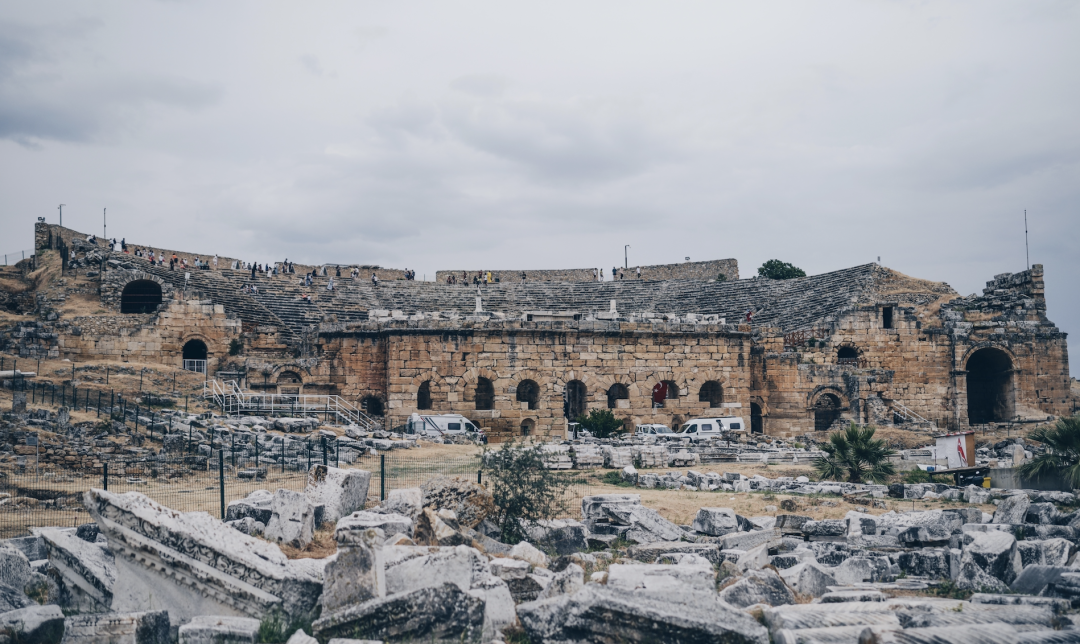
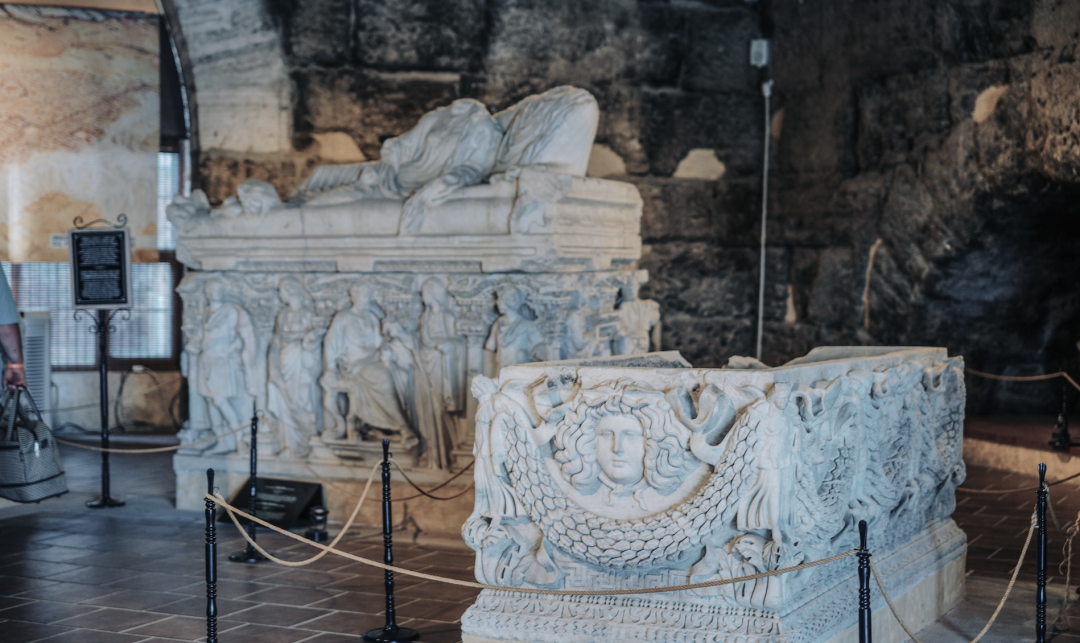
Fethiye is arguably the premier destination for paragliding in Turkey (even worldwide), but our assistant didn’t participate due to a fear of heights. If you wish to try paragliding, there are optional self-funded activities available, and you can often see paragliders overhead while walking the beach.
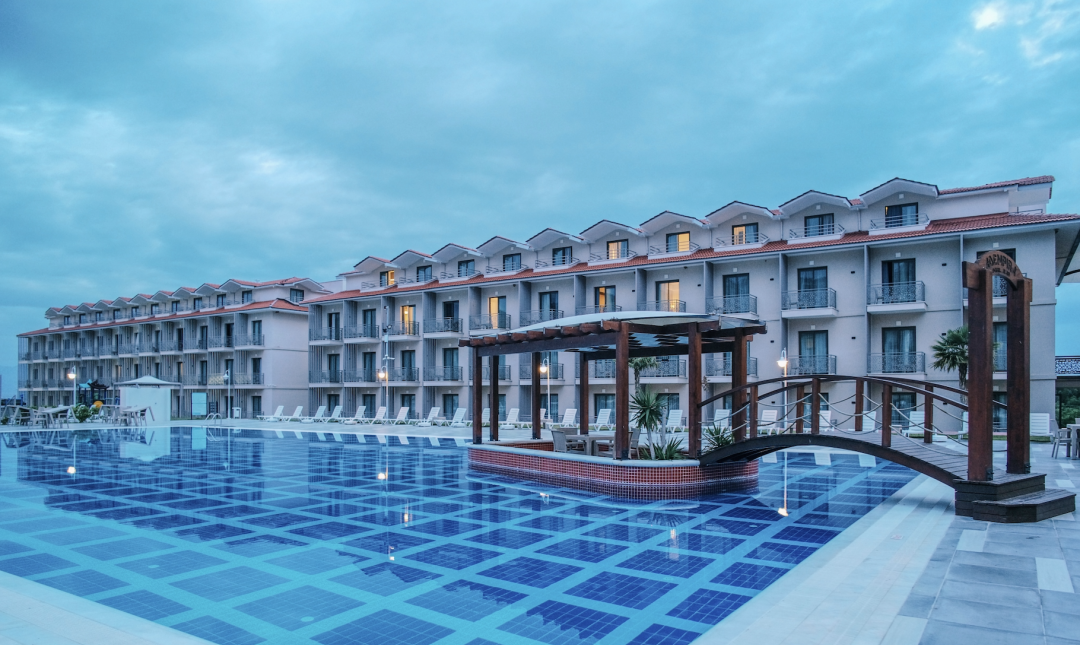
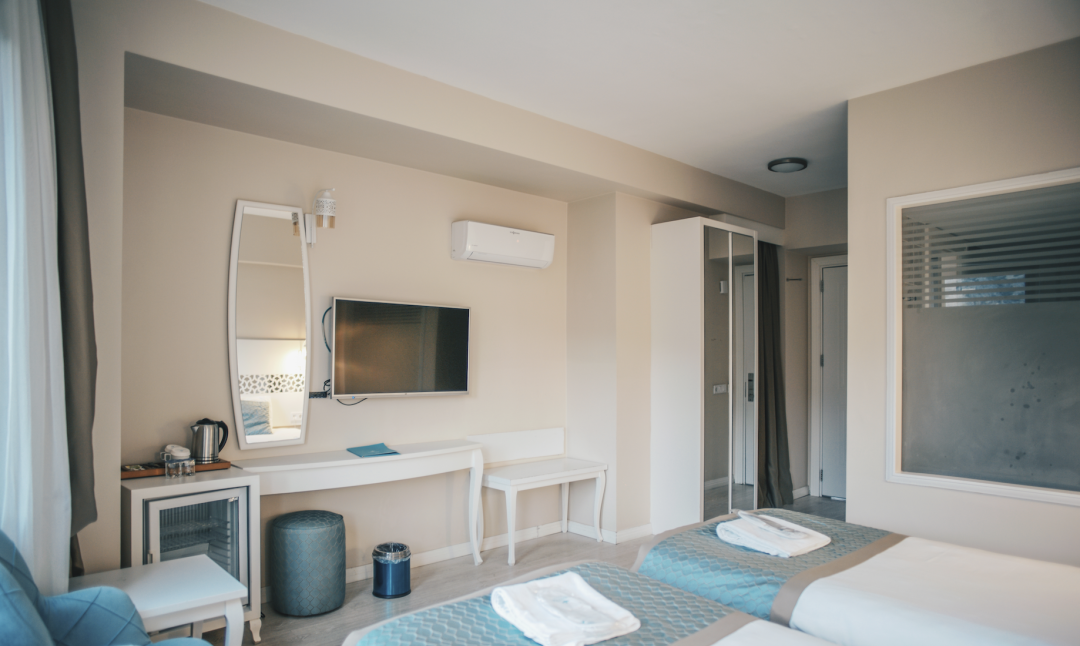
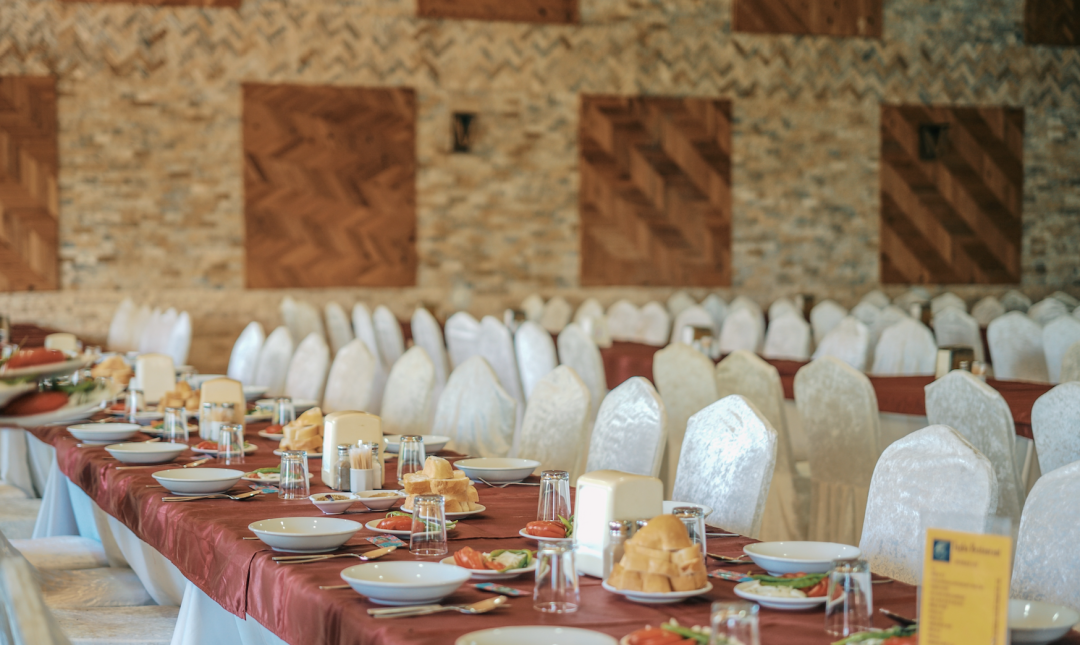
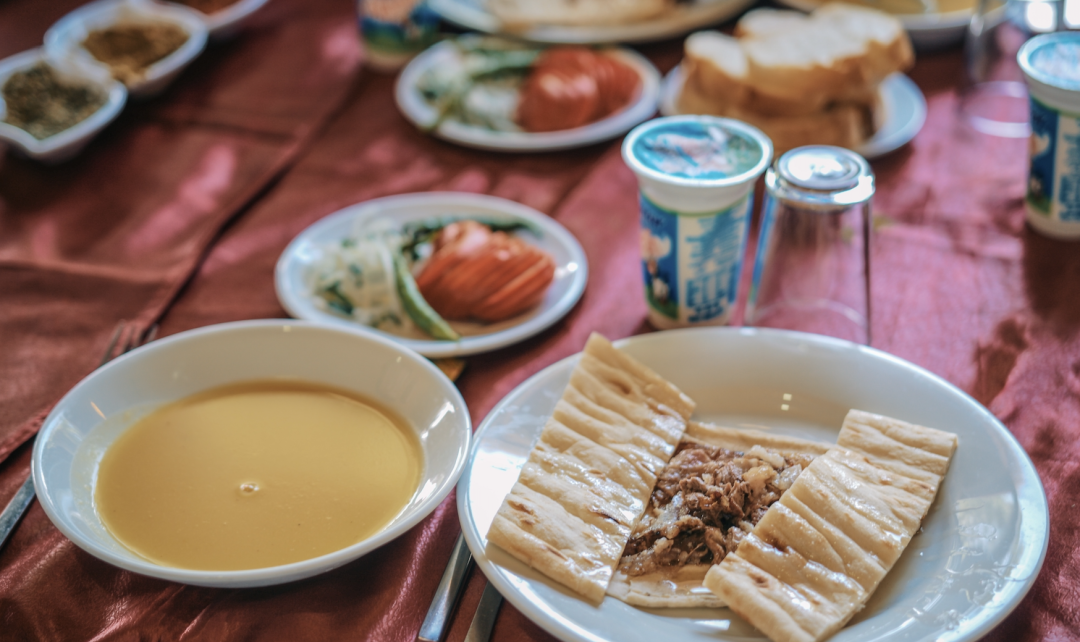
The old town in Fethiye is a charming coastal town, where we explored local fish markets and bought an array of beautiful trinkets.
That evening we stayed at a five-star hotel in Fethiye, beautifully nestled between mountains with a large outdoor pool.
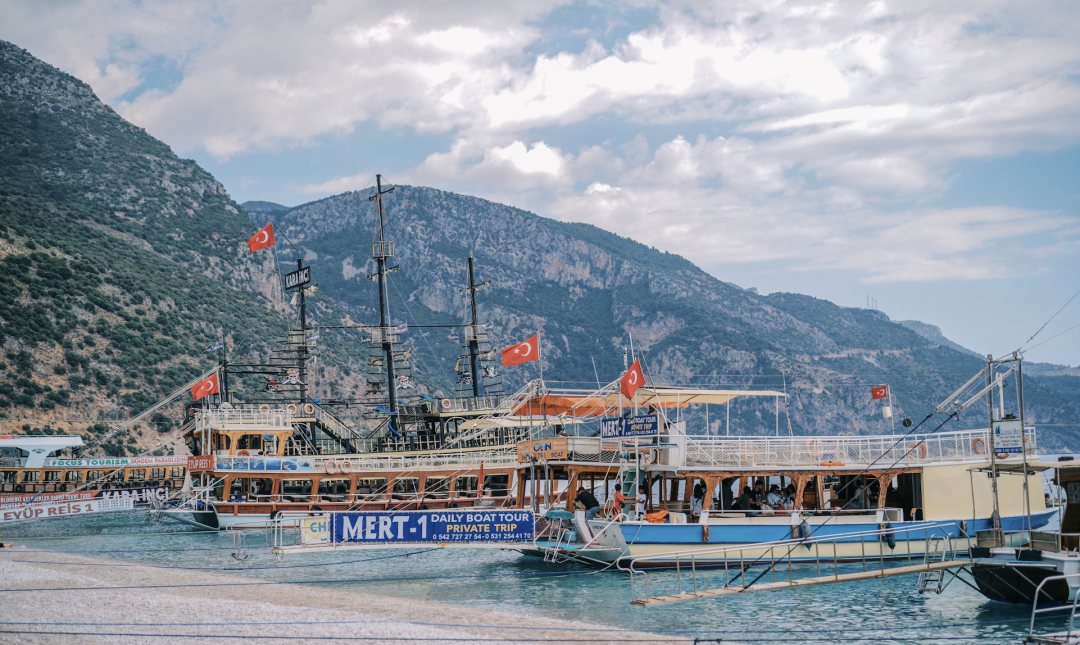
On why I previously stated that the meals in the group with five-star hotels can differ in quality: while many hotels may not reach high culinary standards, they typically won’t fall below a certain baseline either. Dinner that night was at the hotel’s buffet.
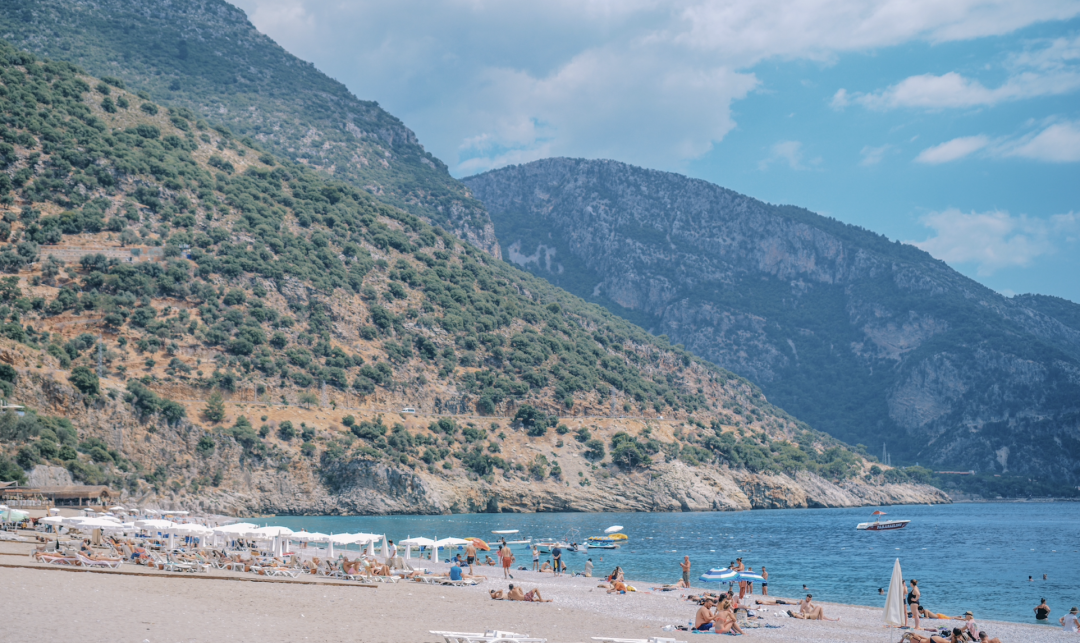
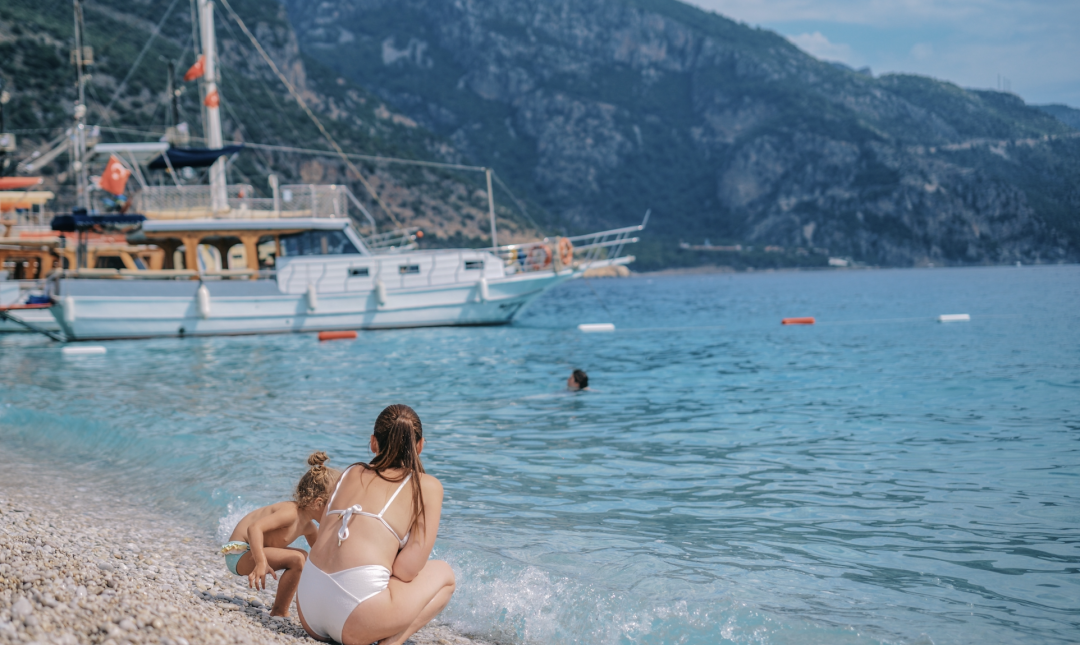
**Day 5 – Fethiye to Kaş to Antalya (by bus for about 3.5 hours)**: D400 Coastal Road, Kaş town, Kaleici Old Town. Overnight at a five-star Mediterranean beachfront hotel.
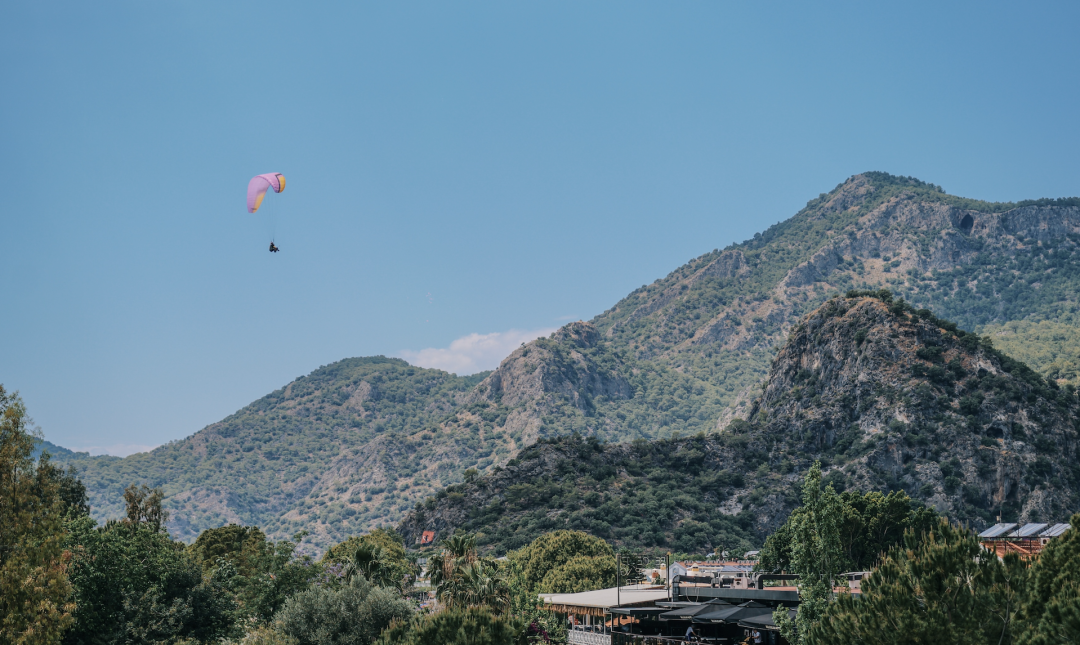
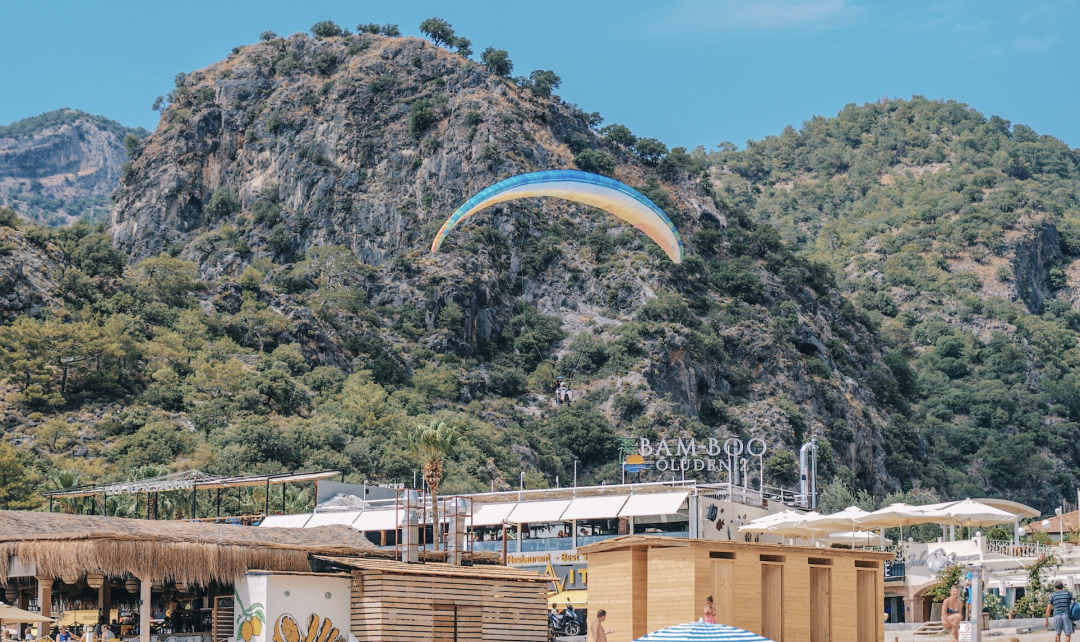
The focus for this day is undoubtedly Turkey’s famous D400 road. This scenic route spans across the Dead Sea, Mediterranean Sea, and Aegean Sea, embracing breathtaking landscapes. The drives alongside the ocean are incredibly soothing, although it’s essential to note that not all segments of D400 follow the coastline; some stretch through hilly forested areas.
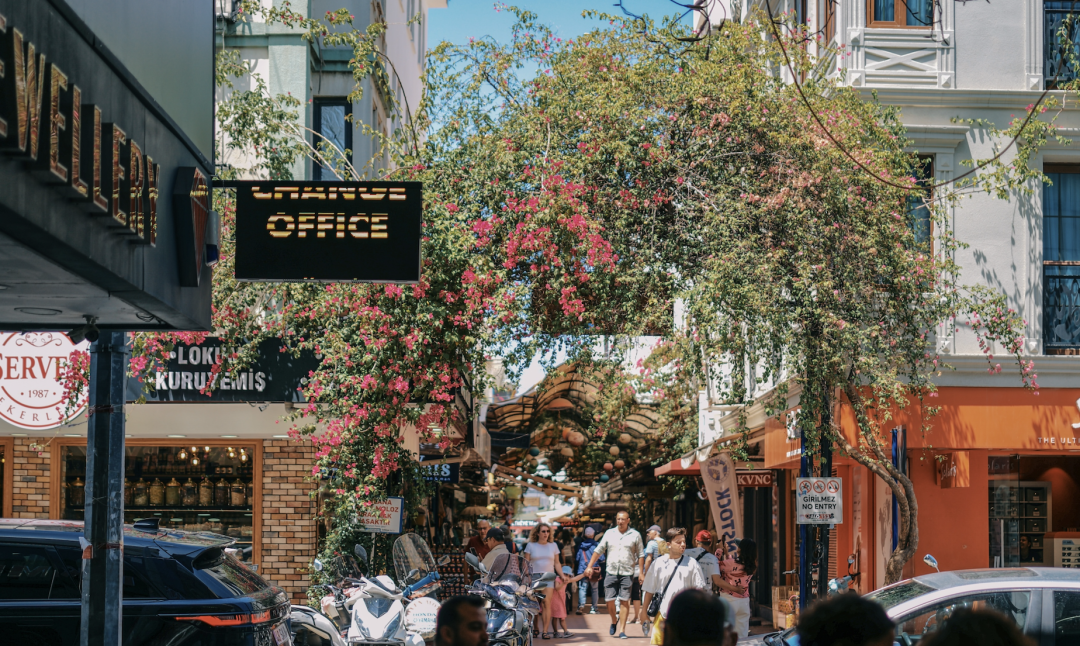
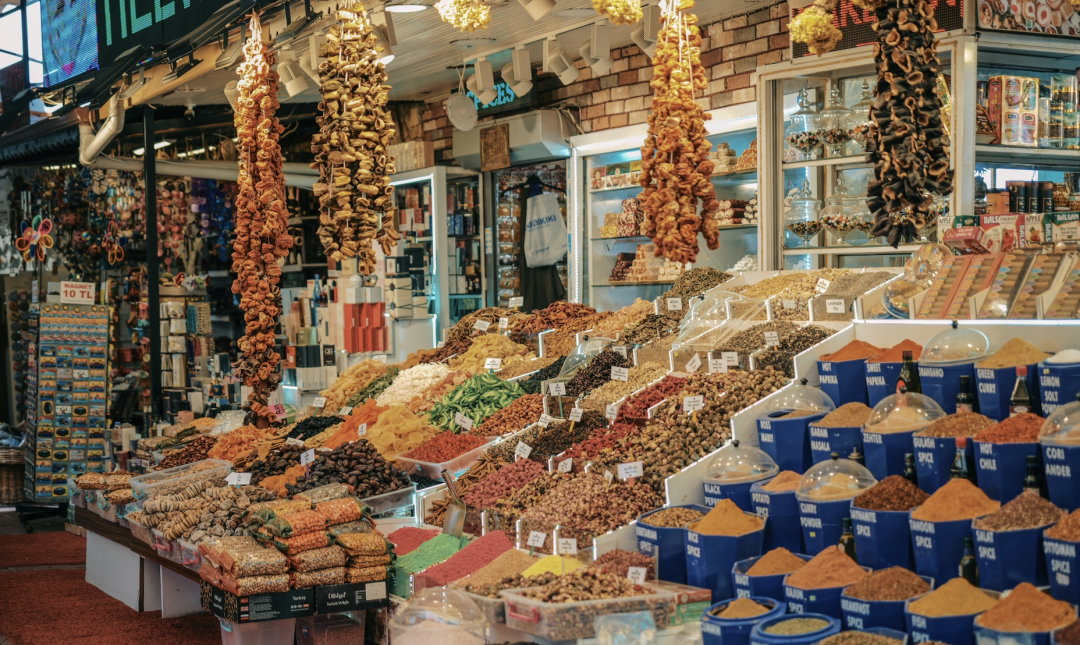
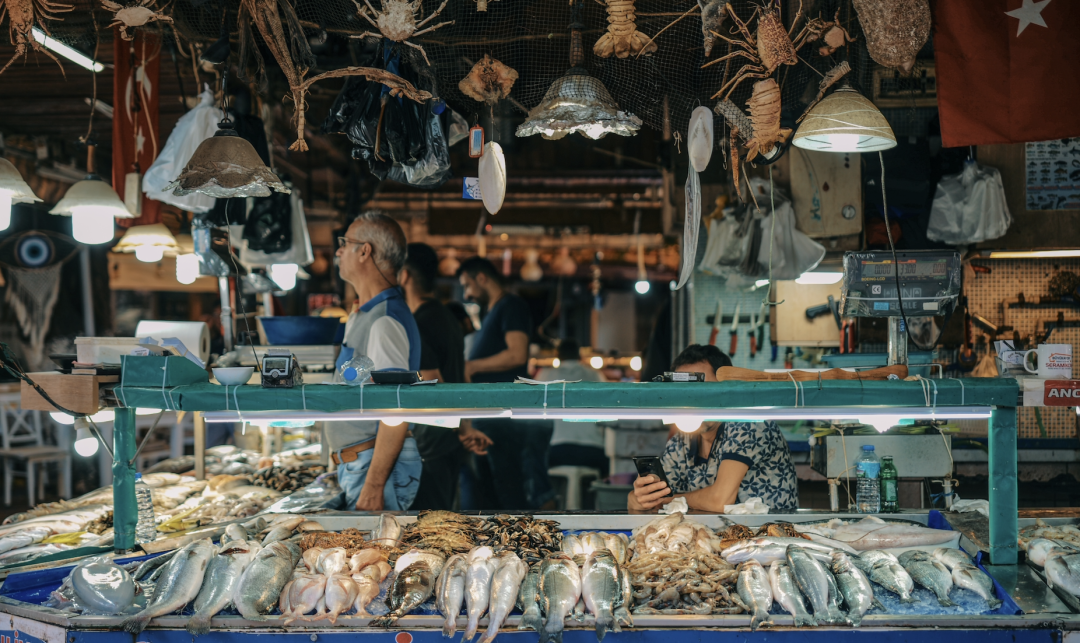
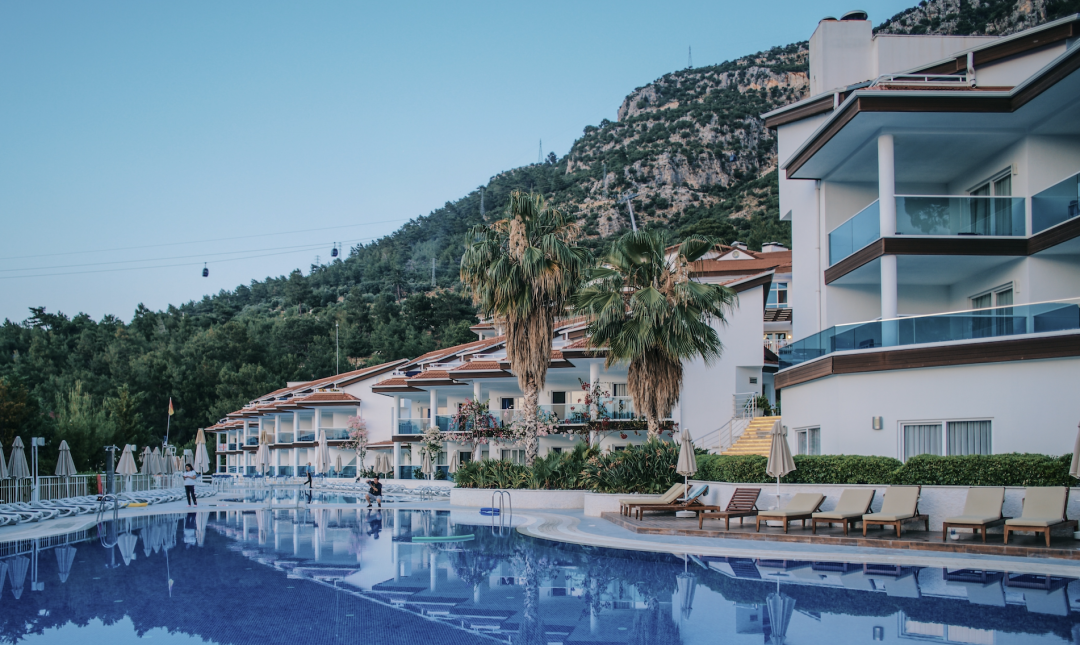
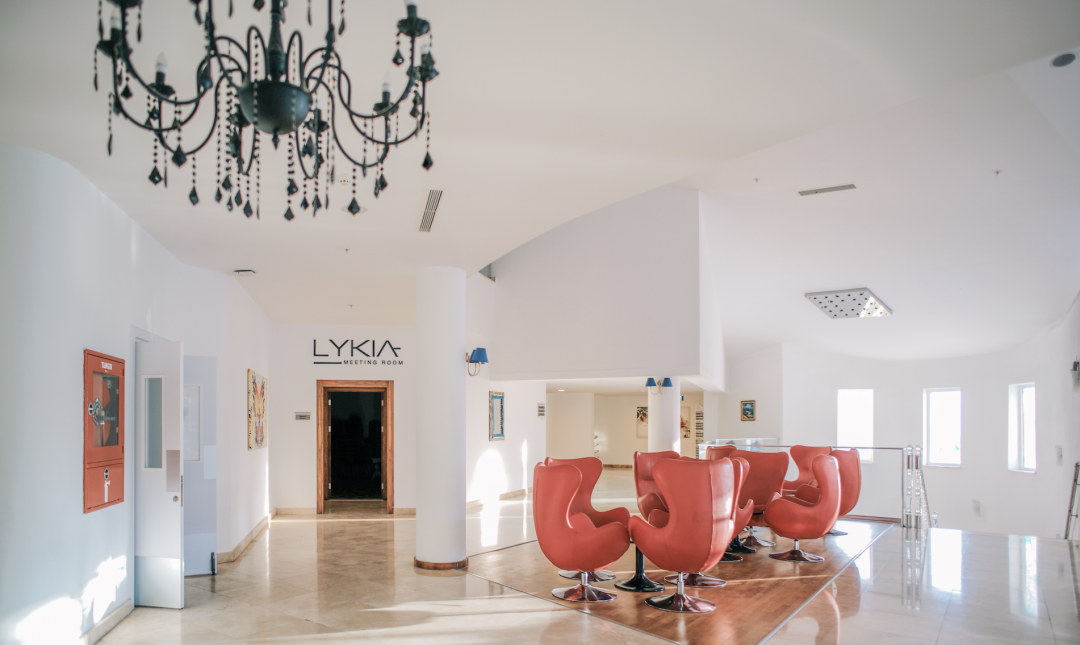
Kaş is another idyllic Mediterranean town with stunning views. The entire village features stone medieval houses, and natural ecological preservation is quite prevalent, creating a serene atmosphere with crystal clear waters. Private yachts, sailboats, and fishing vessels dock at the marina, letting you enjoy the view while having a delightful meal at a local restaurant.
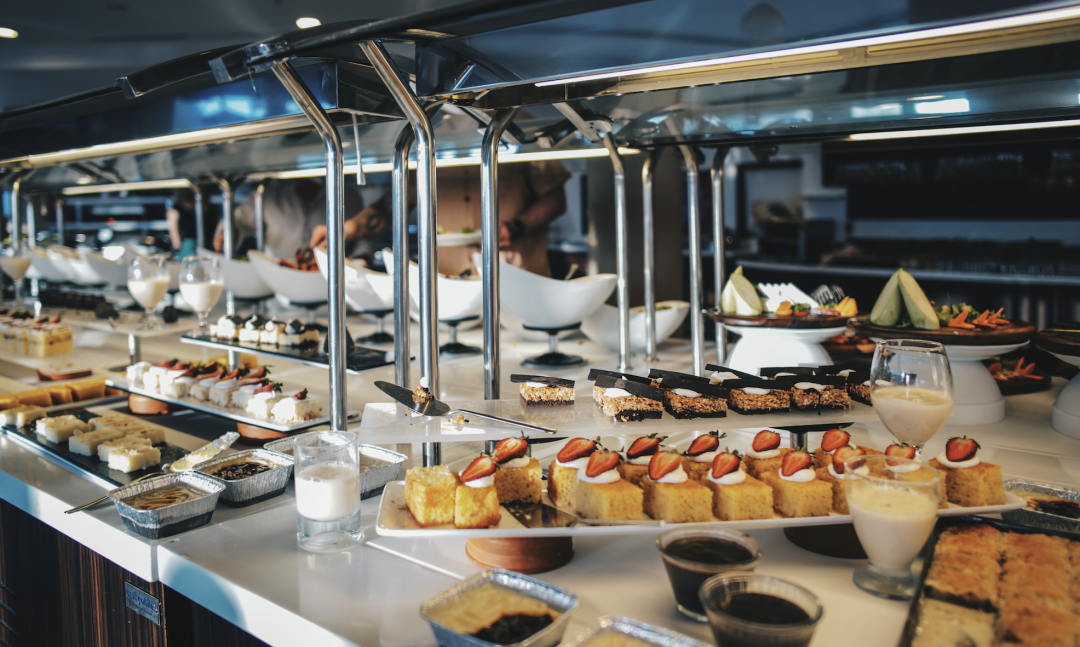
The coastal areas are lined with cafes and shops, where you can sip coffee while taking in fantastic Mediterranean views. Prices are relatively low; we had a bottle of Coca-Cola and an Americano for just 150 lira.
Kaleici Old Town is perfect for shopping and photography. Greek, Roman, Byzantine, Seljuk, and Ottoman influences have all left their mark, leaving behind rich historic relics, ancient mosques, Roman city walls, and plentiful bars and guesthouses.
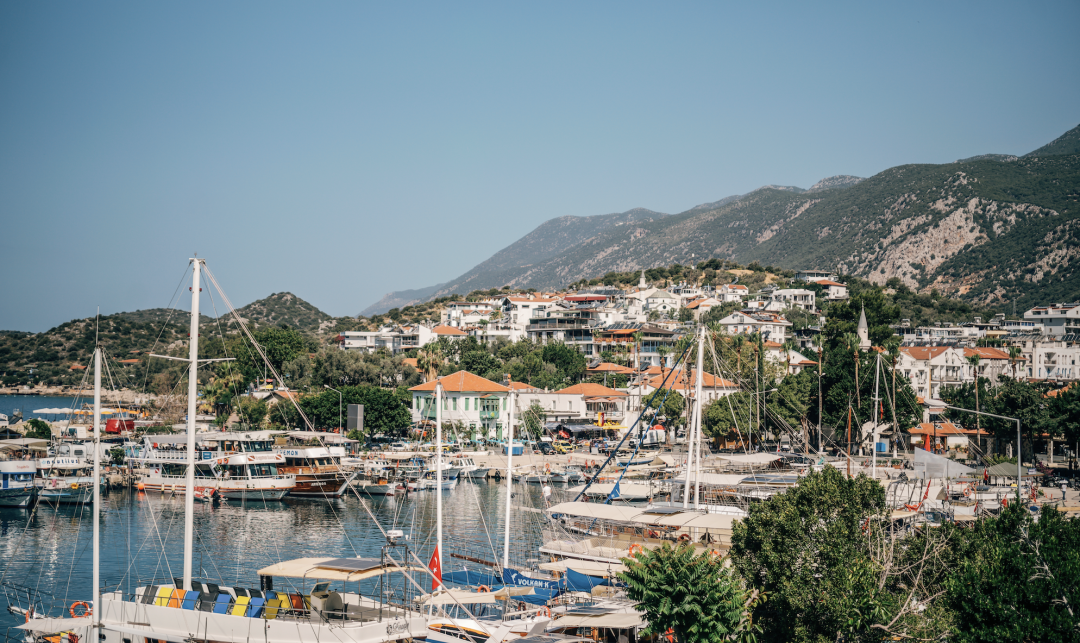
This day also featured a comfortable five-star hotel with a spacious swimming pool.
Lunch consisted of grilled fish, and we again dined at the hotel in the evening.
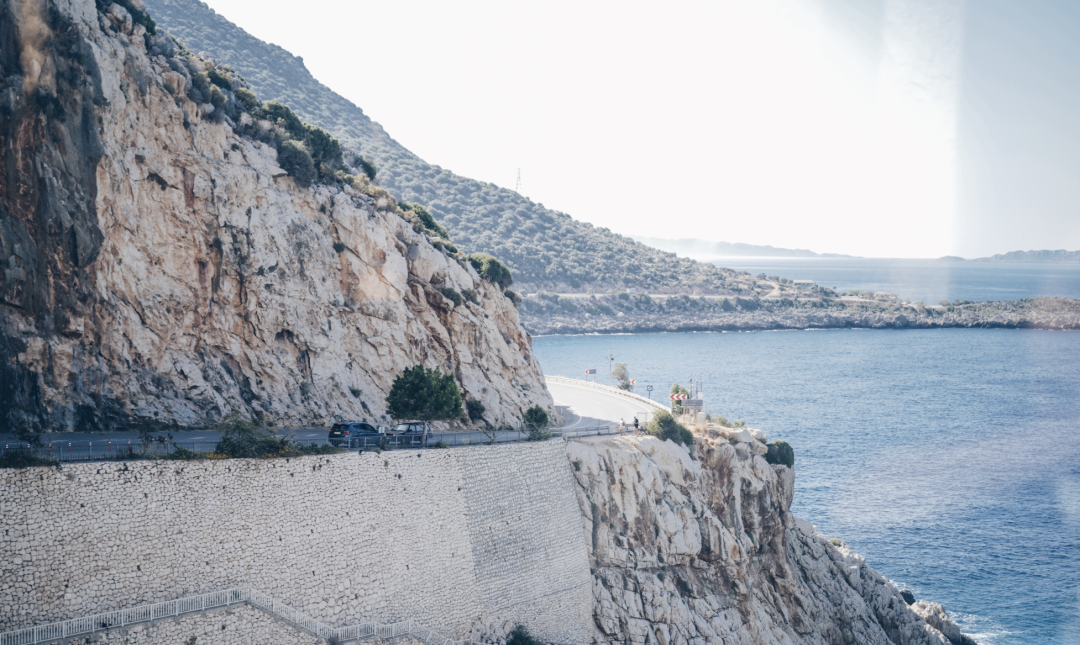
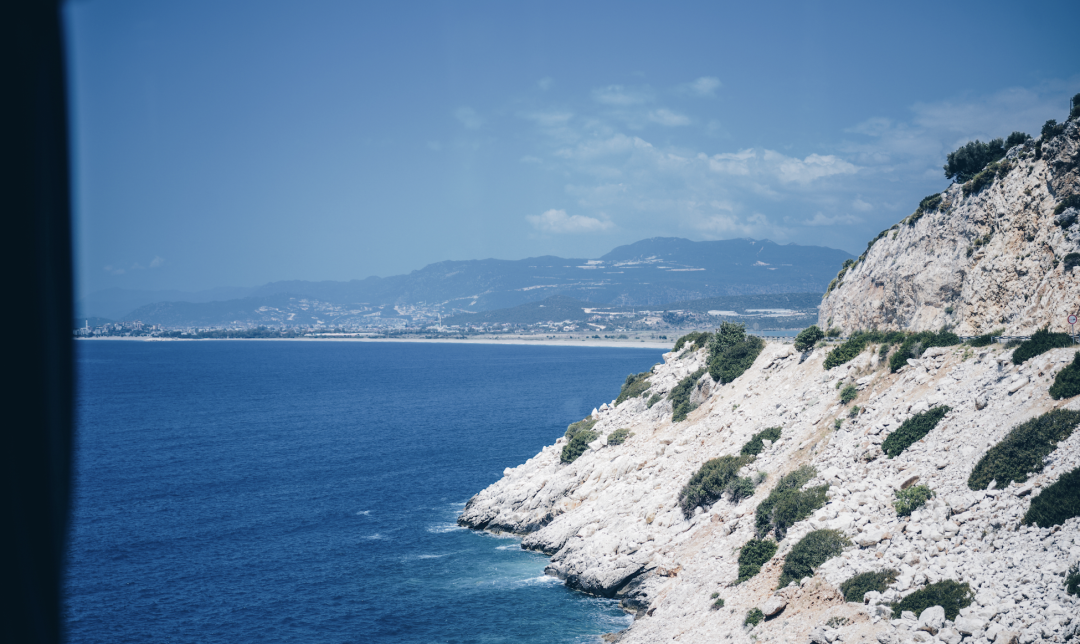
**Day 6 – Antalya to Konya to Cappadocia (by bus for about 8 hours)**: Overnight at a five-star hotel in Cappadocia.
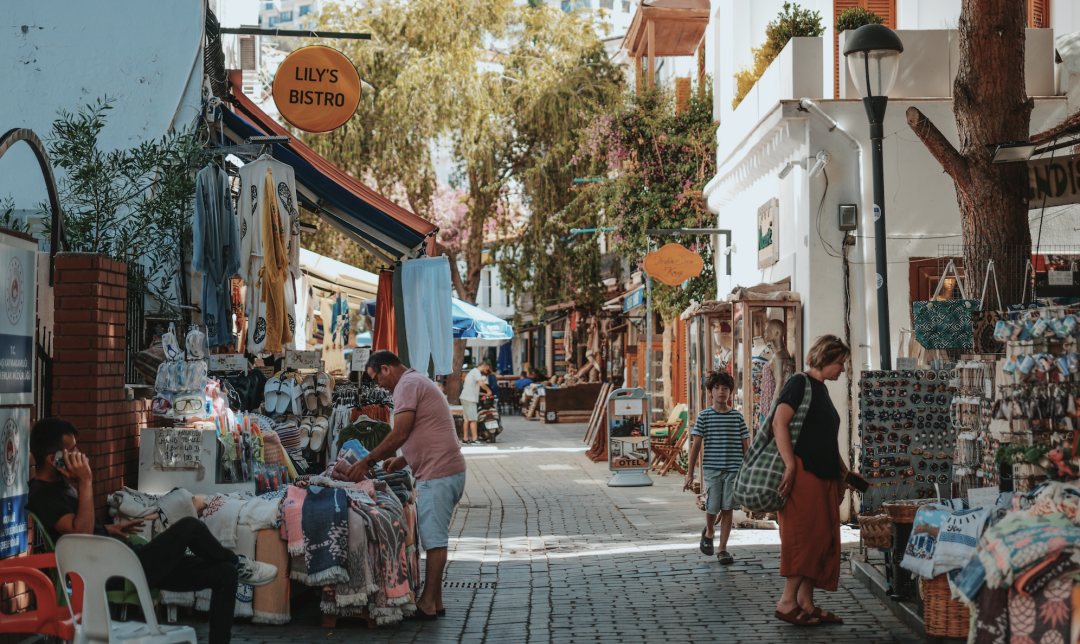
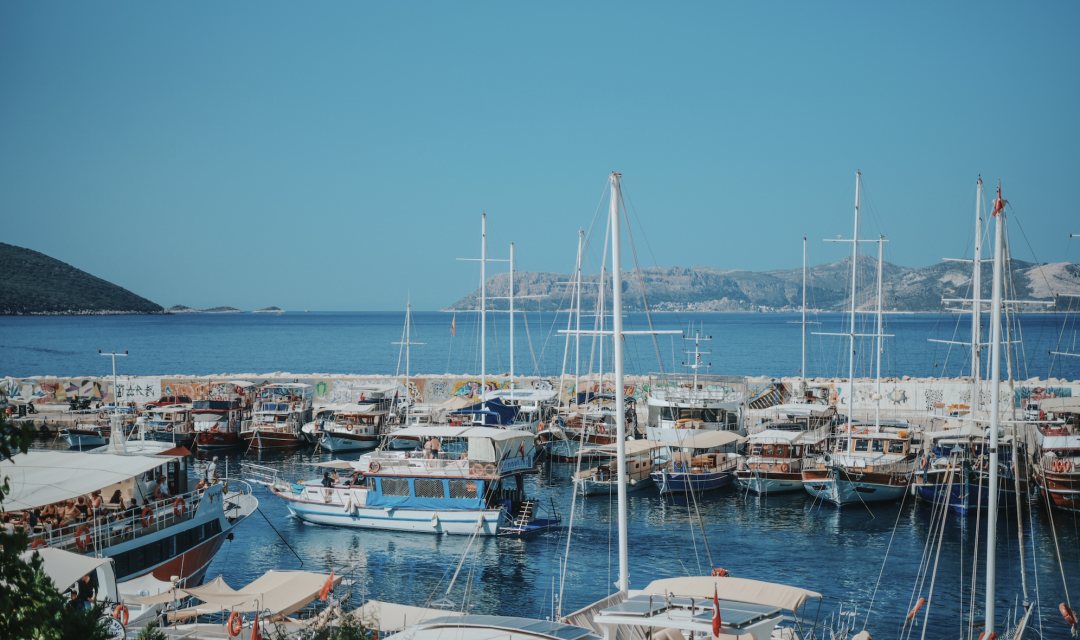
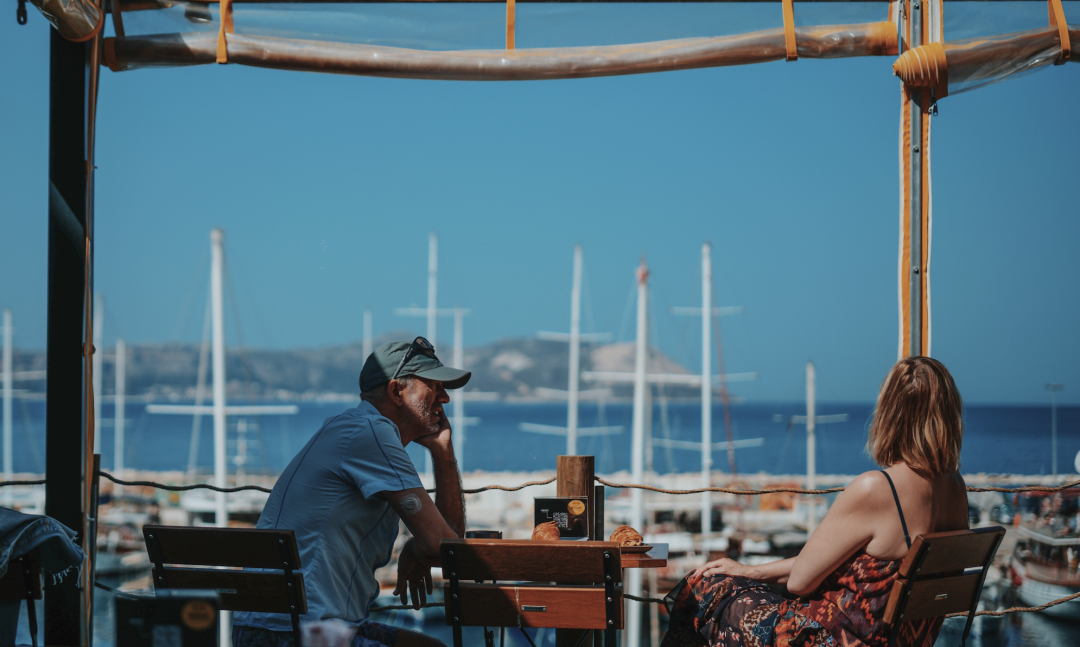
This was the longest driving day, as it entailed a full 8 hours on the bus, making it one of the less enjoyable experiences of the entire tour. The length of the bus rides throughout the tour can be particularly taxing, especially with three consecutive days of lengthy travel.
Konya is known as the birthplace of the Turkish Whirling Dervishes, a stop where we enjoyed lunch.
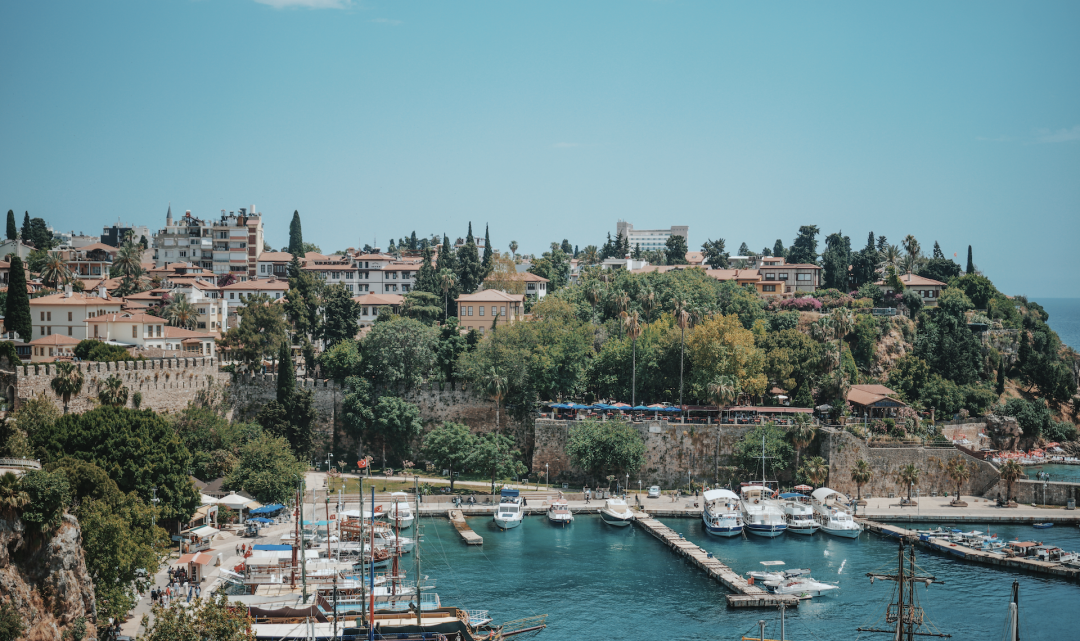
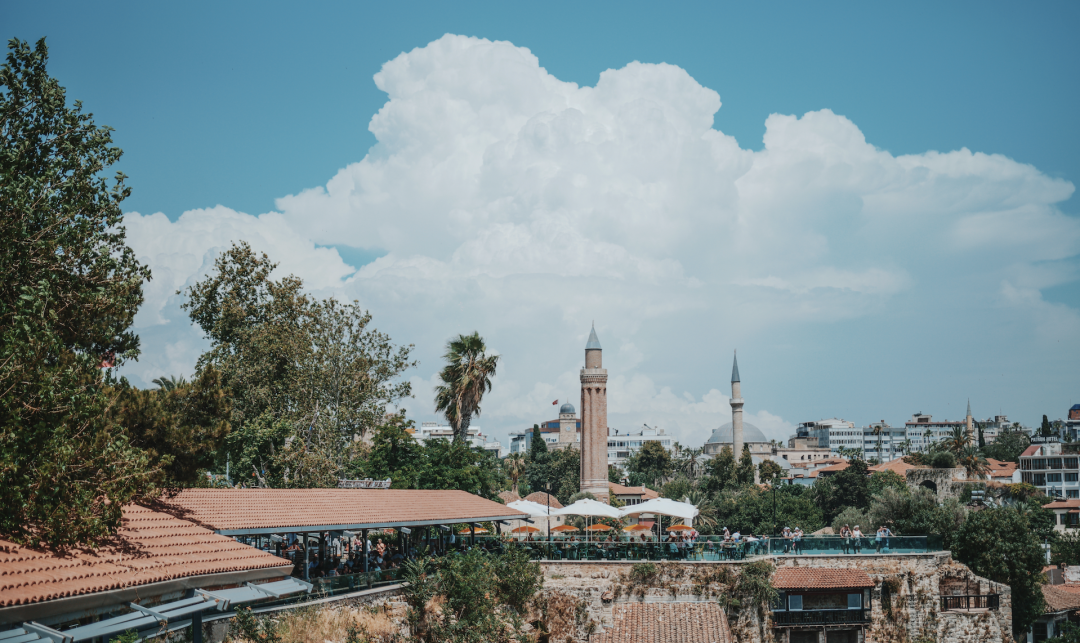
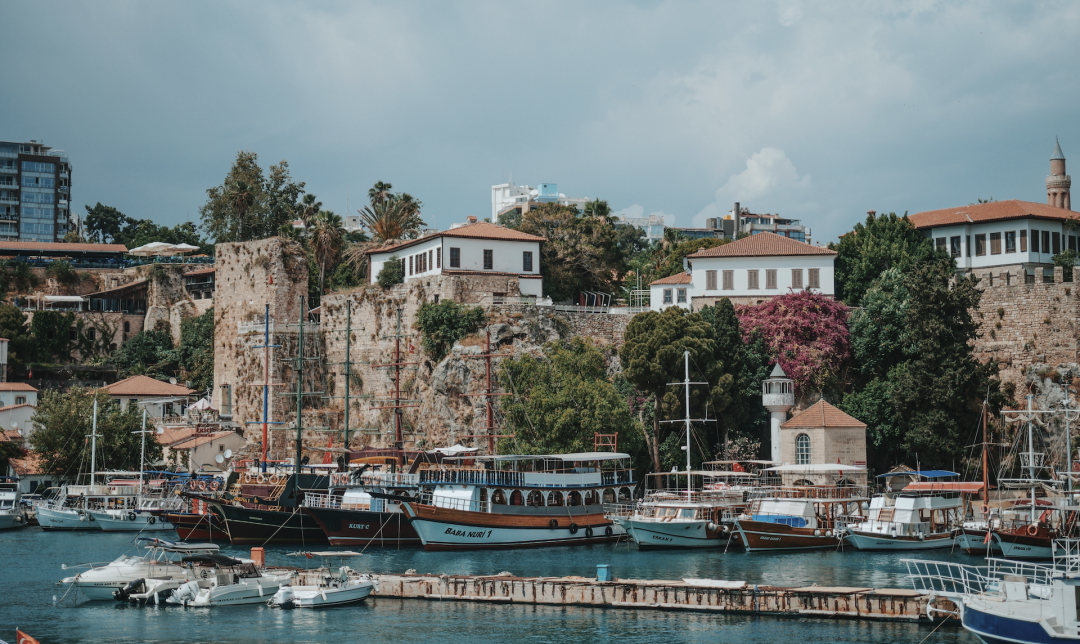
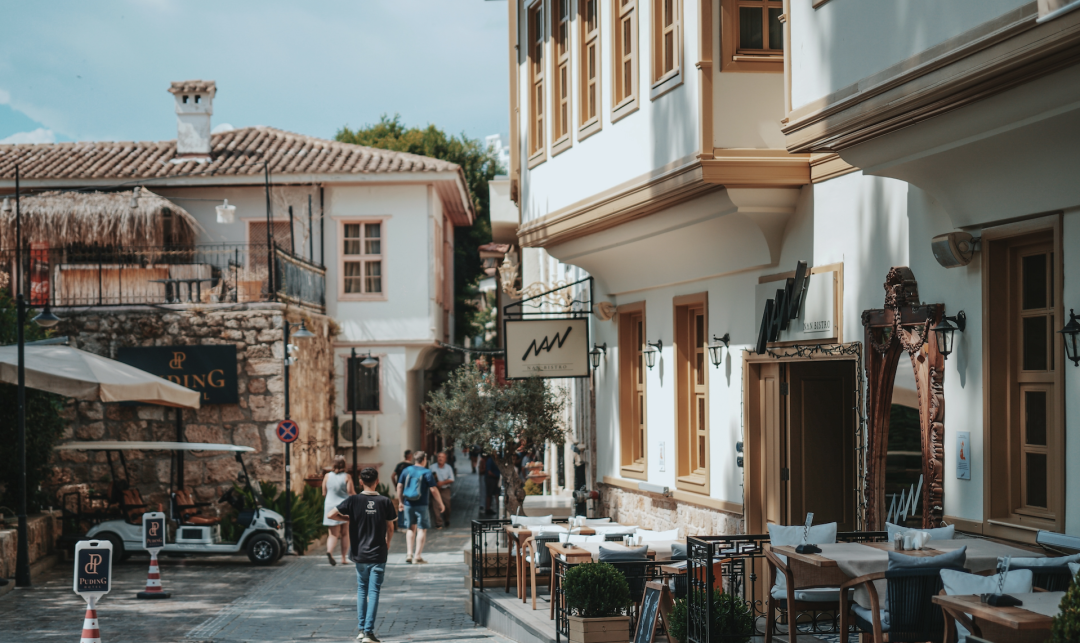
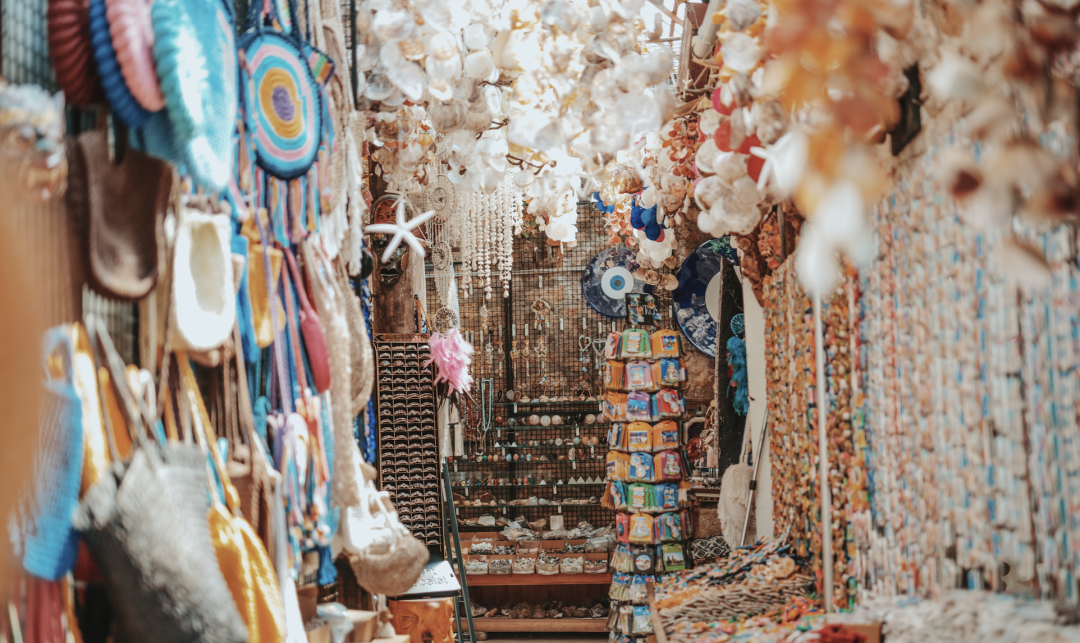
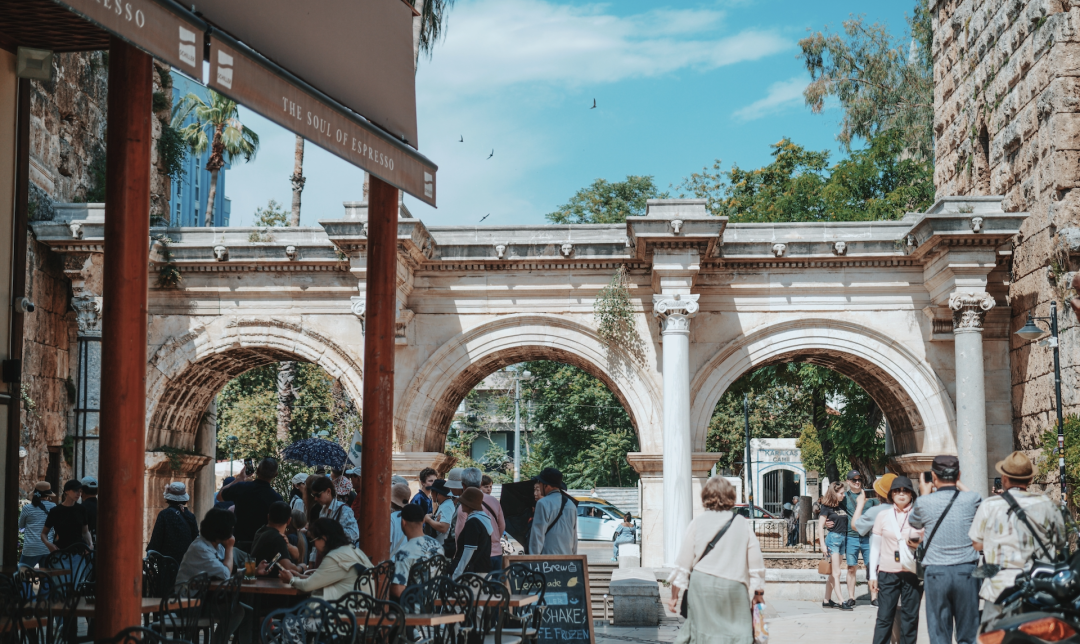
The Mevlana Museum is famous worldwide due to the Turkish saint Mevlana. The museum, although compact, is adorned with beautiful ancient Qurans, instruments, and memorial items related to whirling dances.
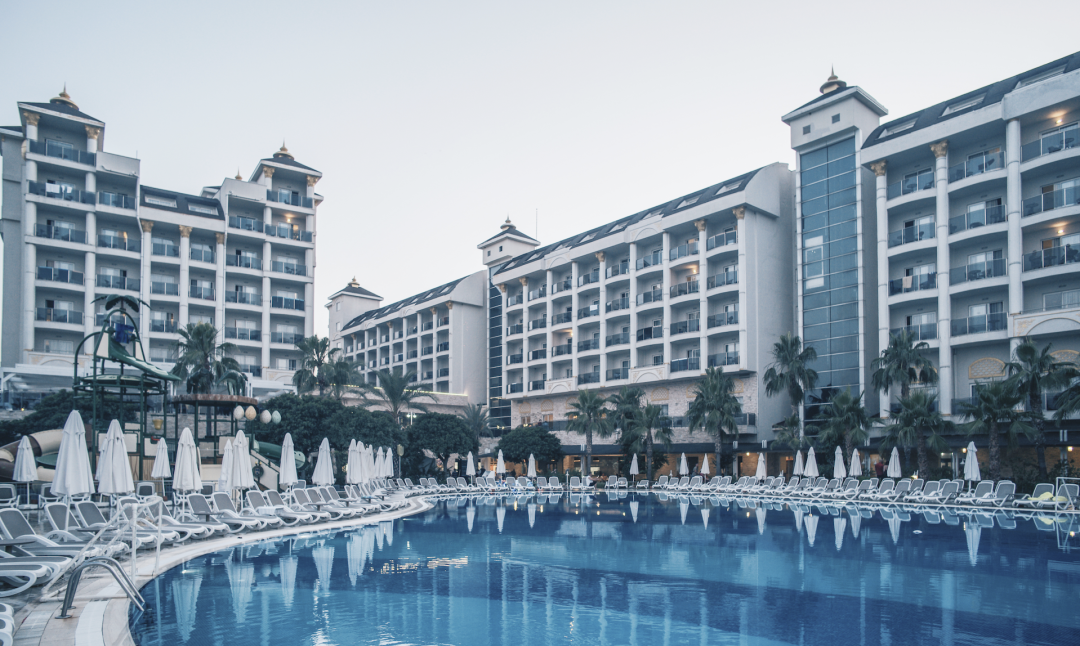
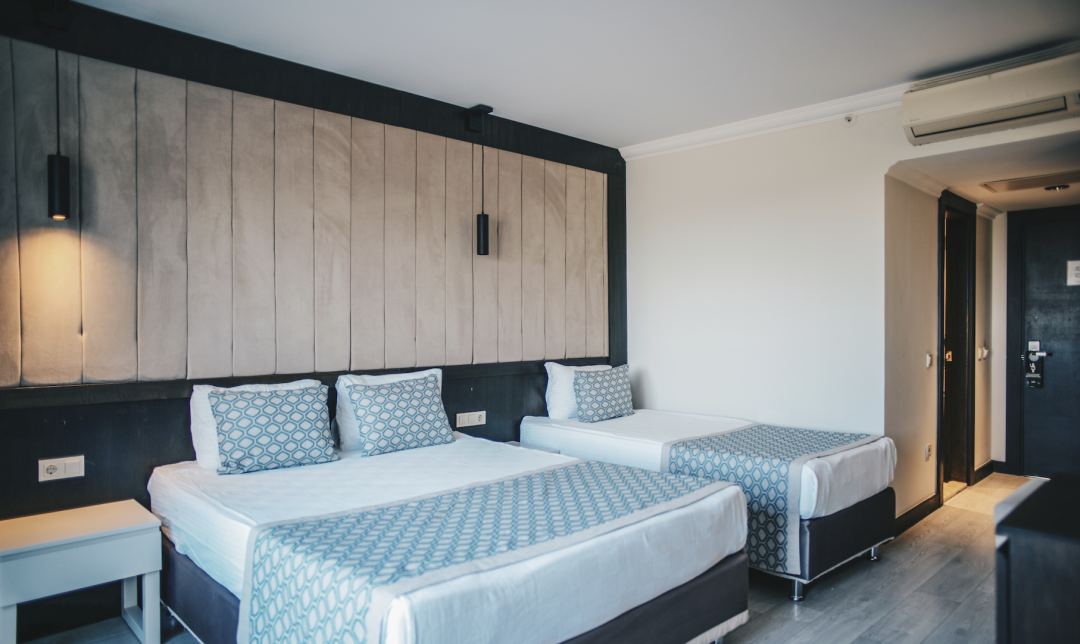
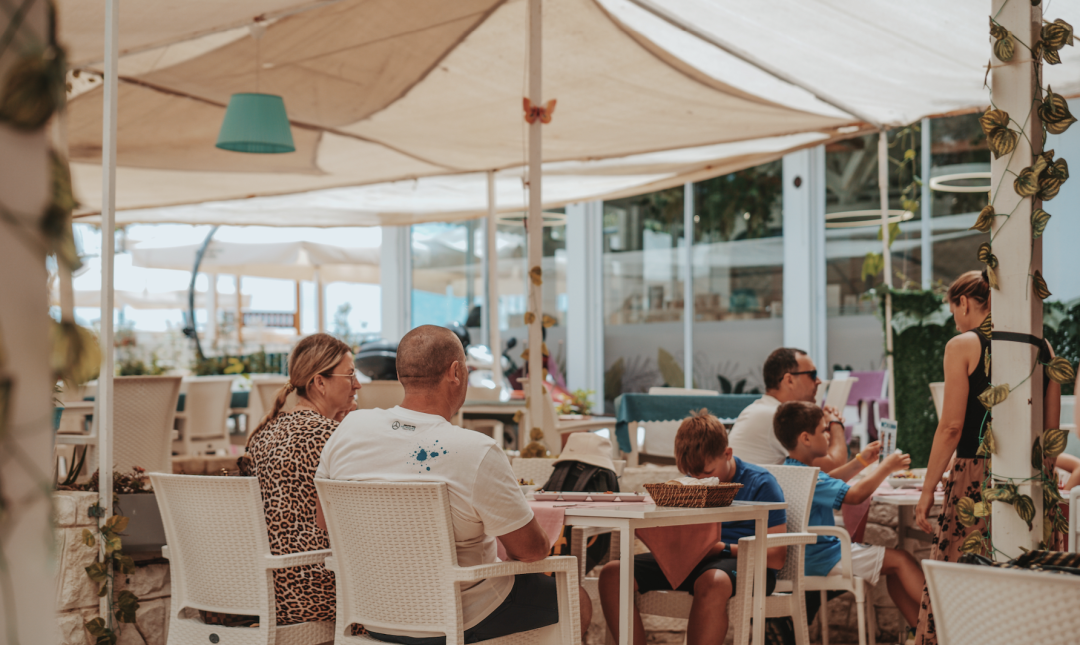
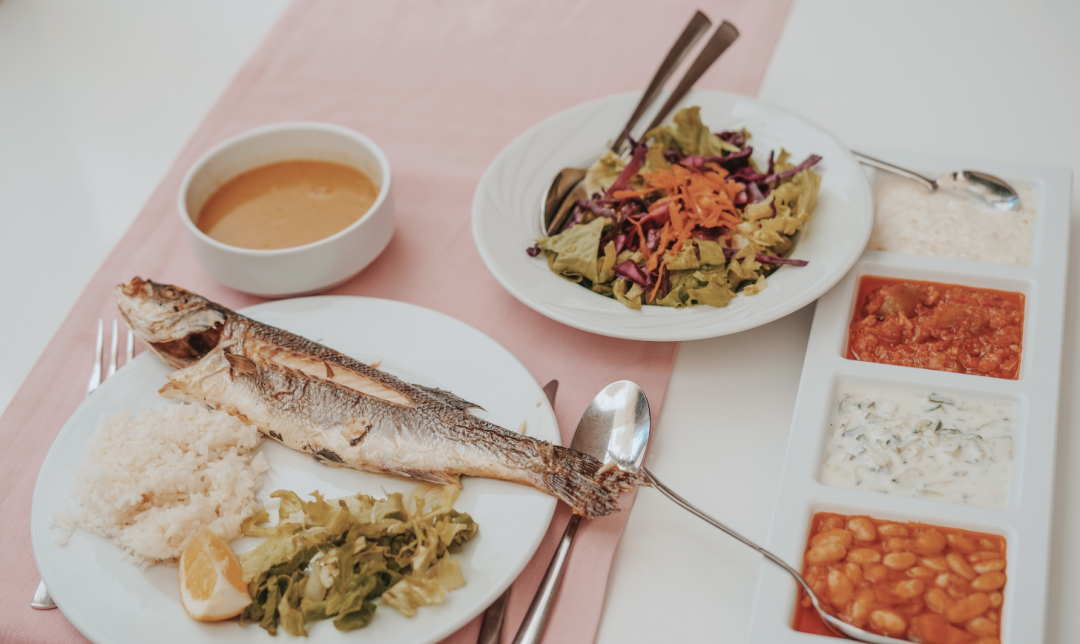
Our accommodation for the night was at a reliable five-star hotel in Cappadocia, specifically at the Ramada.
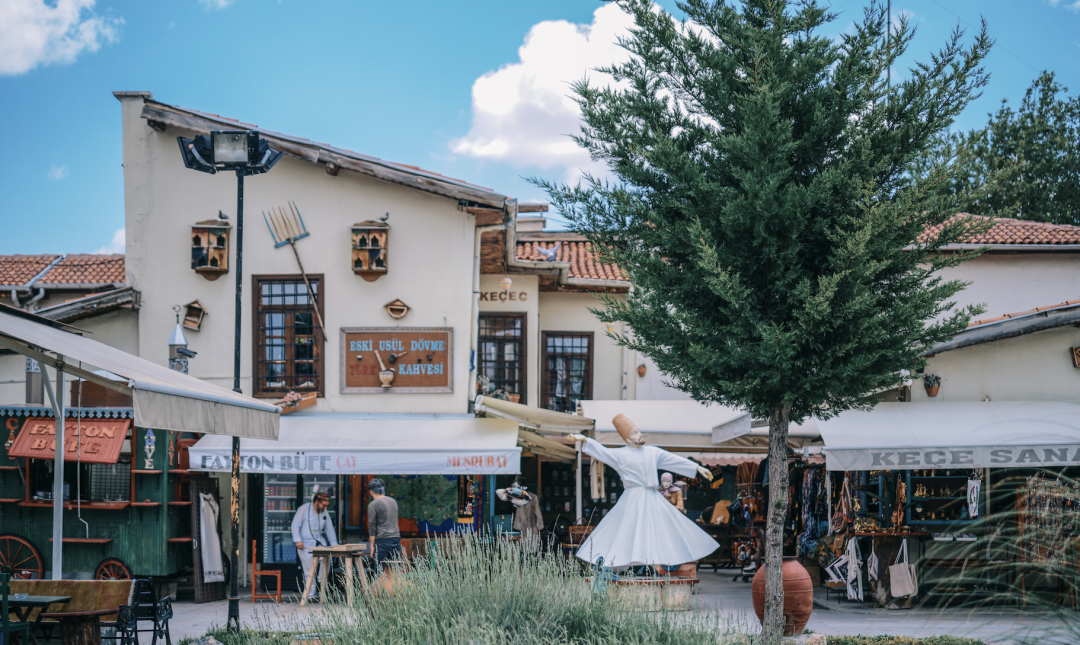
As for meals, we enjoyed local traditional pizza for lunch (which we found to be delicious), followed by dinner at the hotel.
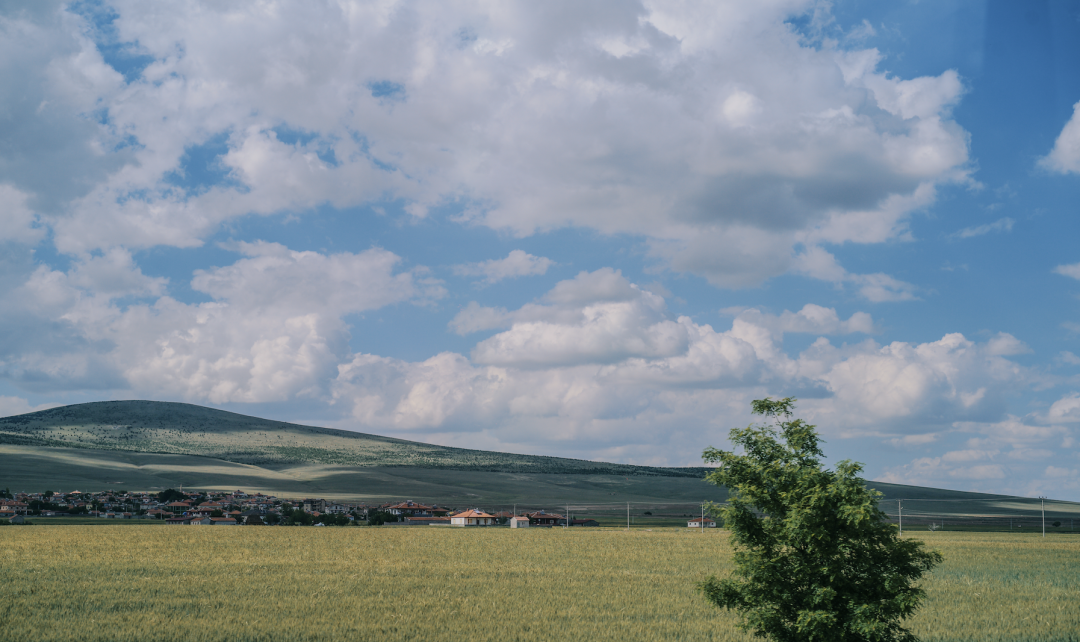
**Day 7 – Cappadocia**: Göreme Open Air Museum, Uçhisar Castle, Pigeon Valley, Göreme Viewpoint, and a vintage car tour. Overnight in a cave hotel in Cappadocia (non-starred).
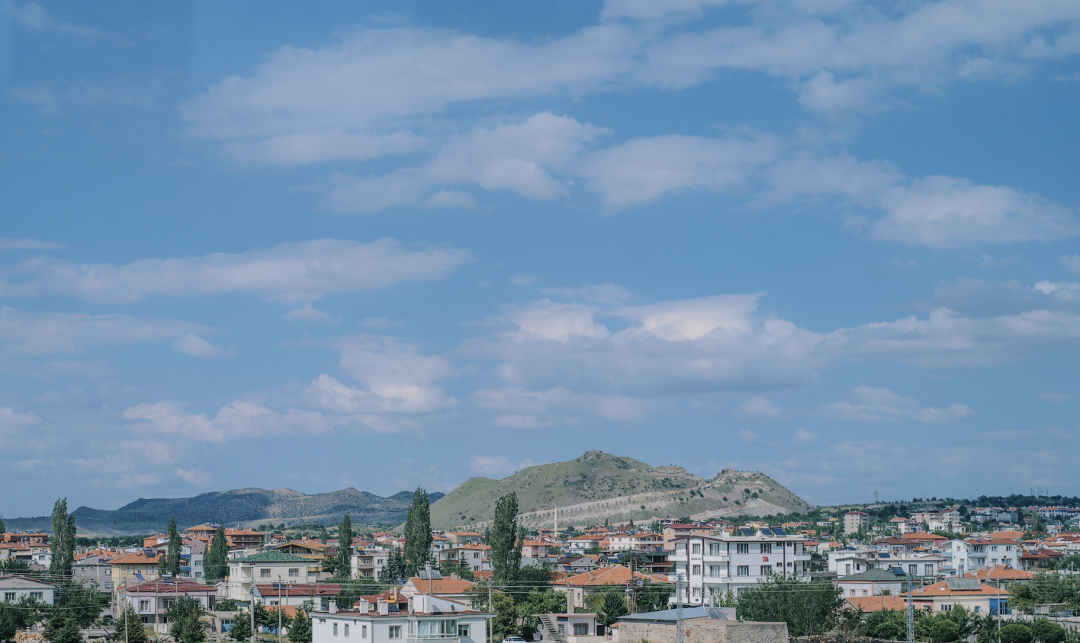
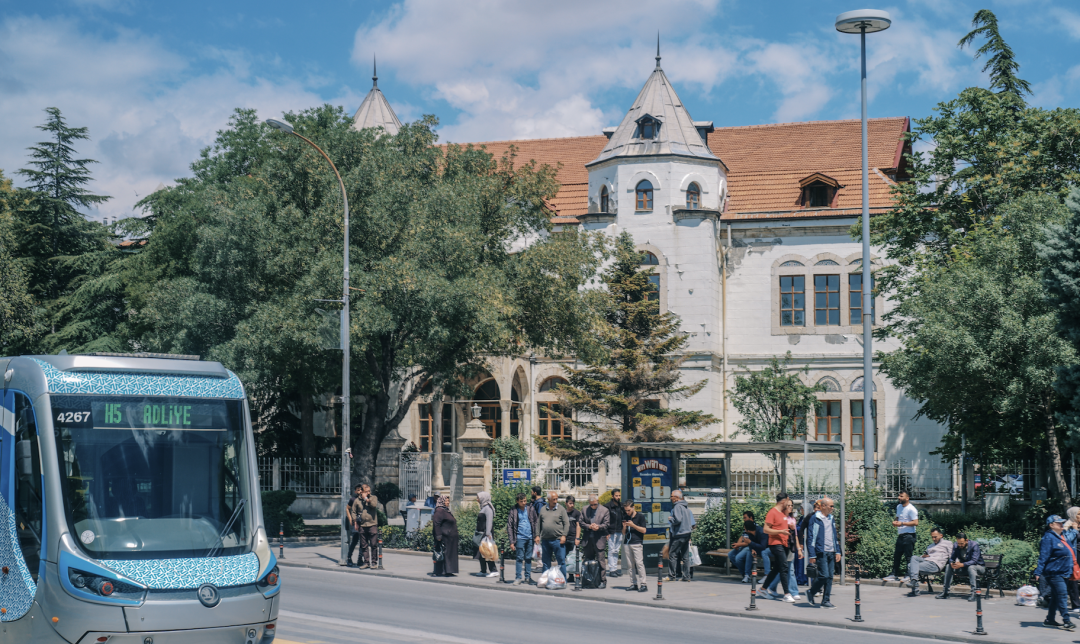
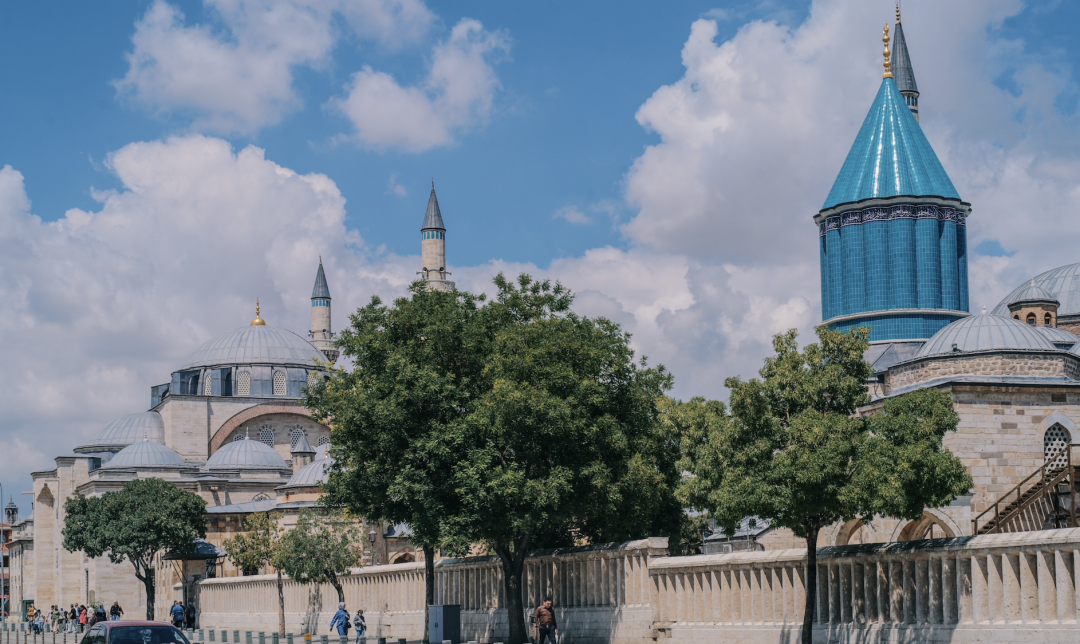
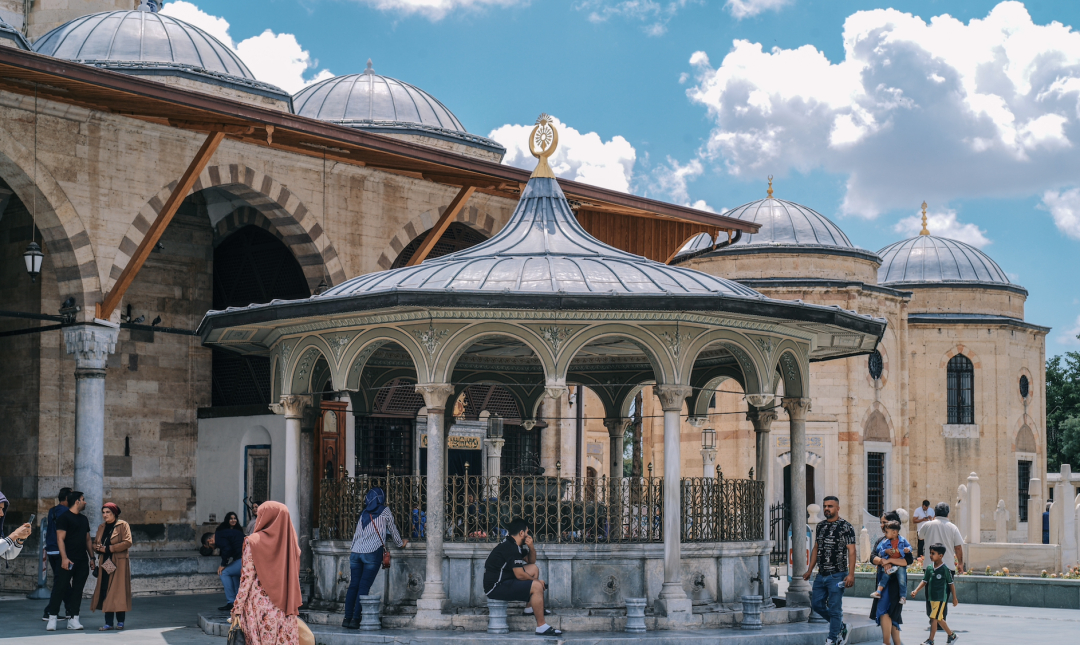
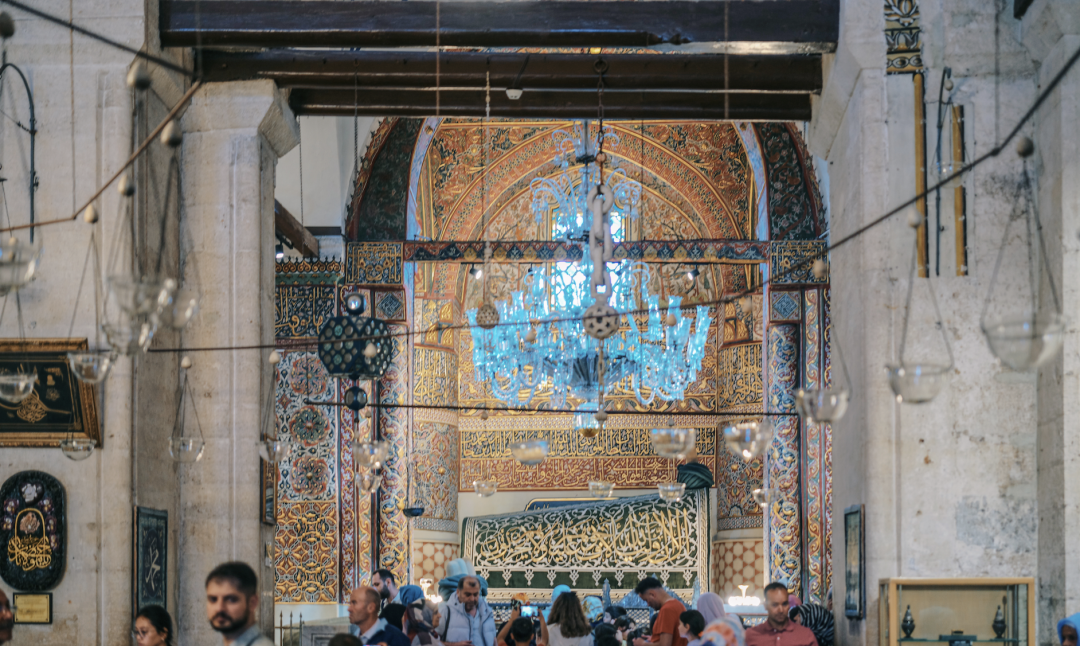
This day was incredibly fulfilling, as we awoke at 4 a.m. to experience a hot air balloon ride, the only optional self-funded activity of the entire itinerary (it is not mandatory, and you can choose to sleep in at the hotel instead).
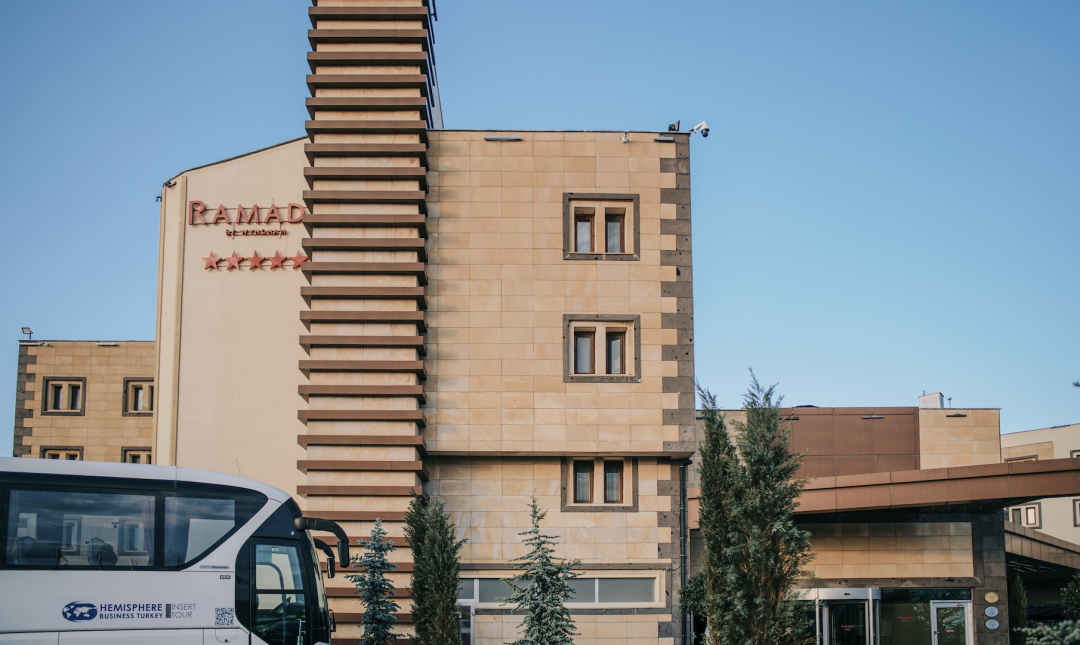
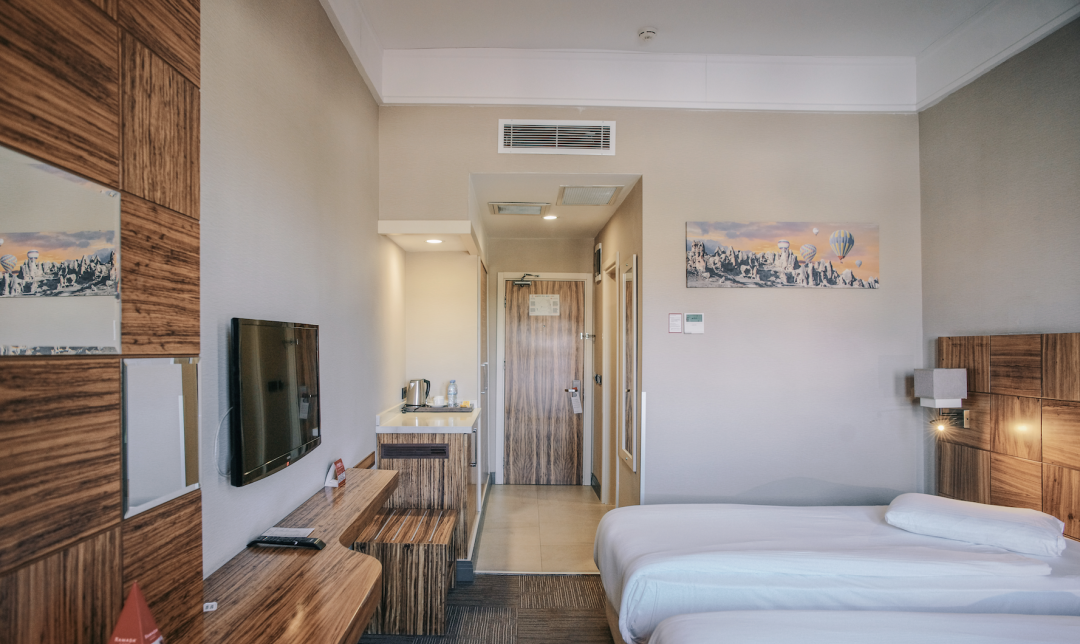
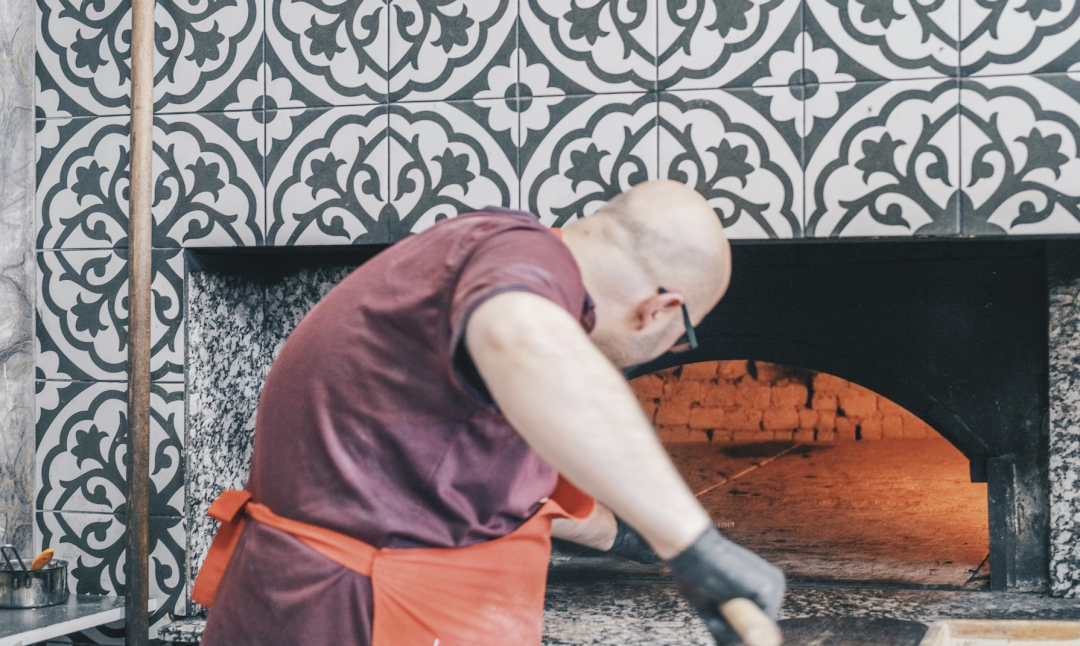

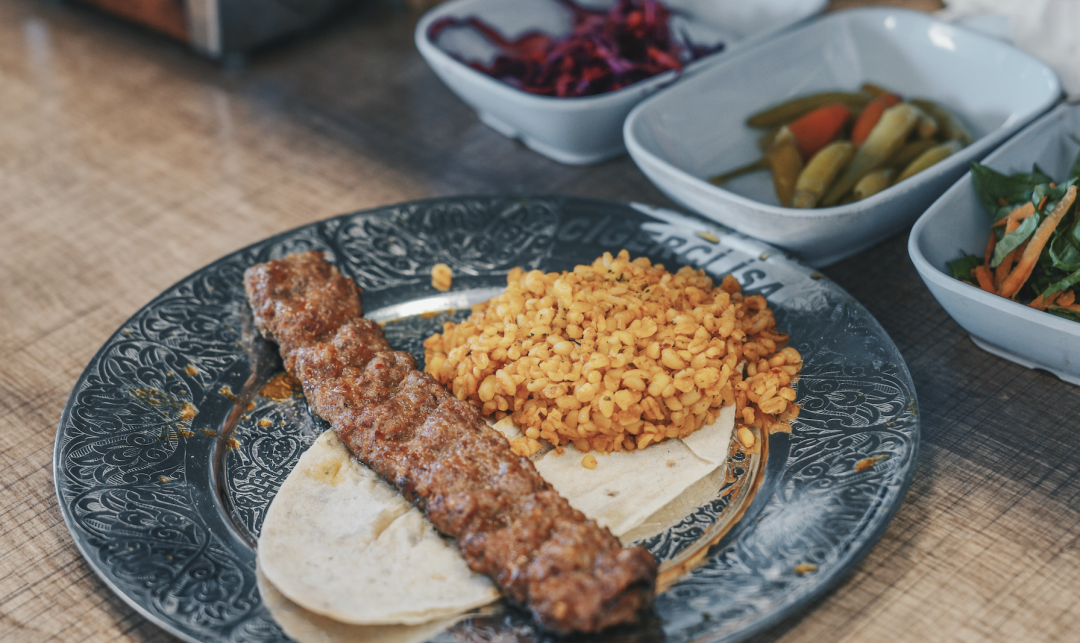
Around 4 a.m., our hot air balloon operator would pick us up from the hotel and provide a simple breakfast (juice and bread). After a brief drive, we arrived at the launch site to witness the impressive preparation of the hot air balloons. The size of the balloons is astounding, and during this time, you can take photos with the balloons before take-off.
The entire hot air balloon experience lasts about 45 minutes to an hour, including ascent and descent. Each balloon can accommodate 18 people, divided into small compartments with 3-4 people each. Hot air balloon rides are weather-dependent, and we were fortunate to enjoy favorable conditions.
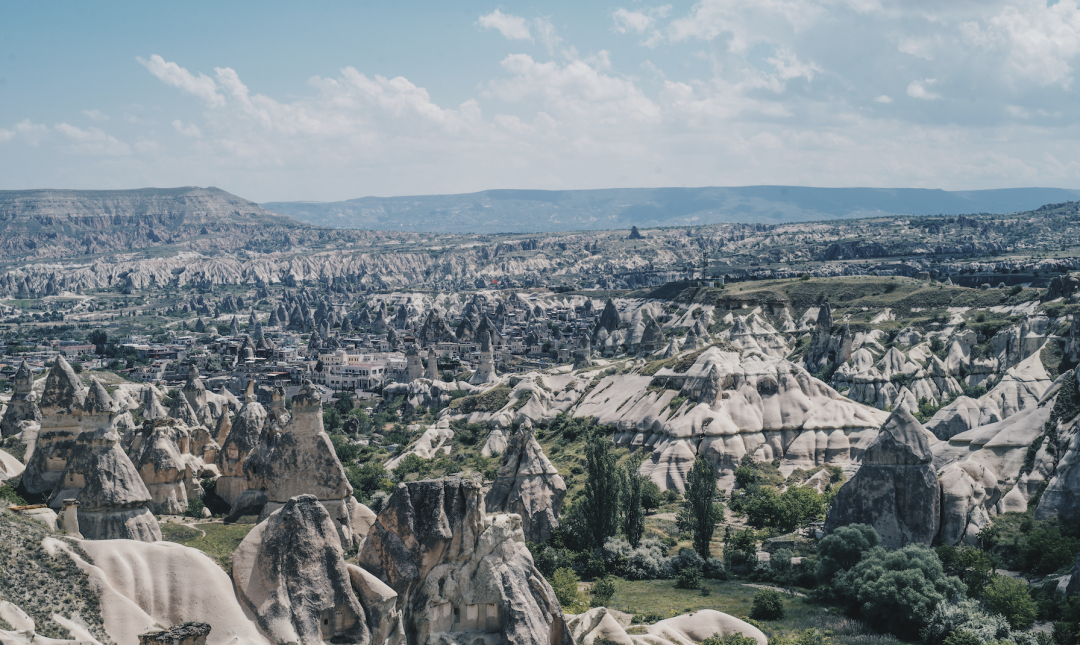
I will share some animated gifs because the views were exceptionally beautiful!
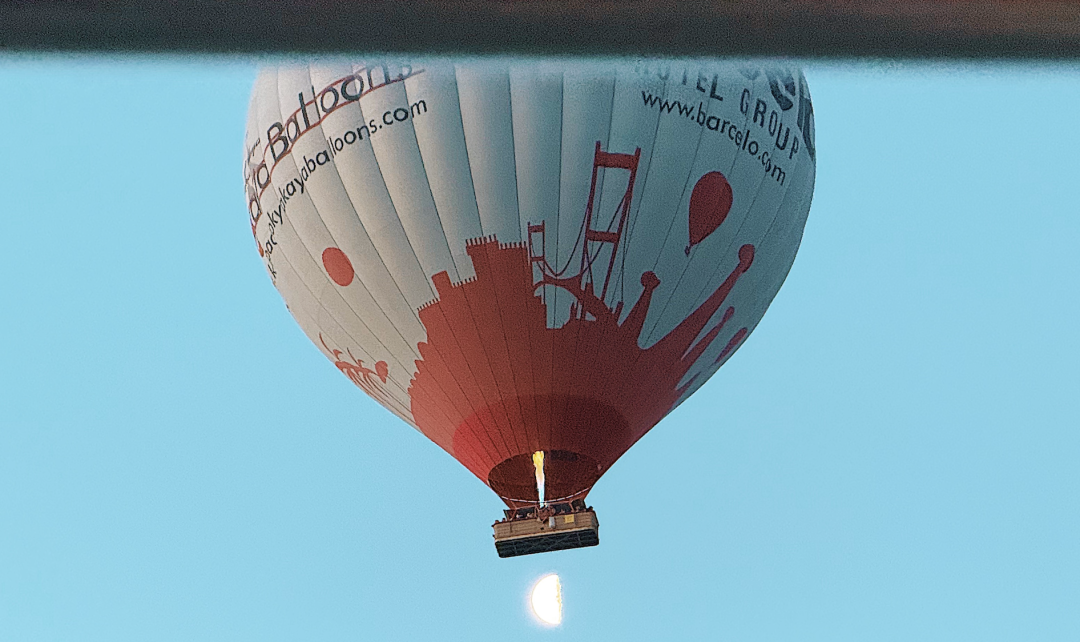
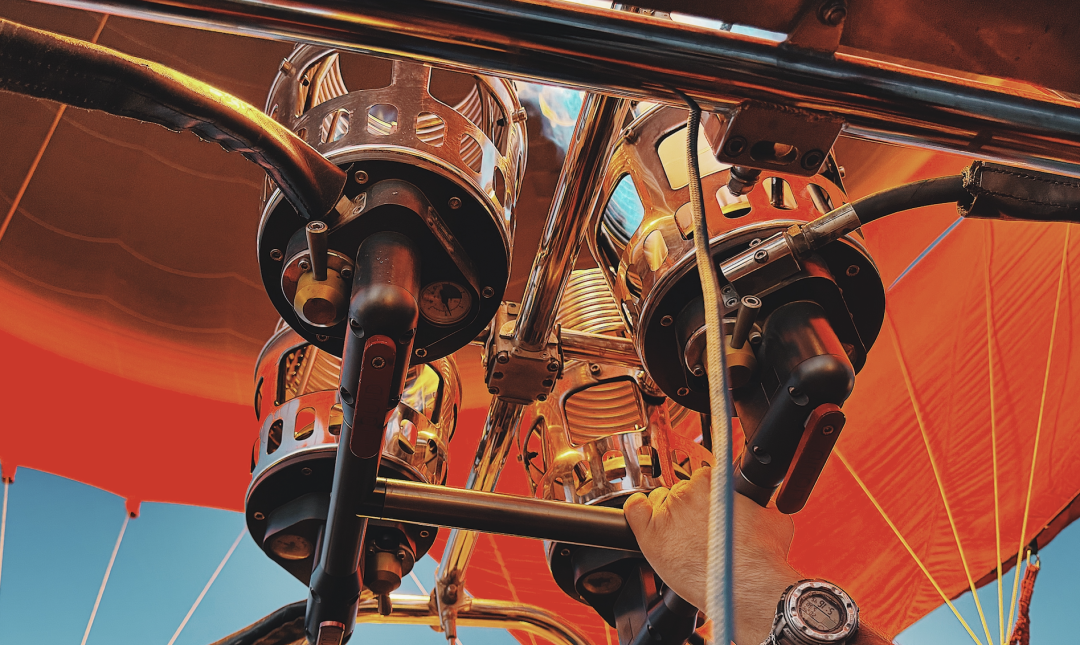
After the flight, a small celebration awaits, complete with a certificate presentation and champagne toasting. We returned to the hotel around 7 a.m. Thus, not participating in optional activities will not affect your overall experience. We booked directly through the tour for 280 USD, but if you self-arranged or booked through your hotel reception, it could generally be acquired for just over 100 euros, resulting in a substantial saving. We booked through the group primarily out of social considerations, as well as the guides being friendly.

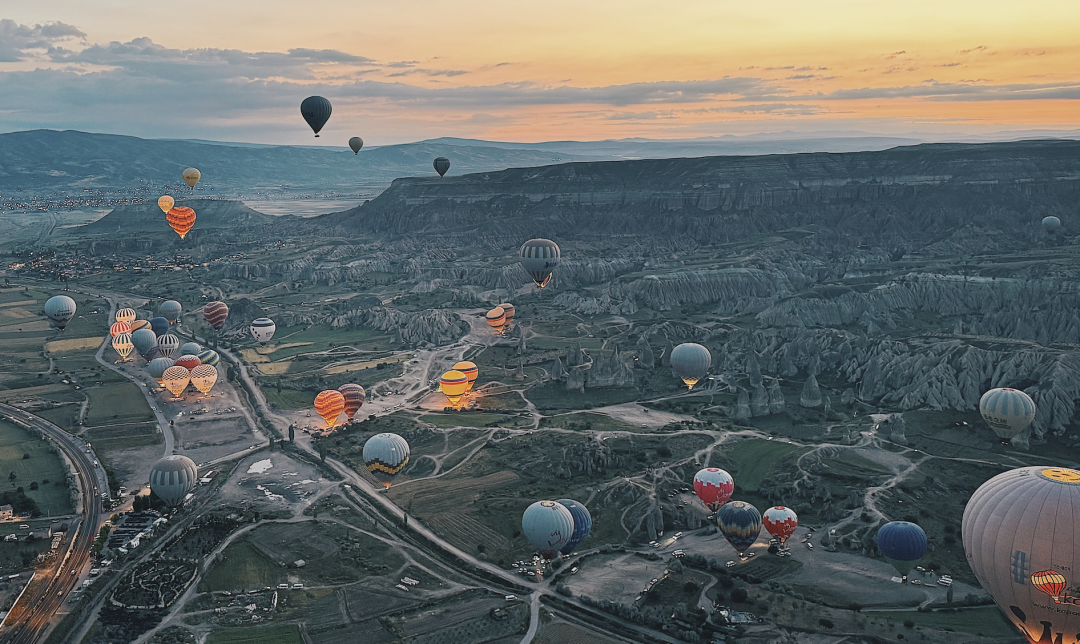
Next, we explored Pigeon Valley, a location featuring countless pigeon holes in the cliffs. You can feed and photograph the pigeons, which dance beautifully against the backdrop of Göreme Town and its unique geology.
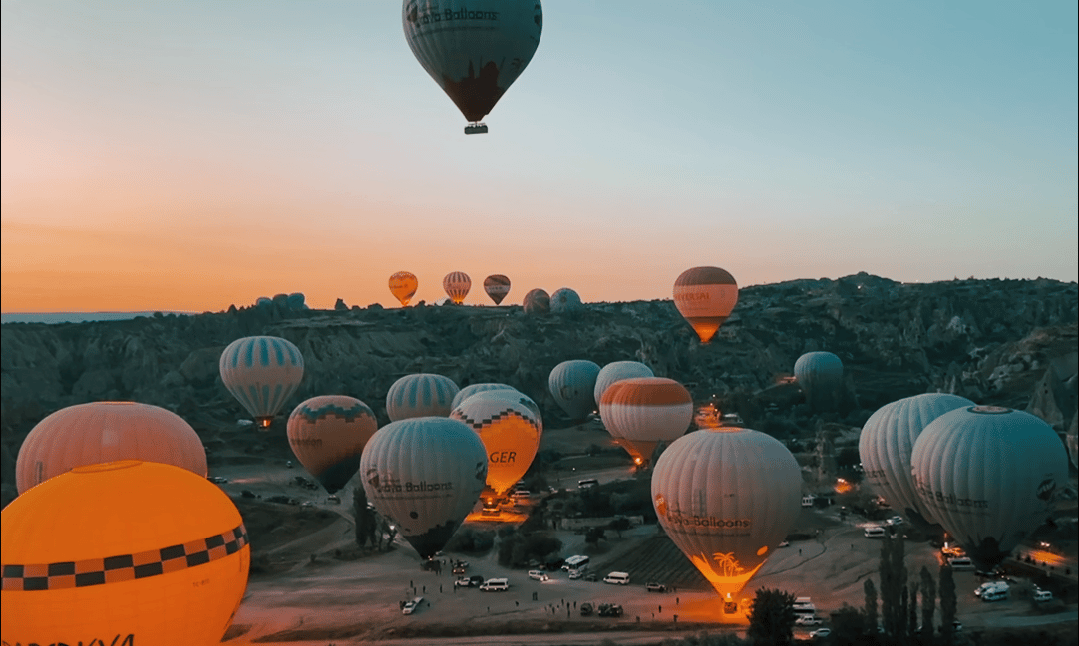
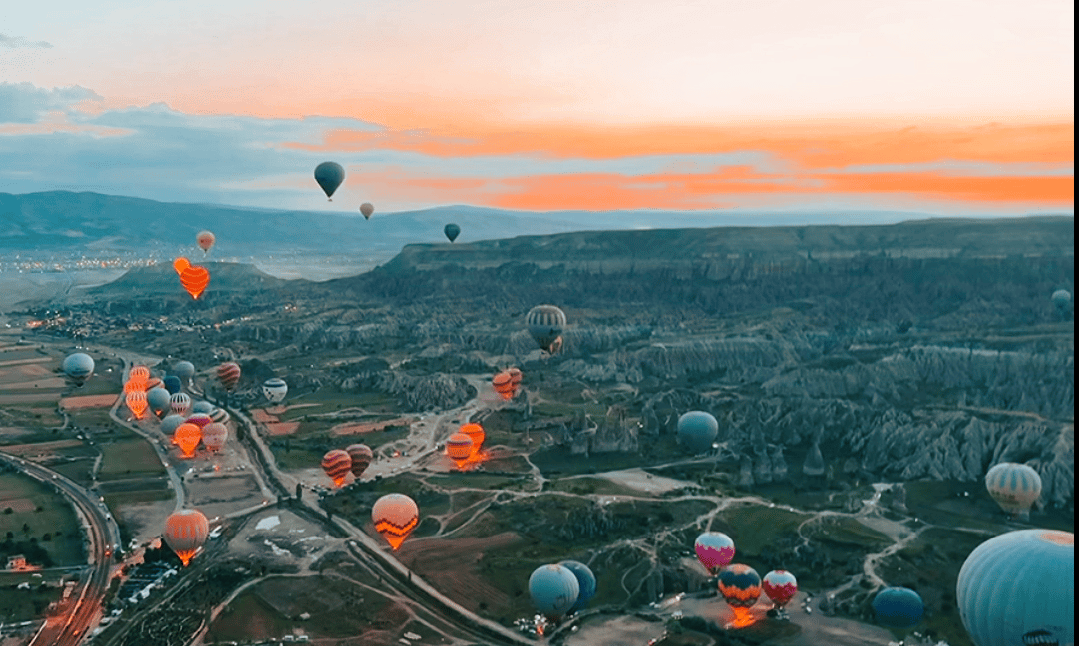
From the vantage points, you can gaze over Göreme, appreciating its distinct architecture against the stunning landscape. In the distance lies Uçhisar Castle, a phenomenal sight.
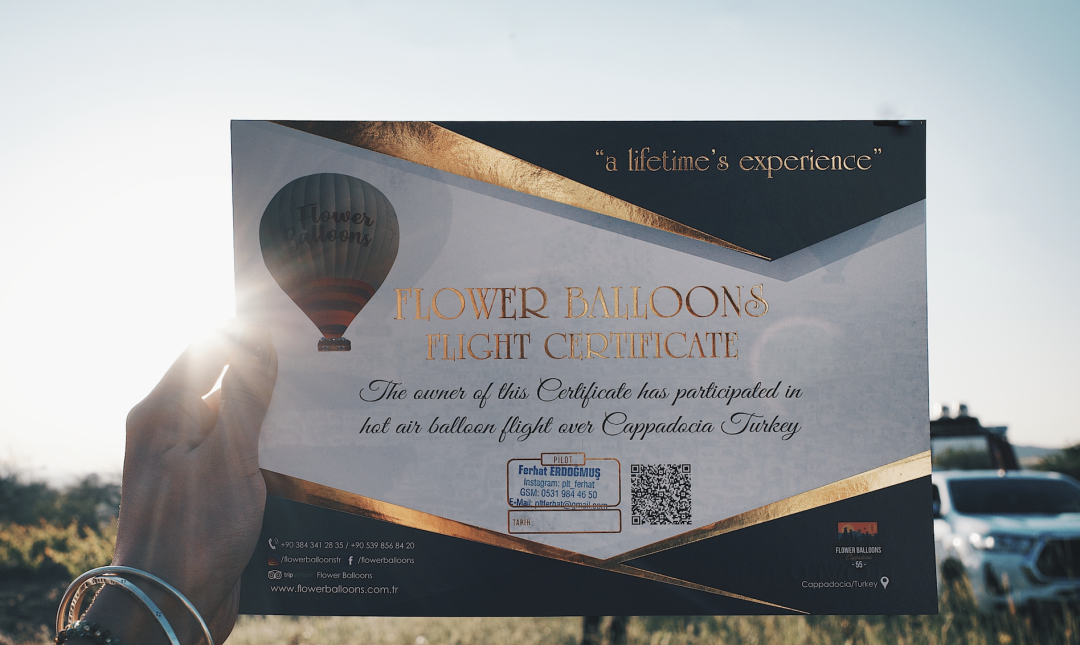
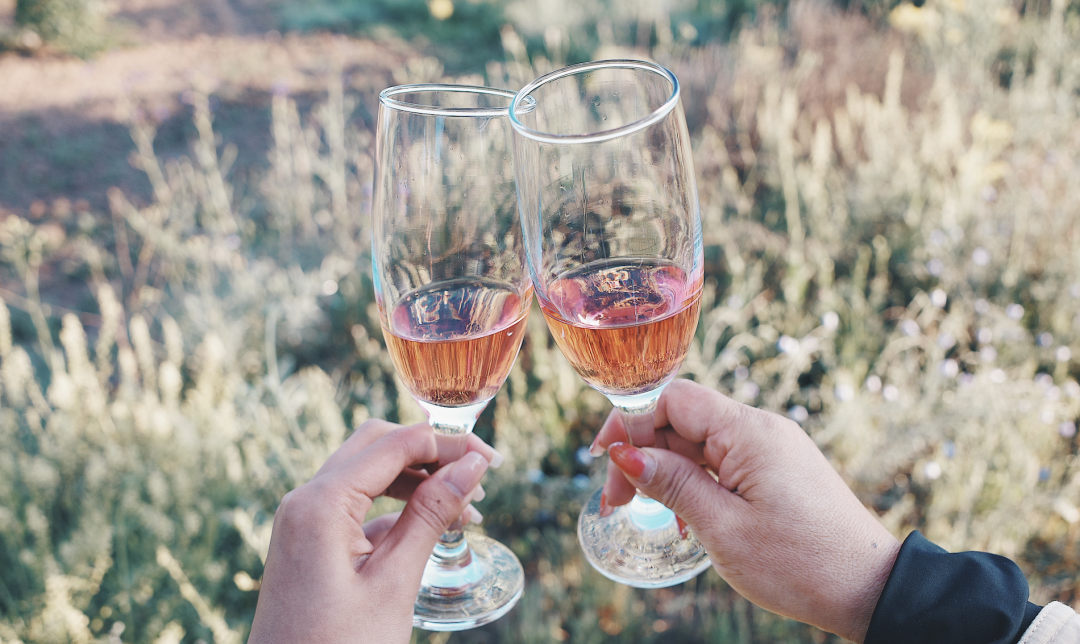
The Göreme Viewpoint is a flat, elevated area beside the main road of the town, which our guide claimed is the best viewpoint in Cappadocia.
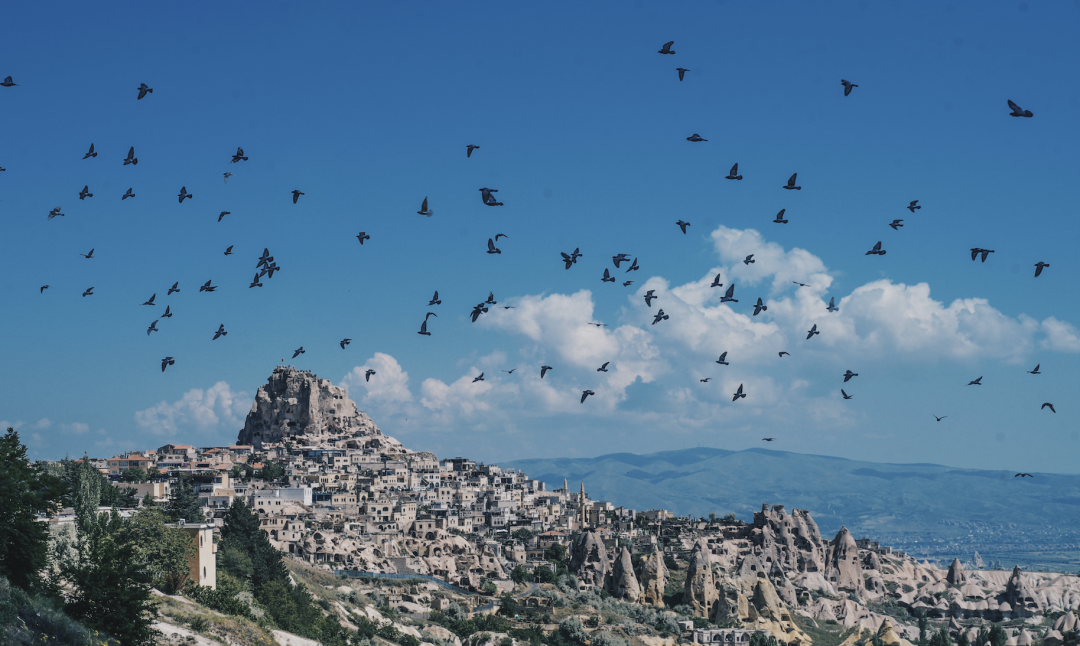
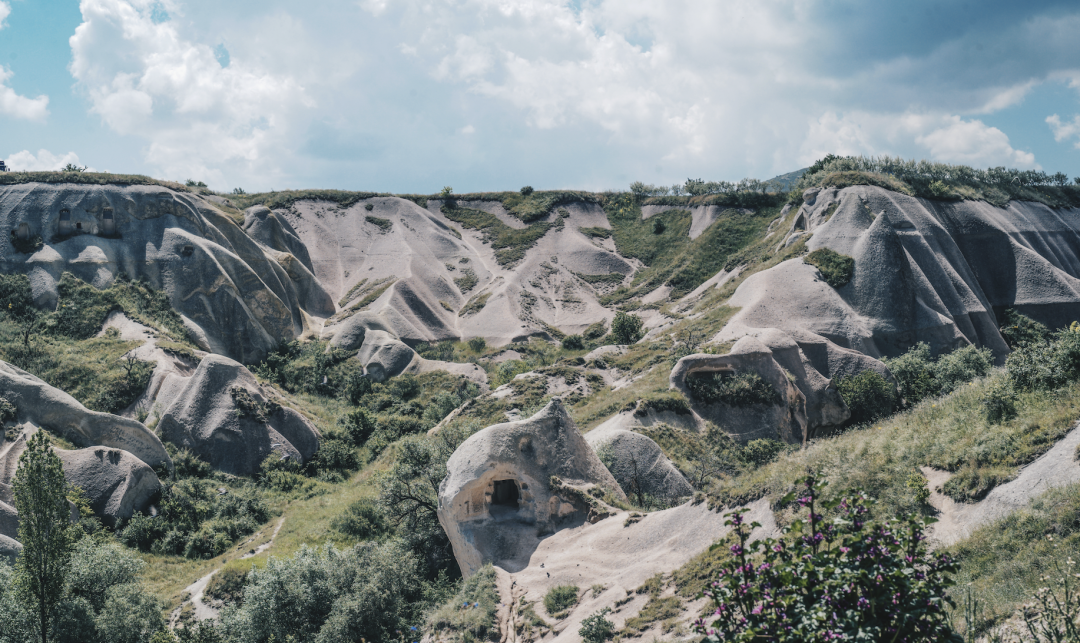
The Göreme Open Air Museum is a vast outdoor complex that served as a monastic settlement long ago. Developed between the 9th and 11th centuries, it contains kitchens, restaurants, churches, and a total of 14 churches—some of which do require an entry fee. The most beautiful of the free churches is the Apple Church.
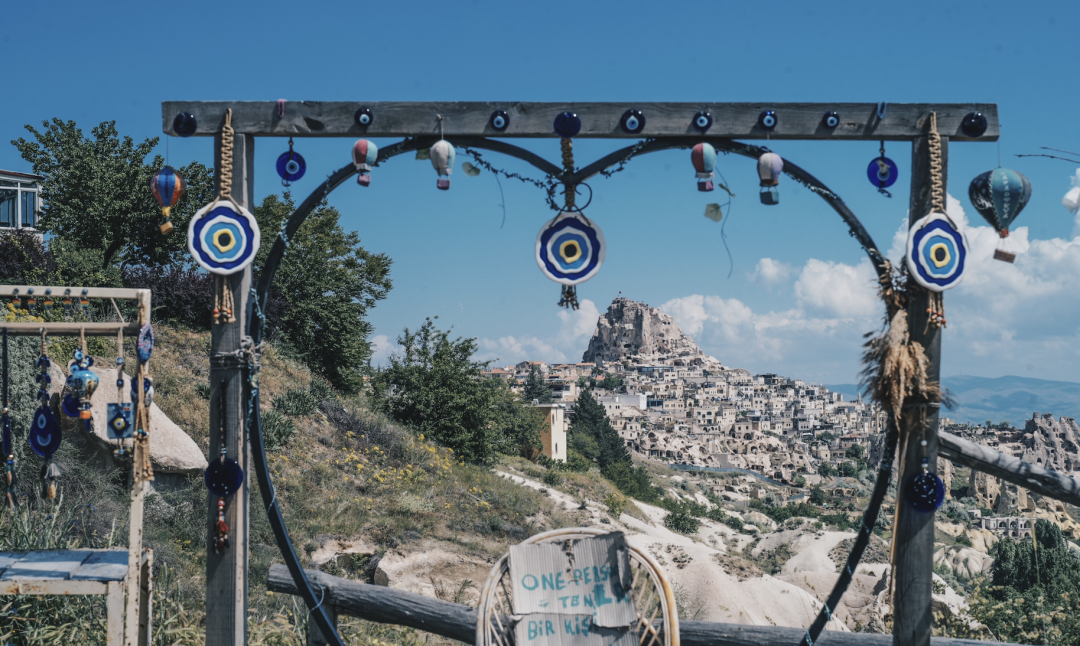
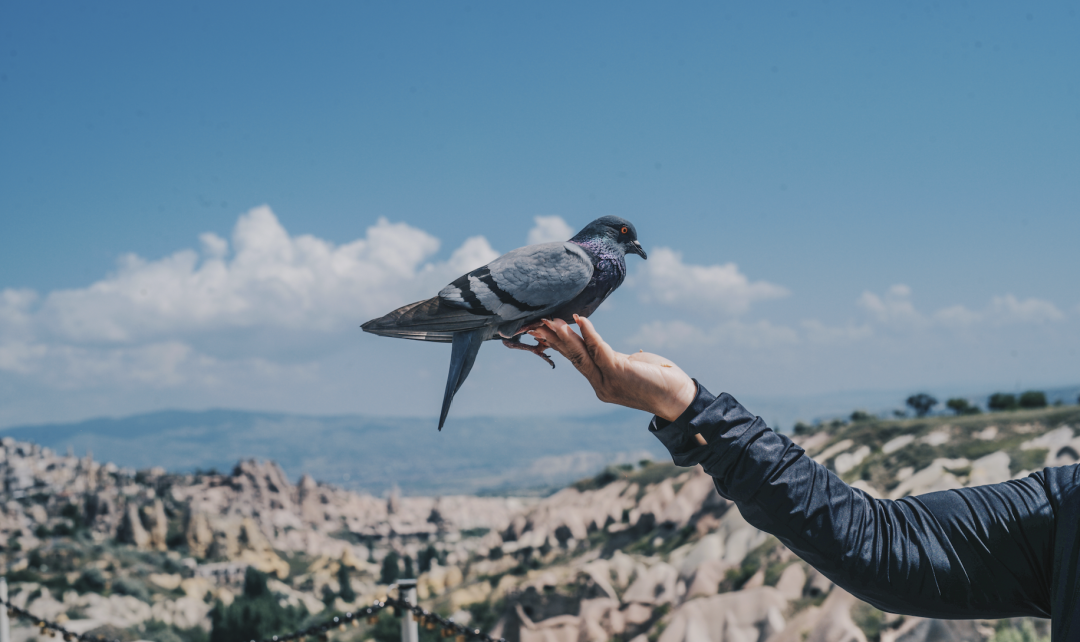
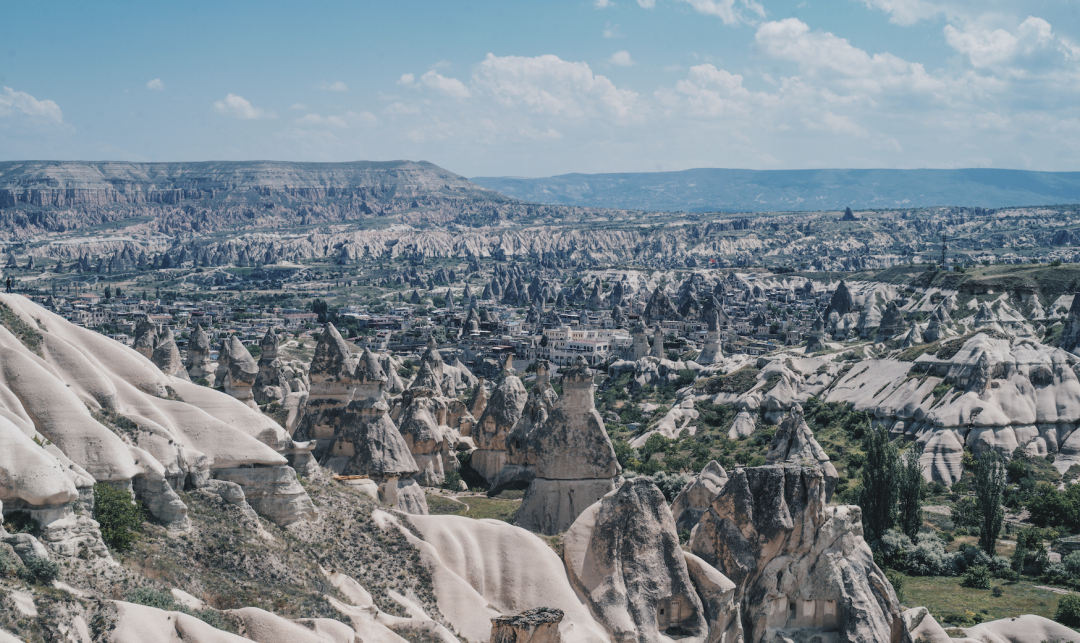
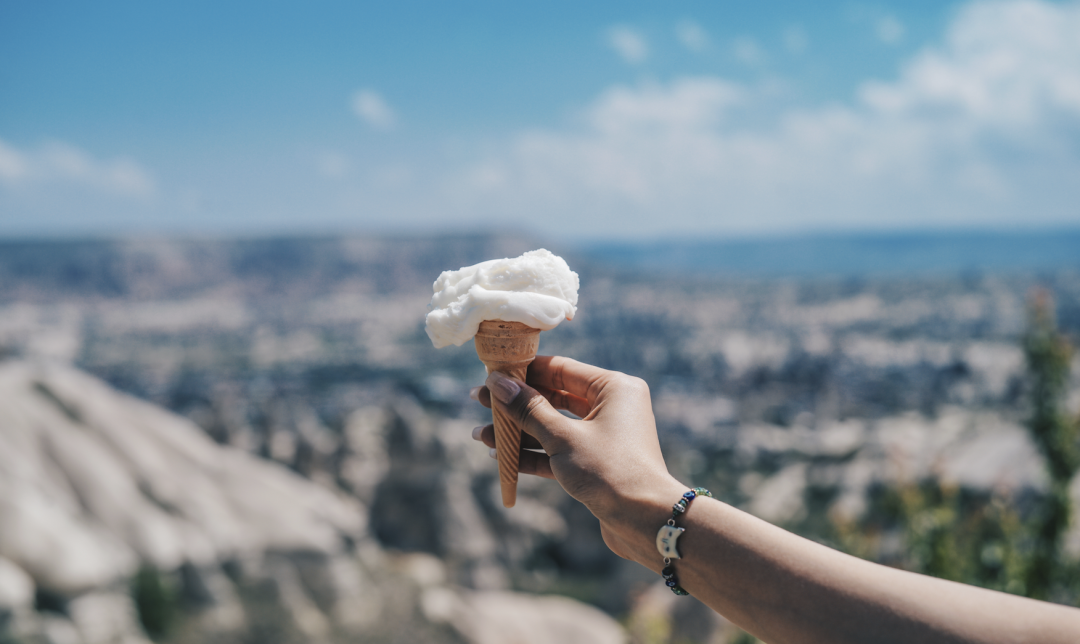
Included in the itinerary is a vintage car sightseeing tour. Riding a classic car older than ourselves, we explored the Sword Valley and Love Valley, experiencing Cappadocia’s unique landscapes while snapping pictures with the vintage vehicle. The Turkish people sure know how to have fun.
Afterward, we had free time in Göreme Town. Among the four towns in Cappadocia, Göreme is the most central, featuring cave-themed hotels and cave restaurants. Visitors can shop around, grab a coffee, or enjoy some tea.
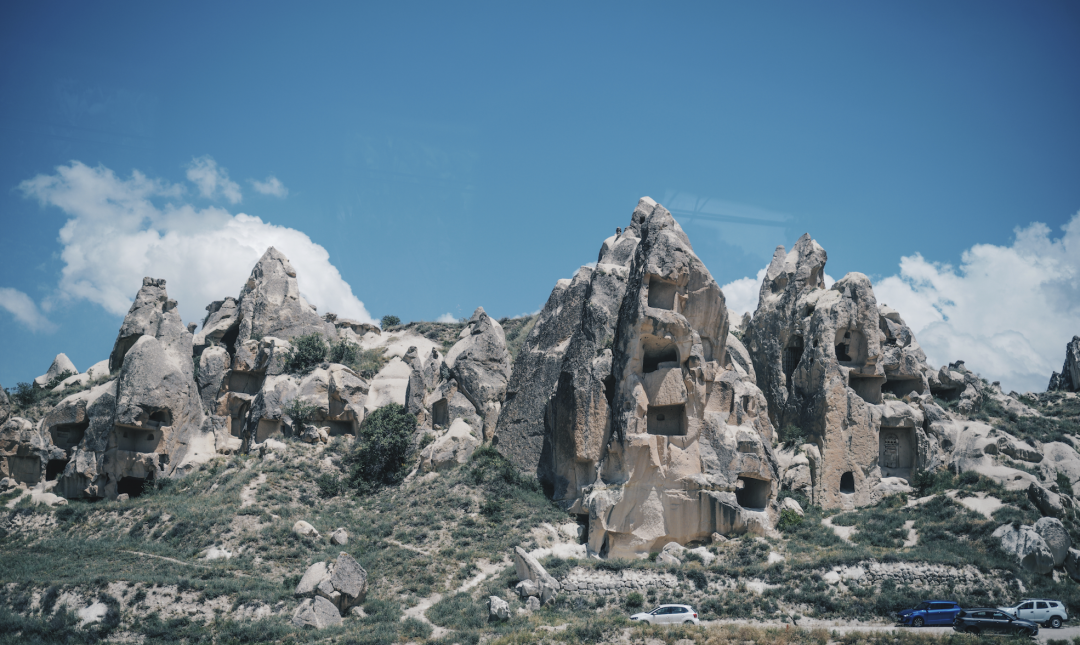
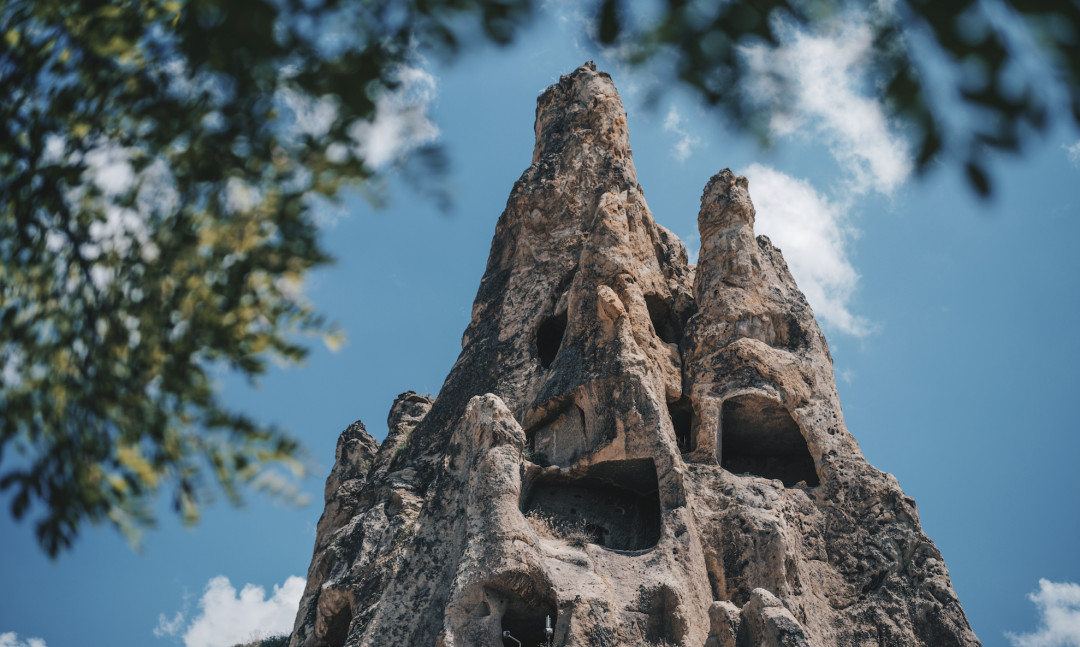
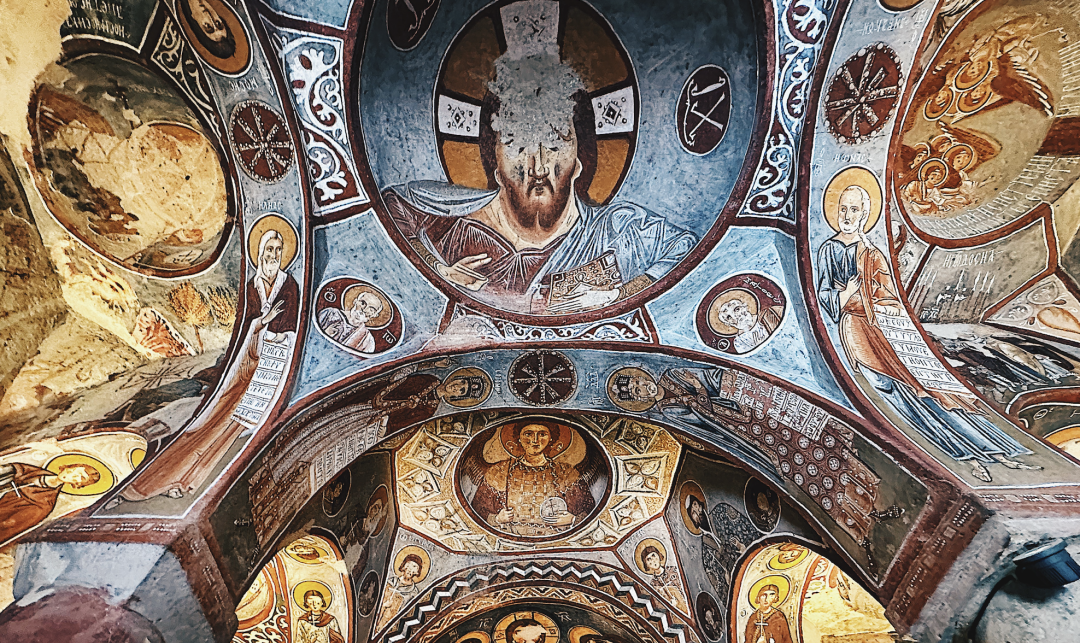
Our accommodation for this day was in a cave hotel. While it is labeled as a cave hotel, it is more a mimicry of a cave than a true cave lodging. It offers relatively unique vibes compared to earlier stays; however, the physical accommodations may feel somewhat limited.
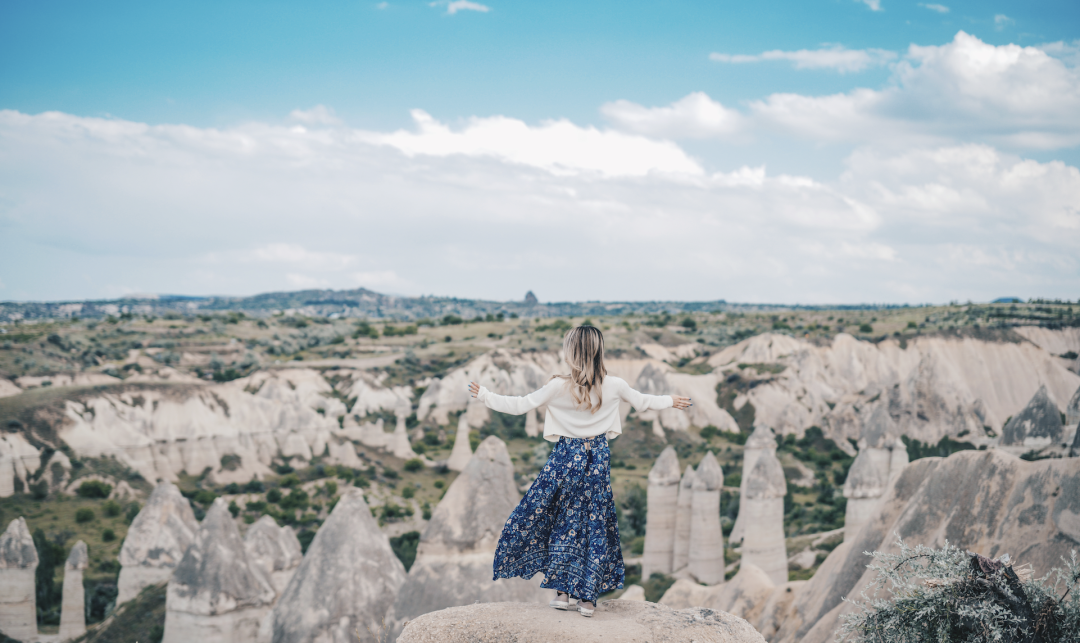
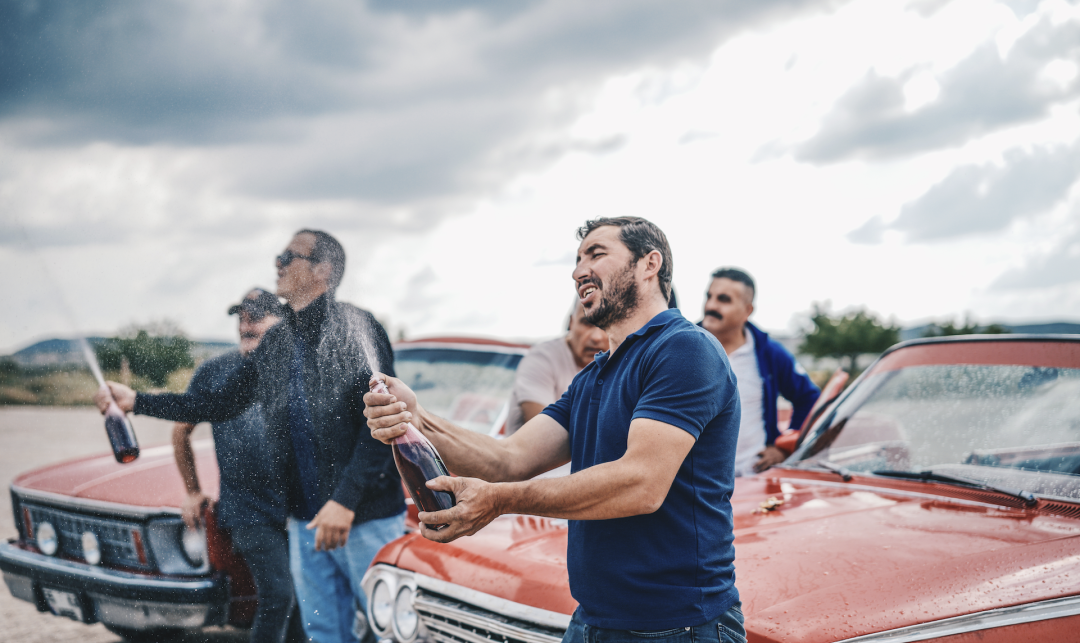

The hotel provides great view points for watching hot air balloons rise in the morning and enjoying night views.
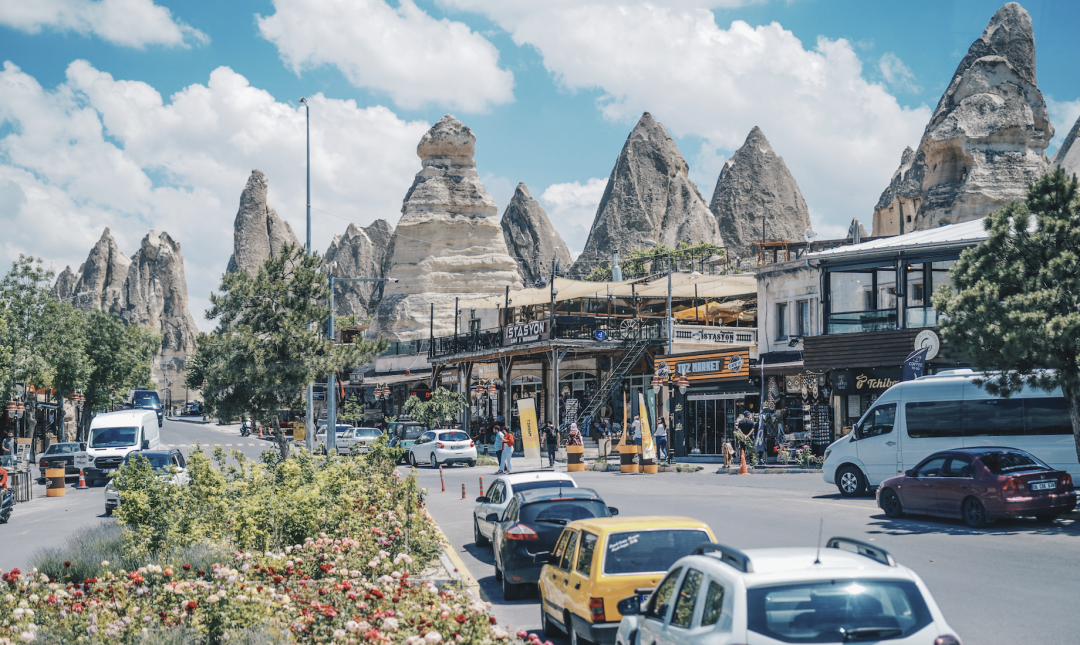
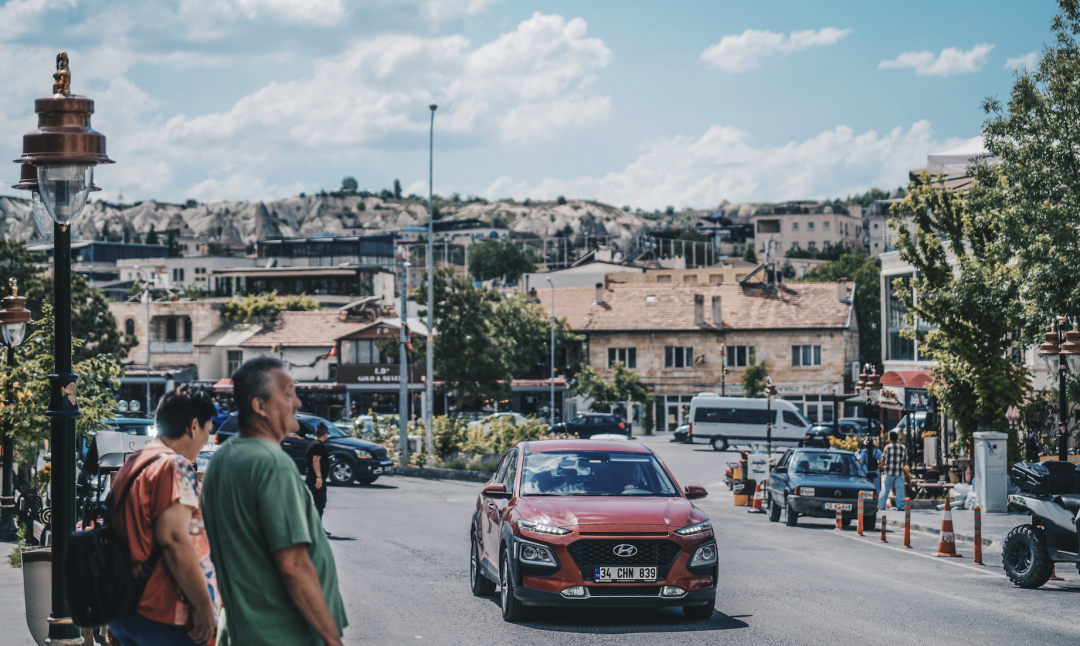
The meals in Cappadocia for this day were memorable, featuring pottery kebab dishes at a cave restaurant, creating a delightful interactive dining experience.
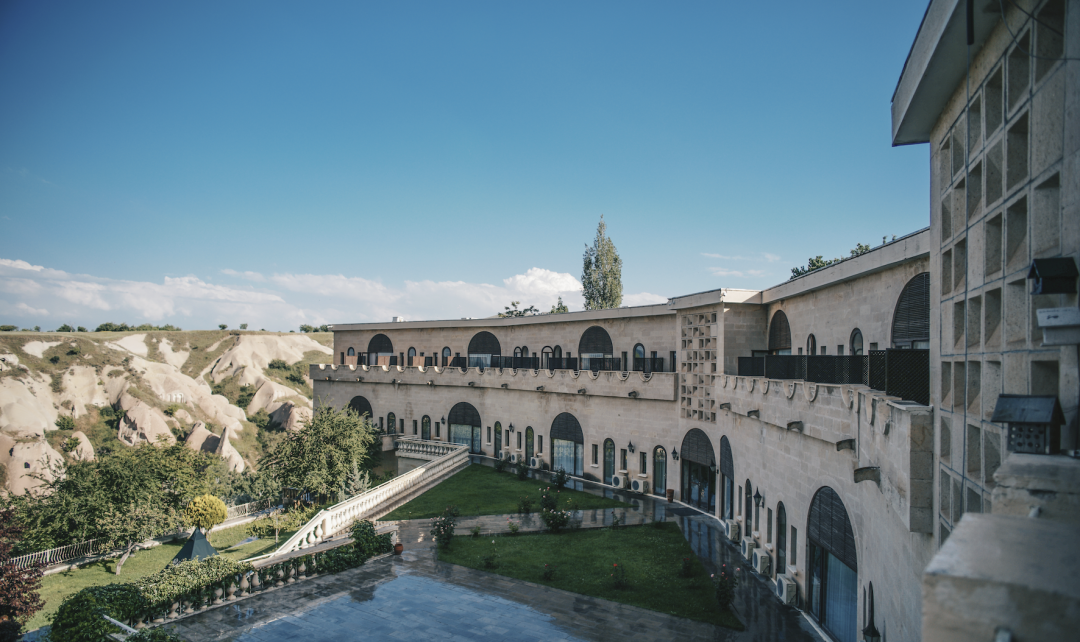
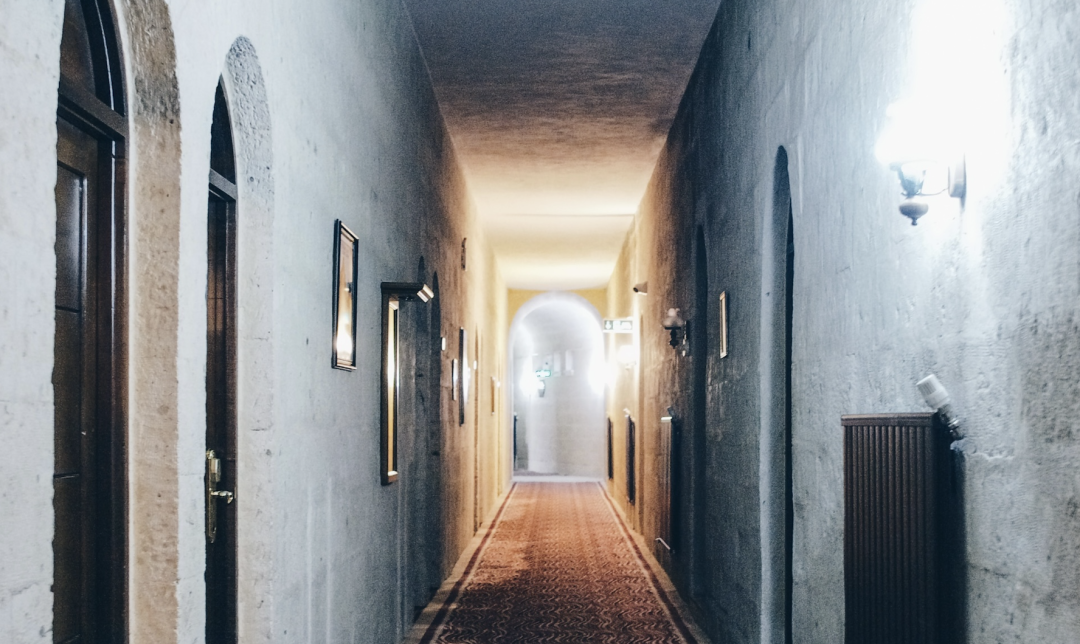
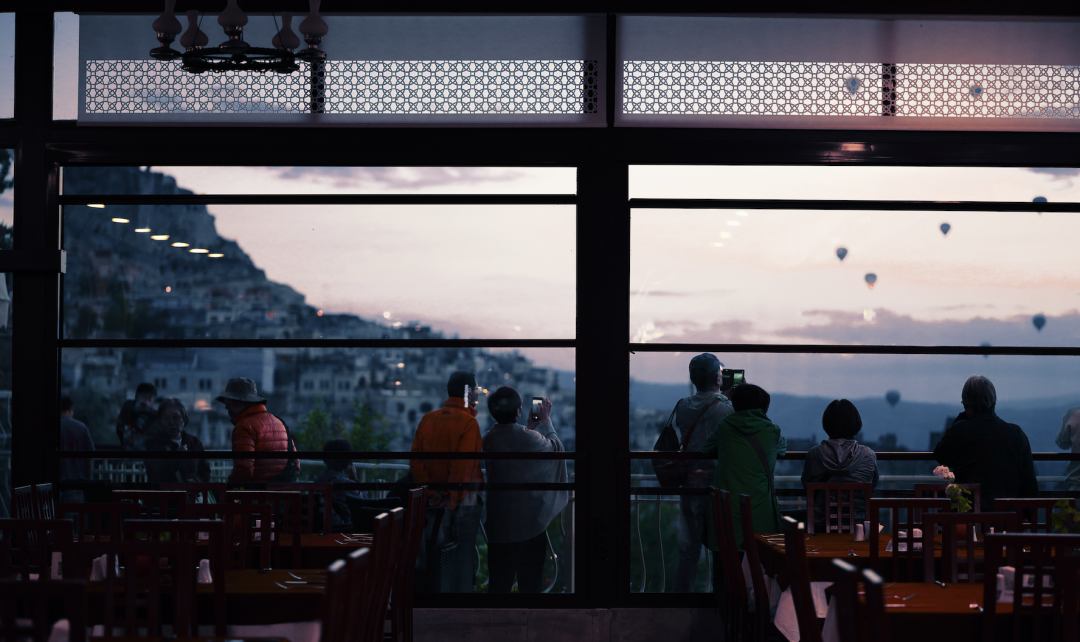
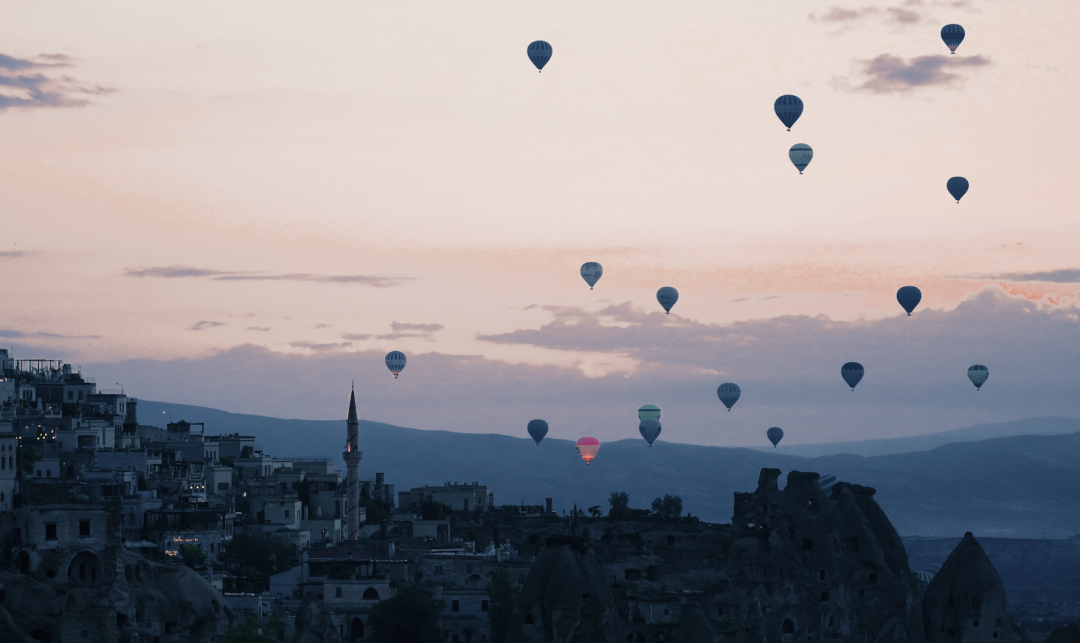
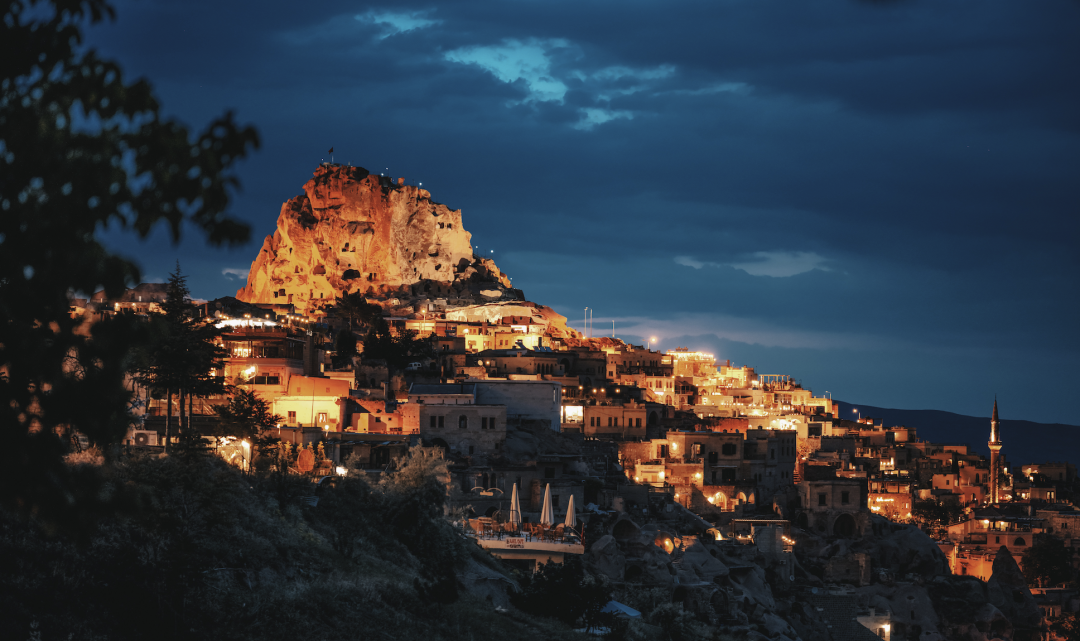
**Day 8 – Cappadocia to Istanbul (domestic flight approx. 1.5 hours)**: Özkonak Underground City, Carpet House, Avanos. Overnight at an international five-star hotel in Istanbul.
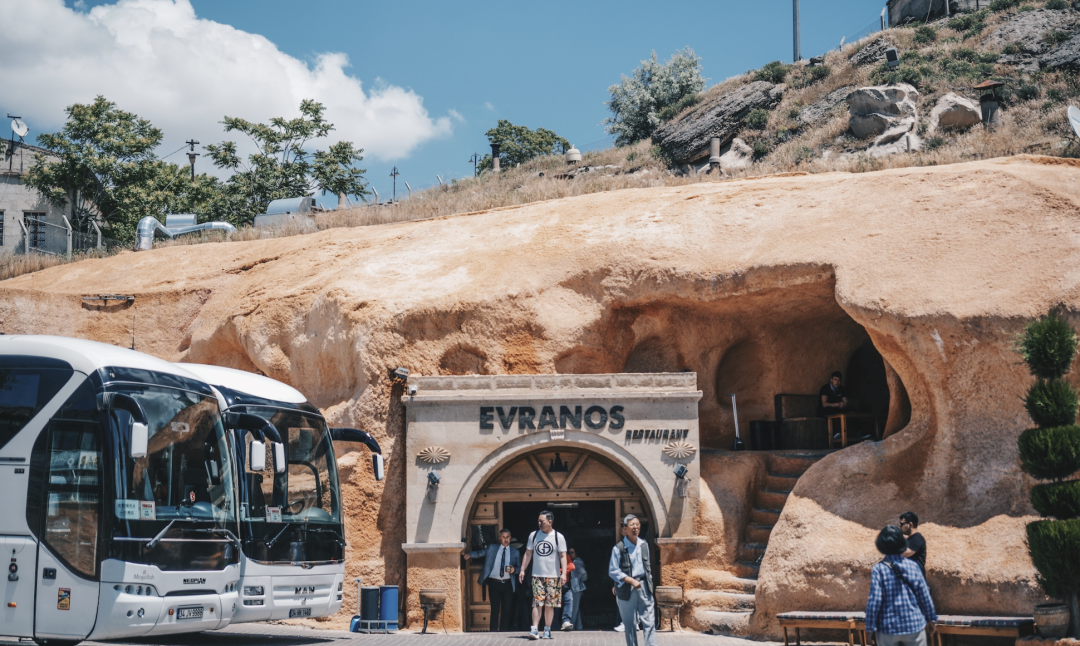
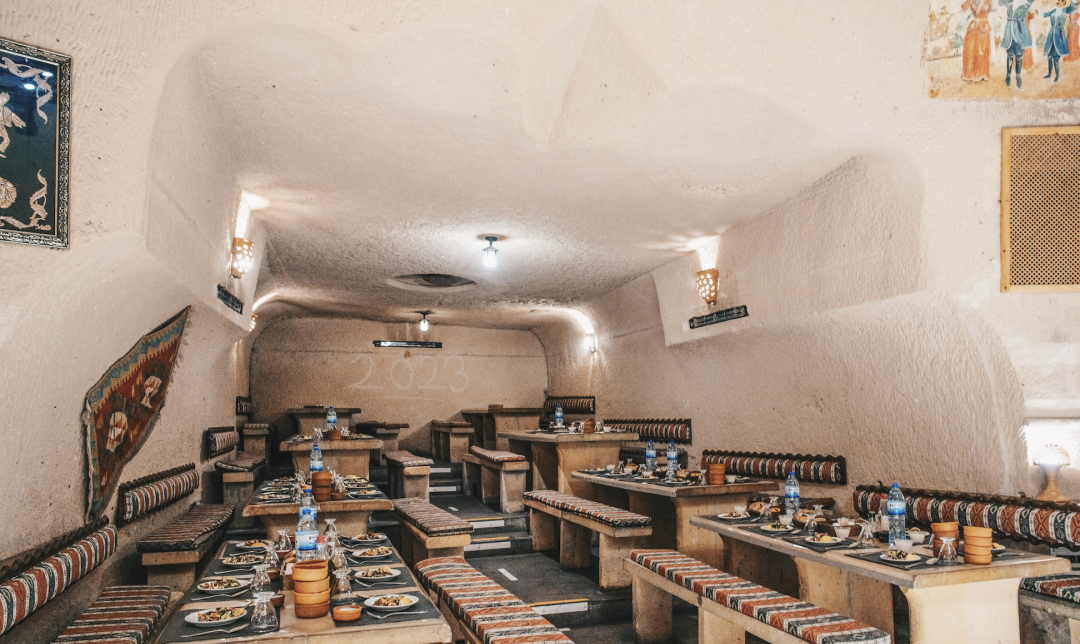
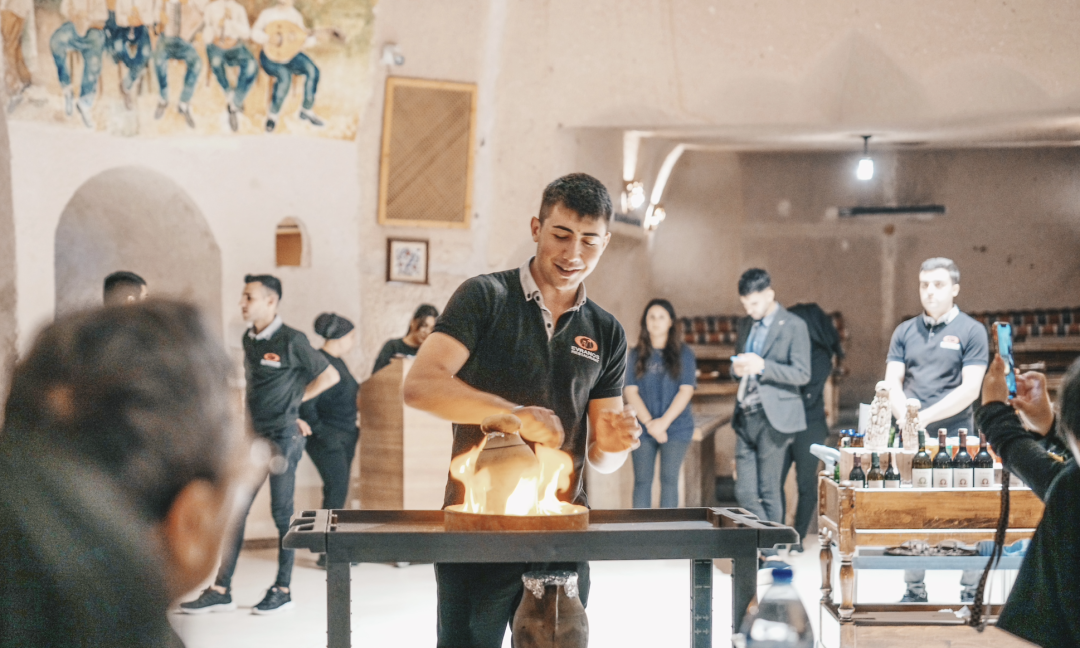
Özkonak Underground City was excavated in the 7th century by Christians fleeing Byzantine persecution. The connected caves extend dozens of meters underground and contain well-preserved storerooms, stables, bedrooms, kitchens, and ventilation shafts, forming a complete underground city. We found exploration here to be refreshing.
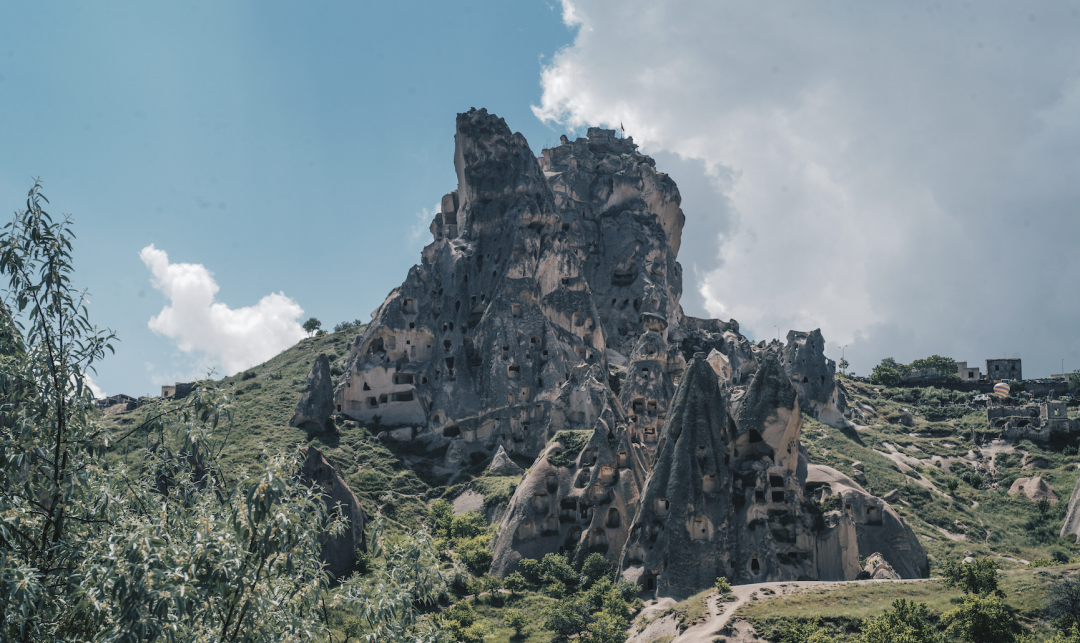
Next was the Carpet House, primarily a popular photo spot for social media and capturing beautiful images. However, it’s essential to note that this hotspot is situated within a carpet exhibition store, and the itinerary only permits photo opportunities without any arrangements for shopping. Nevertheless, since it is within a carpet store, one might feel inclined to browse.
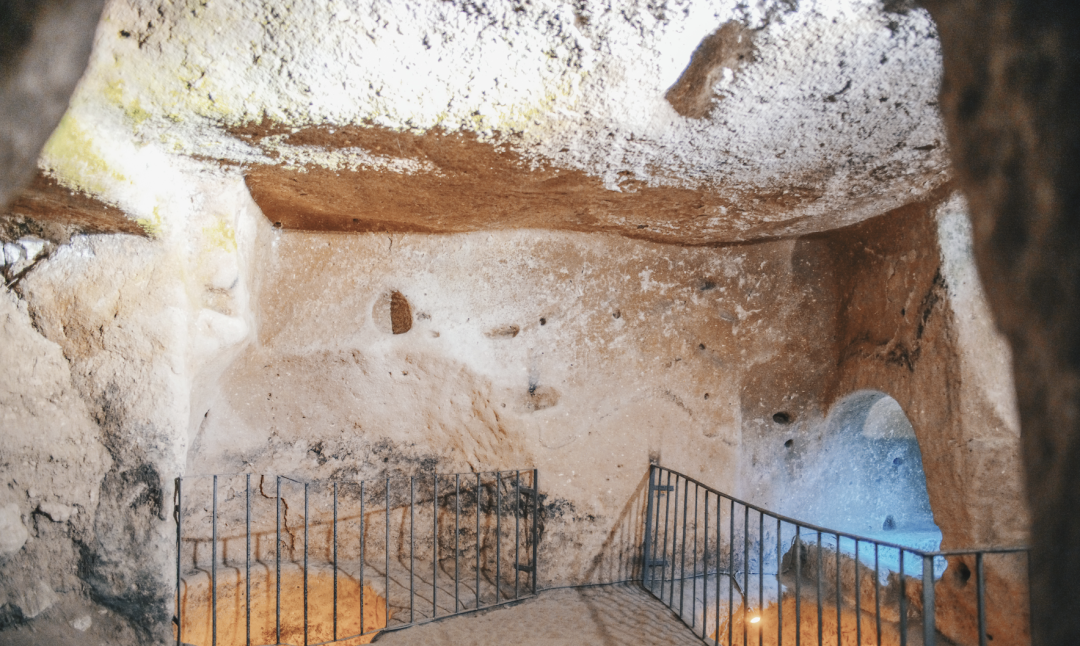
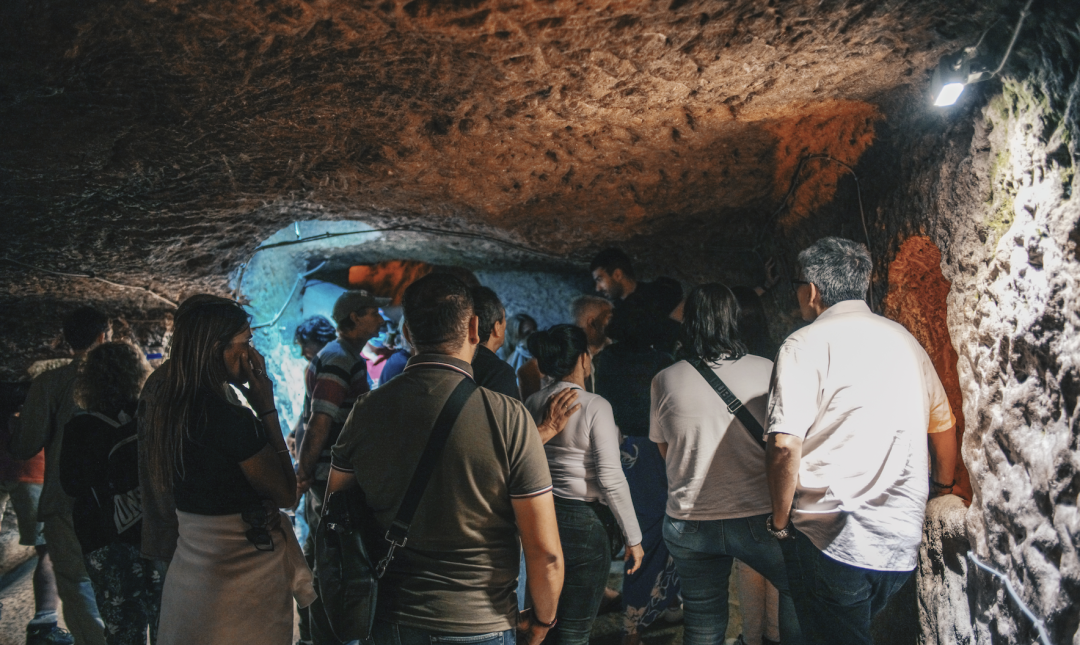
Following that, we visited the small town of Avanos, recognized as Turkey’s ceramic capital. Here, we observed demonstrations on ceramic-making and were taken to local shops to explore their colorful wares, some of which may have glow-in-the-dark features. Among the entire tour of 10 days and 9 nights, this, along with the carpet store, were the only places that could be perceived as shopping-oriented. Yet, nobody seemed keen to purchase heavy carpets or delicate ceramics to transport back home.
That evening, we returned to Istanbul.
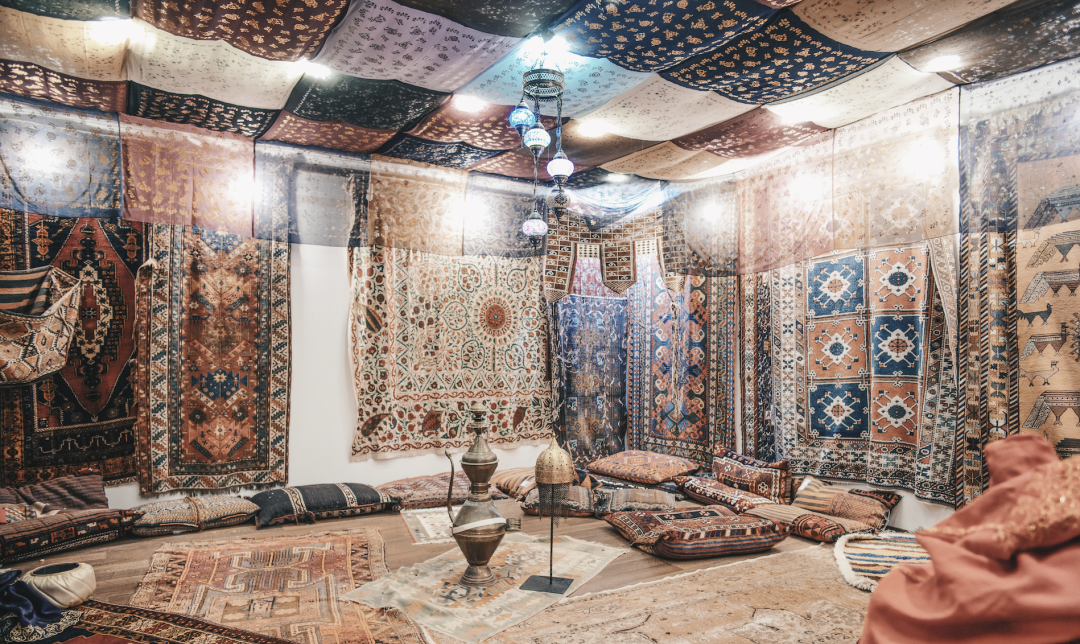
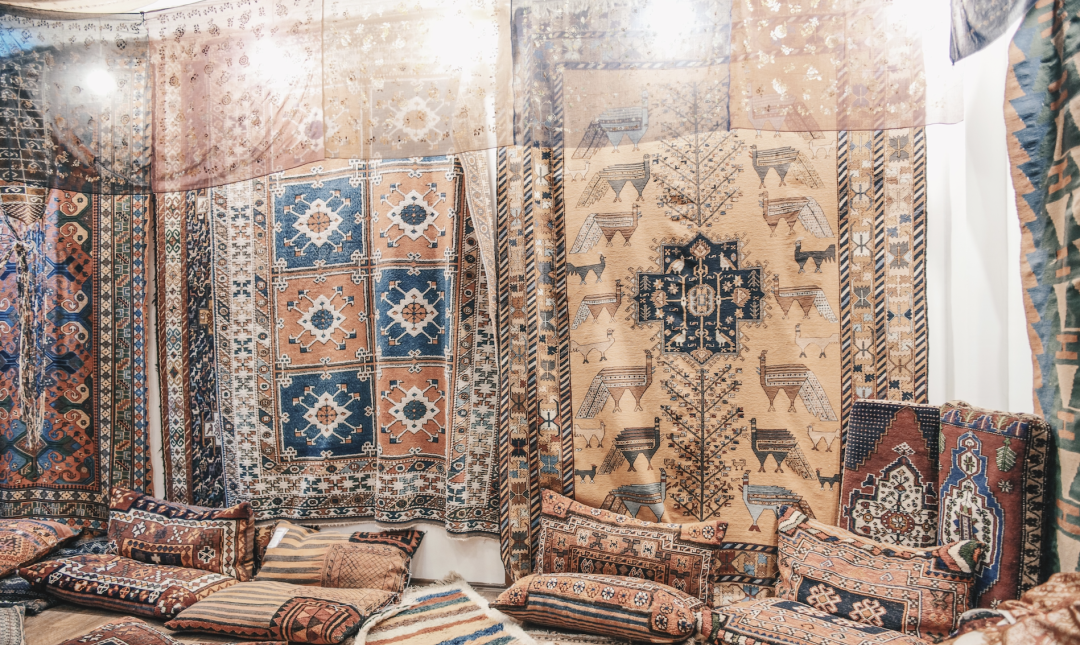
**Day 9 – Istanbul**: Bosphorus cruise, Taksim Square, Istiklal Avenue, Galata Port. Overnight at an international five-star hotel in Istanbul.
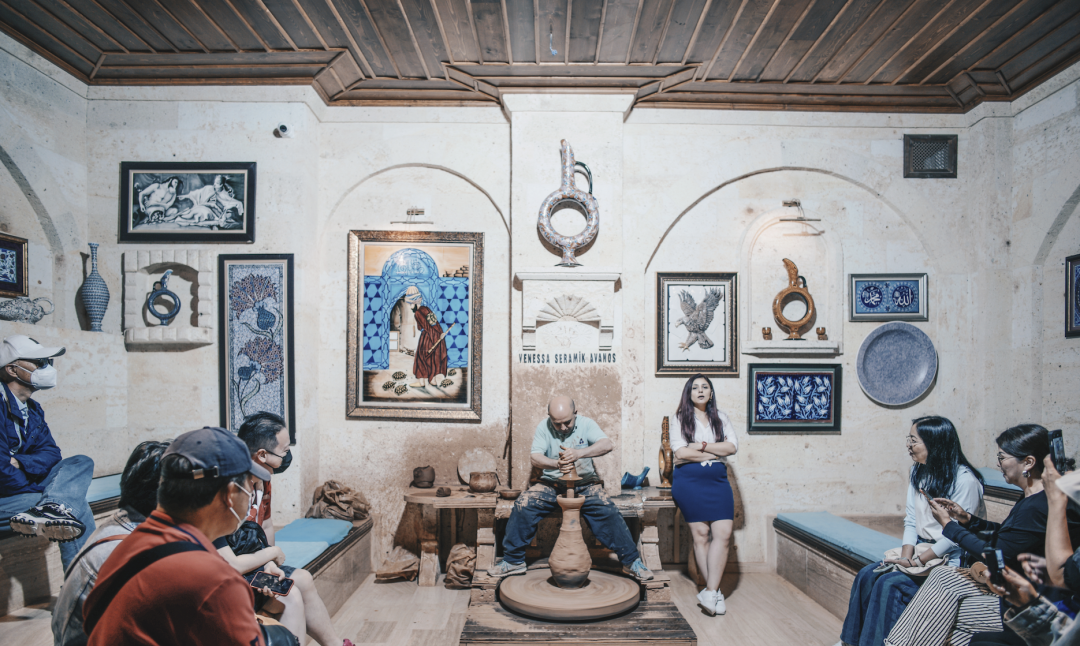
The Bosphorus cruise is an exciting experience, positioned between Europe on one side and Asia on the other, showcasing the crossroads of world civilization. The strait has borne witness to the rise and fall of Byzantium and reflects over a millennium of city history in Istanbul. On this trip, the weather was pleasant, and the Bosphorus glittered with shades of blue.
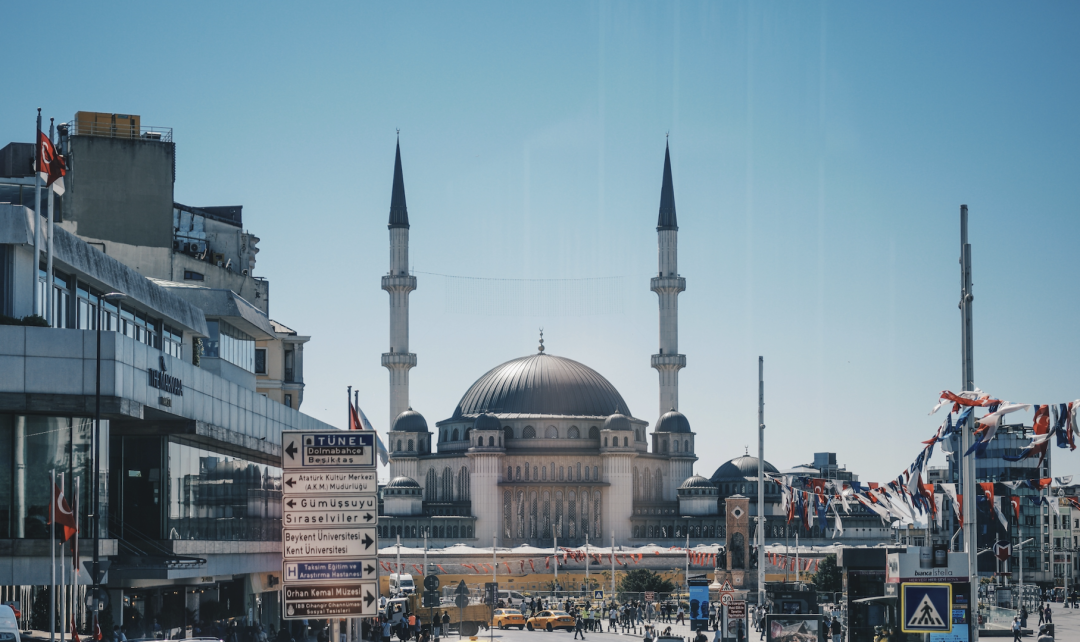
The experience on the boat was delightful, with glistening waves and the stunning silhouettes of mosque minarets lining the shore. Many seagulls flock around; if you bring along bread or crackers, you can feed them while snapping photographs. The setting is incredibly photogenic.
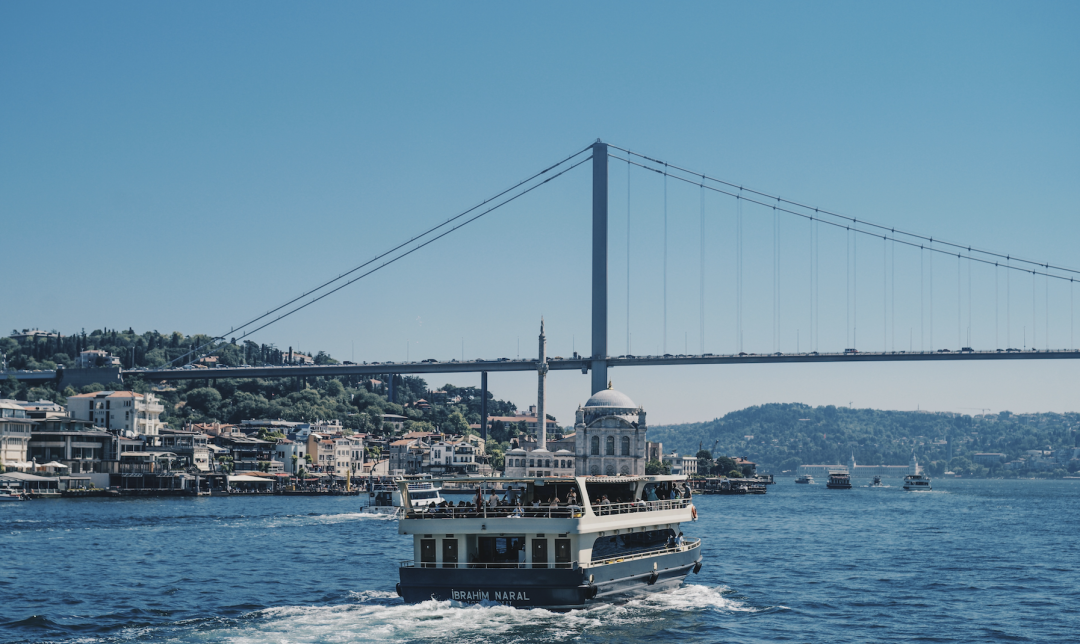
Taksim Square and Istiklal Avenue represent Istanbul’s bustling commercial district, where vintage trams traverse the streets—reportedly in operation for over a century.
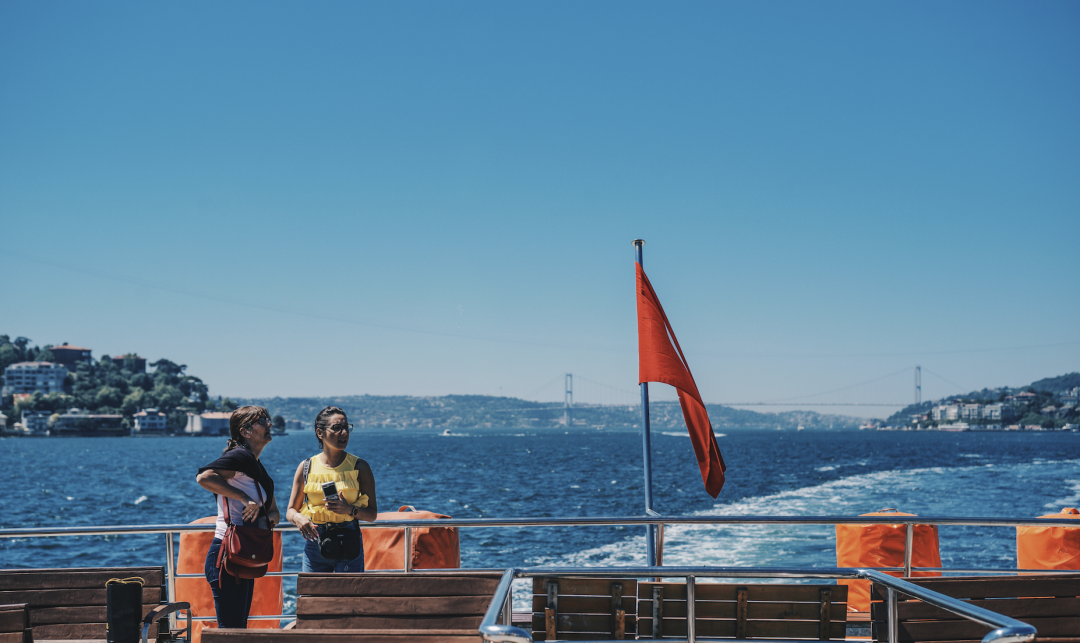
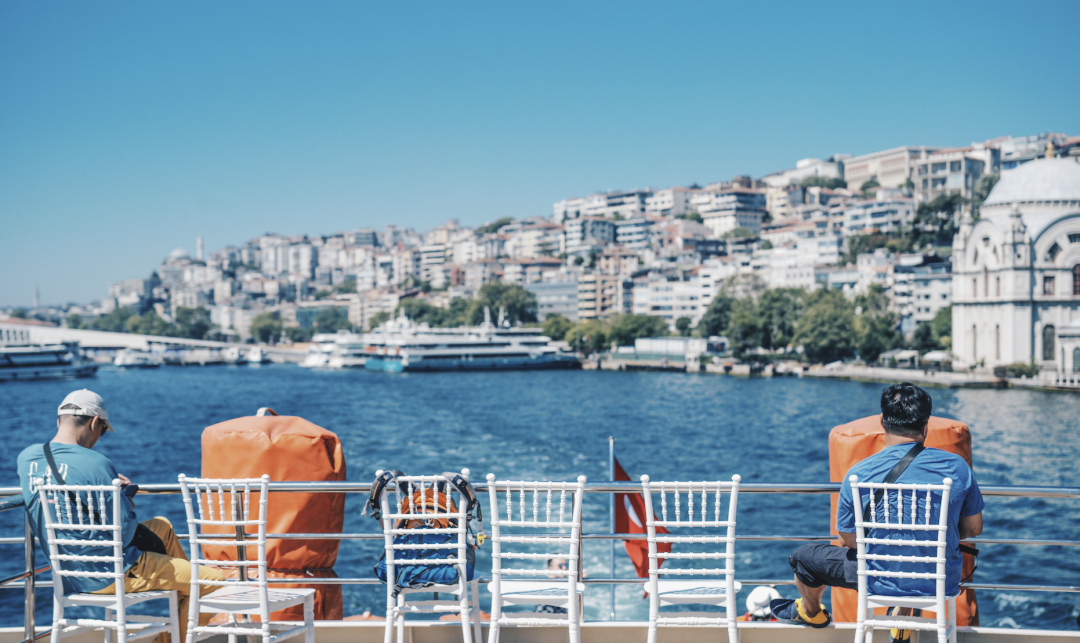
We also visited Galata Port, known for its scenic shoreline promenade, providing a relaxed atmosphere along the coast.
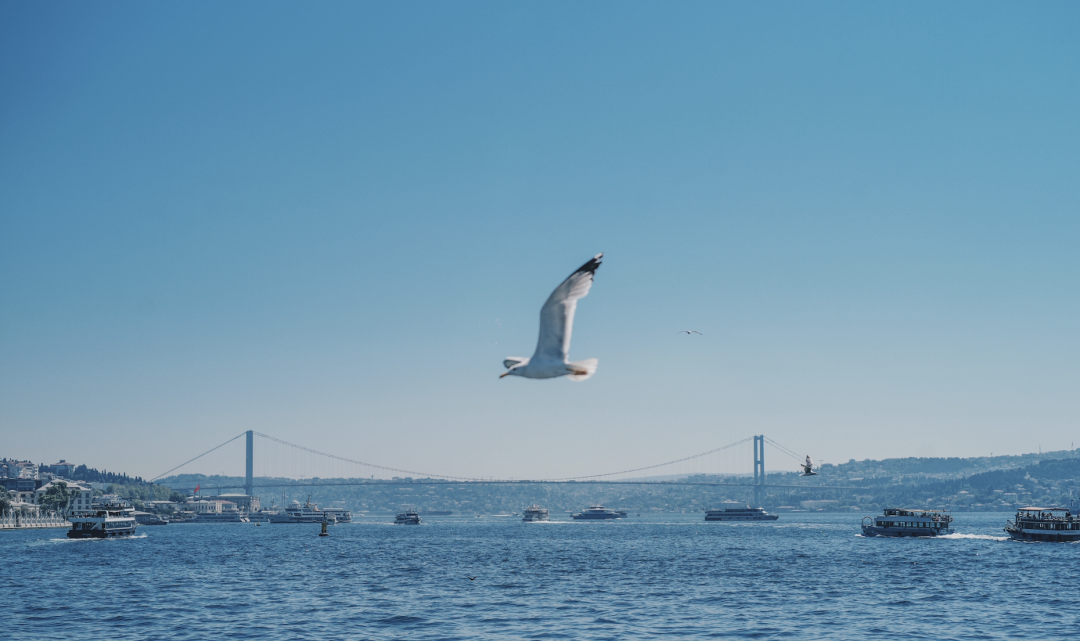
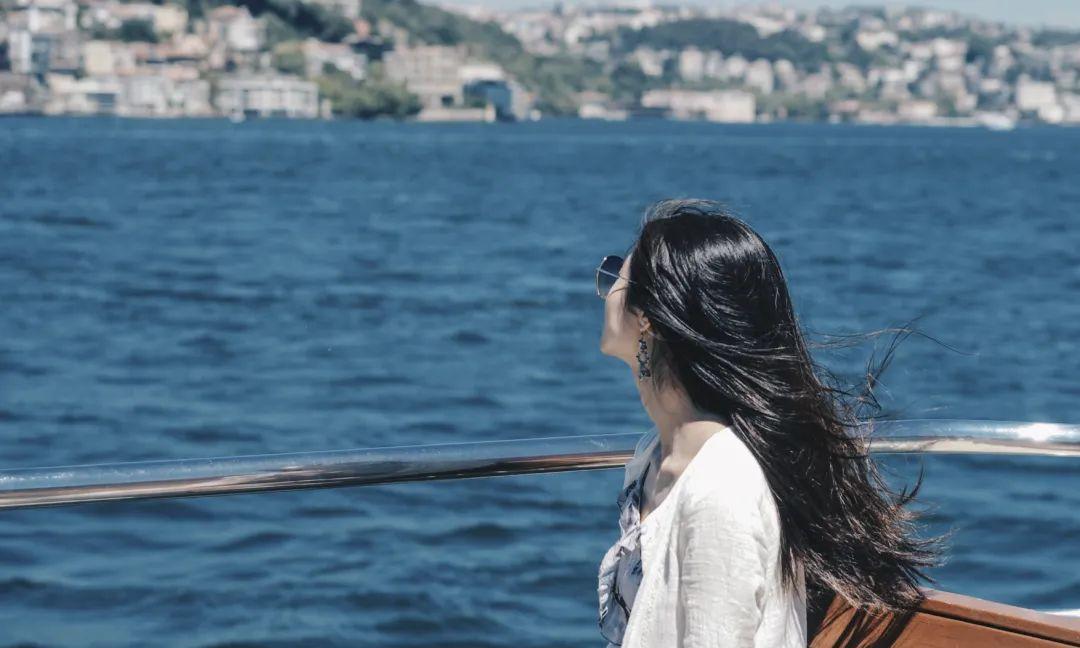
**Day 10 – End of Trip**: I recommend that travelers consider spending an additional day or two exploring Istanbul, as we genuinely love this city. We have previously detailed comprehensive guides for Istanbul, so you can simply follow along for a better experience. Three great civilizations have collectively shaped this city.
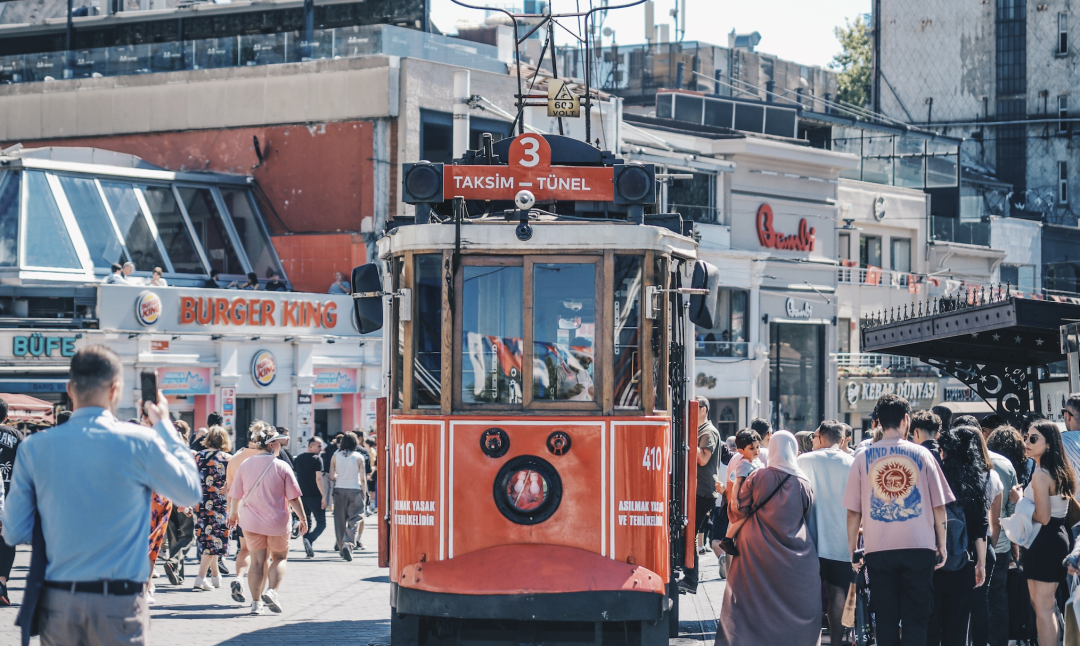
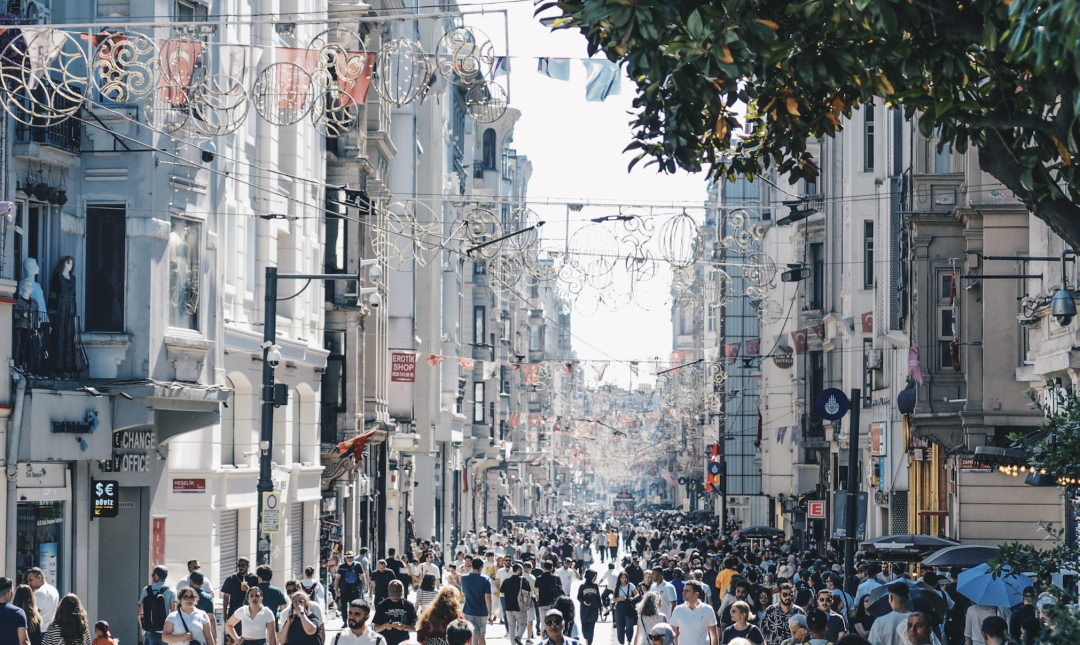
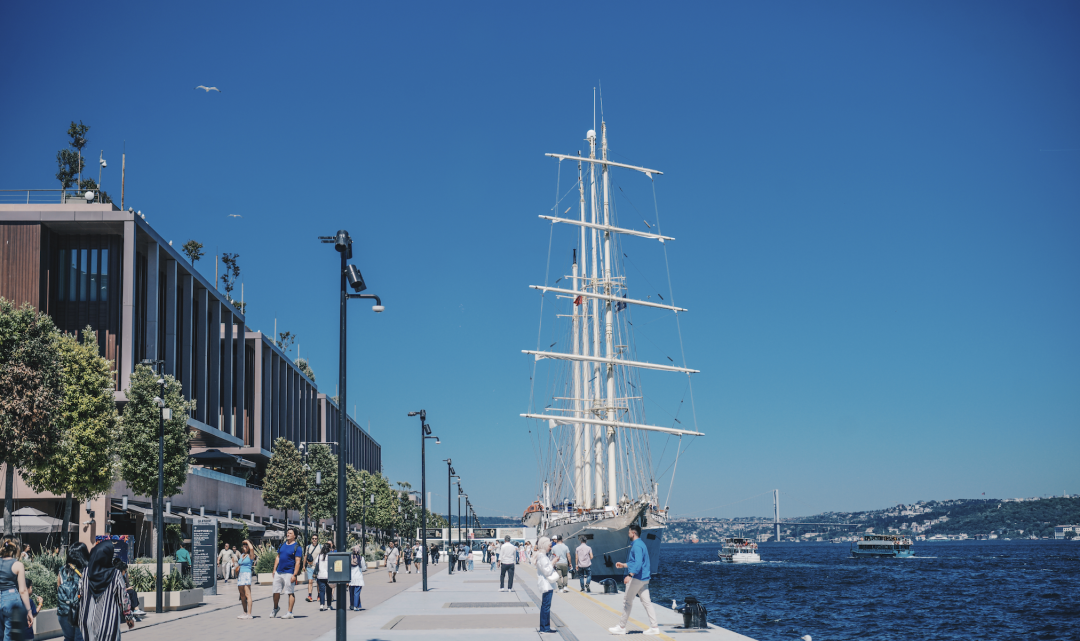
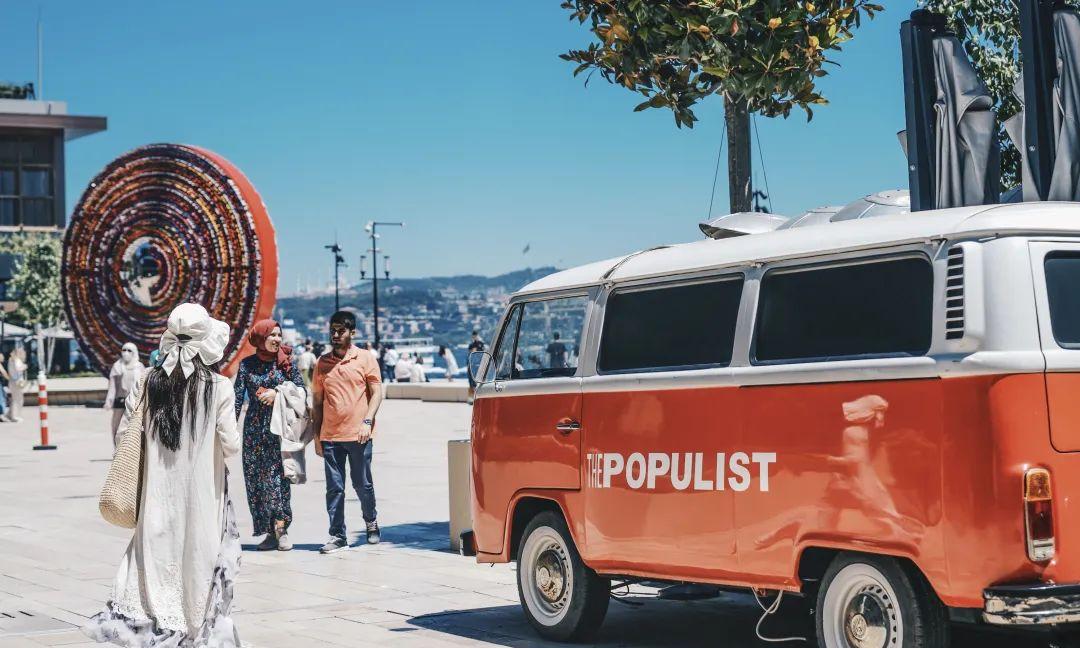
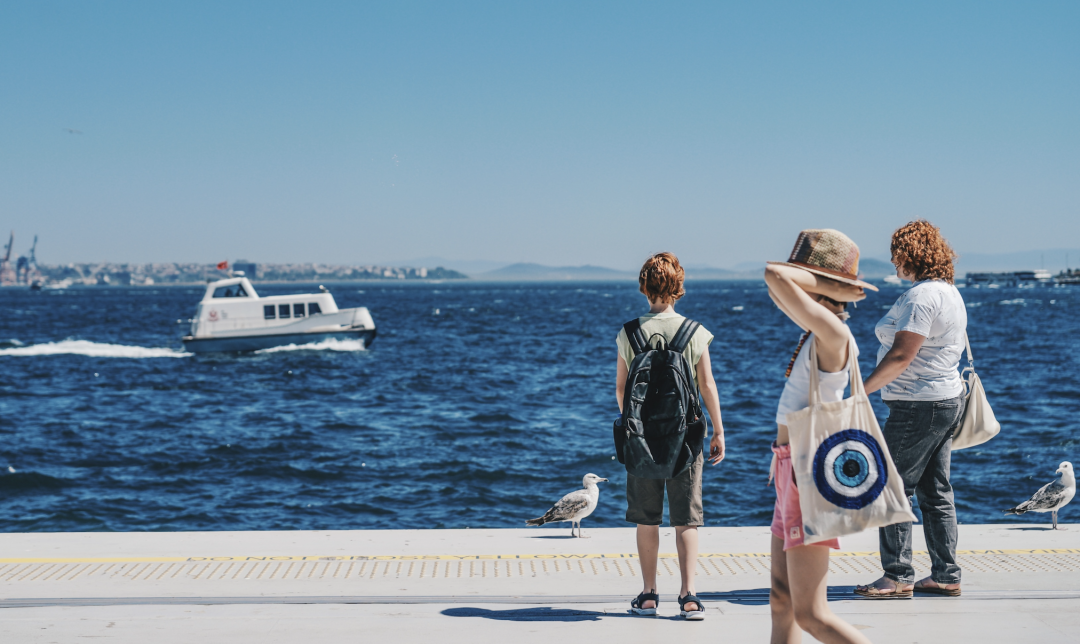
Overall, we find this itinerary to be quite satisfactory. Throughout our journey, we had a Chinese-speaking guide and an approachable local escort, who provided reliable information.
We have reviewed numerous other Turkey tours, and this particular one strikes a balance between quality and cost-effectiveness. Although there might be early mornings and late nights, the travel time is manageable (as most of our bus journeys aren’t excessively long).
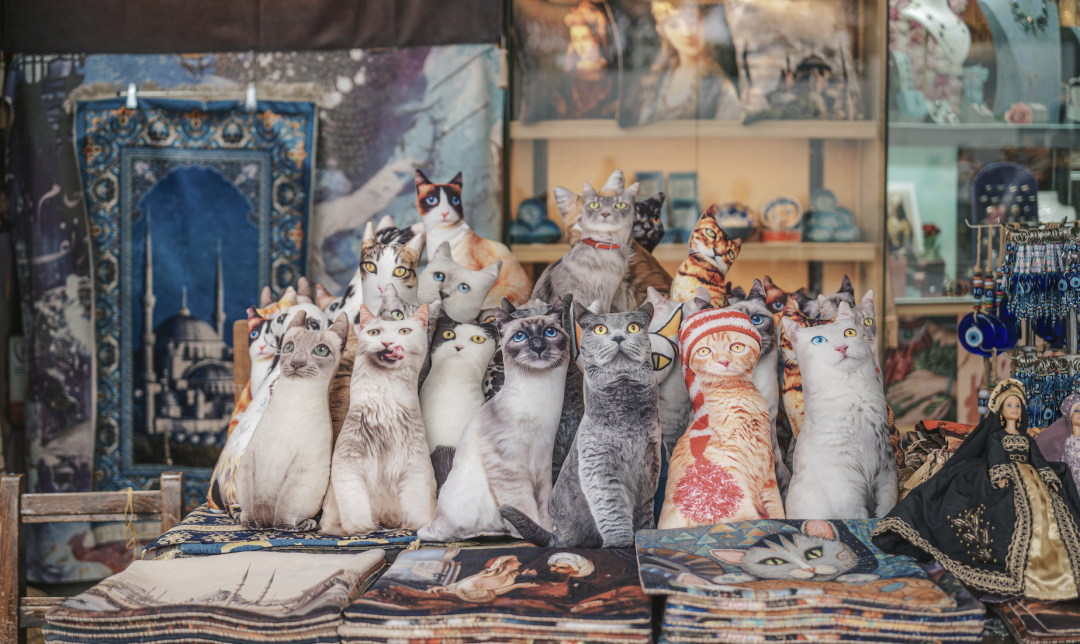
Next, a critical note regarding potential drawbacks: apart from the last two nights in Istanbul, we changed hotels every day, a common practice in Turkey and other European group tours. Despite some hotels offering a resort-like ambiance, frequently changing accommodations can be cumbersome. Notably, one day of travel from Antalya to Konya to Cappadocia entails a long 8-hour bus ride. Daily schedules are packed, leading to an early start and late return. The audience for group tours often skews slightly older; in our group, our assistant and photographer were the youngest participants. Group tours often do not satisfy everyone; while we found this itinerary to be enjoyable and cost-effective, there were other travelers who felt that the operations should strive for even better experiences.
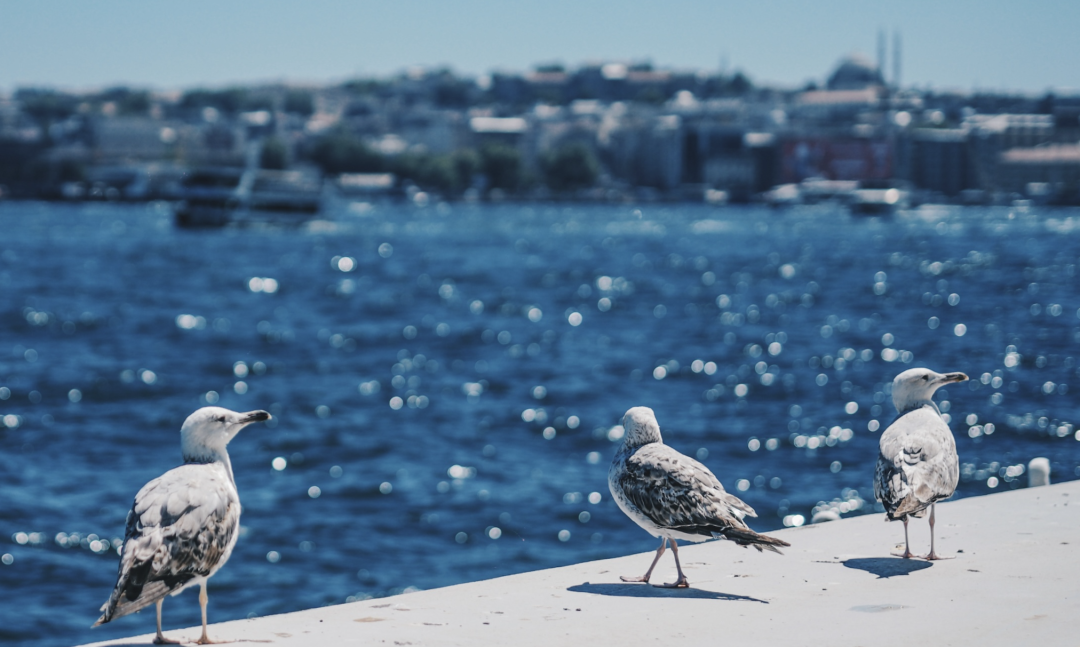
Regarding travel dates, we suggest planning trips between June and November. As illustrated in this article’s imagery, now is an opportune time to visit Turkey. However, from November onward, Turkey transitions to winter. Consequently, activities on D400 Highway will be discontinued (as it gets too cold), and the itinerary will likely shift to Saffron City. While the travel will still feature domestic flights, Cappadocia is sometimes subject to snow.


